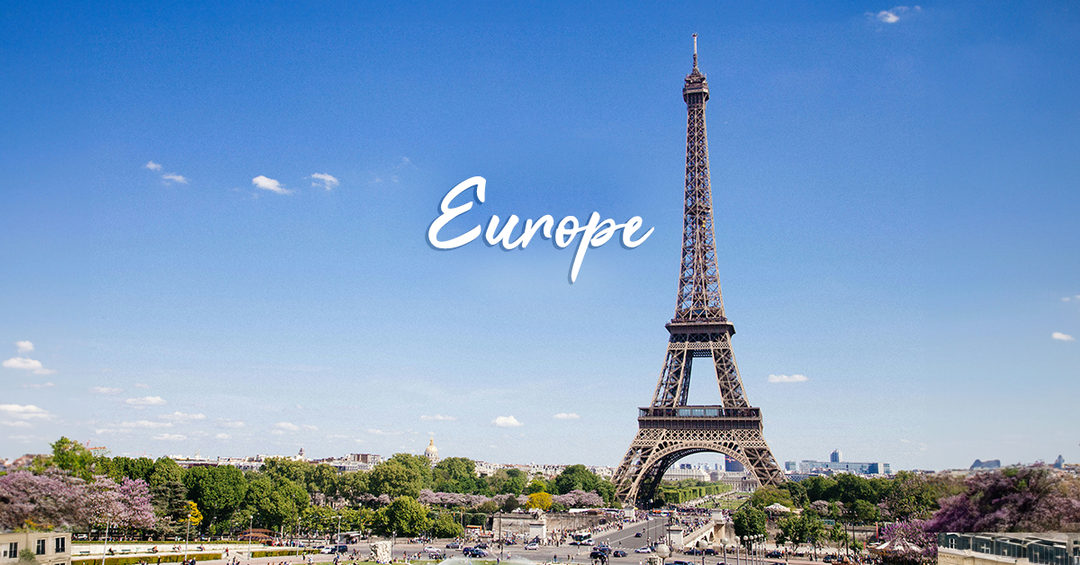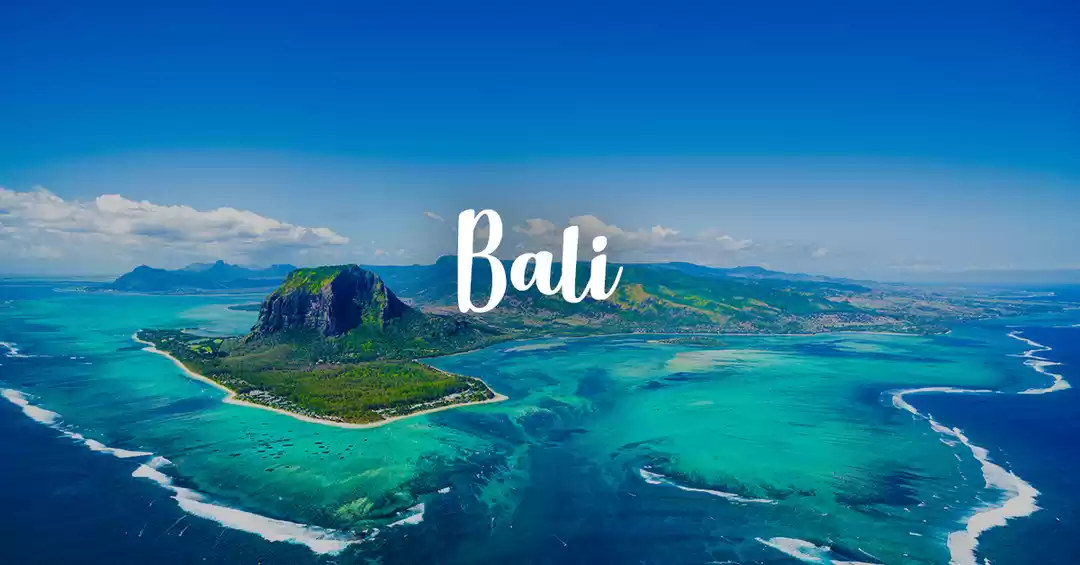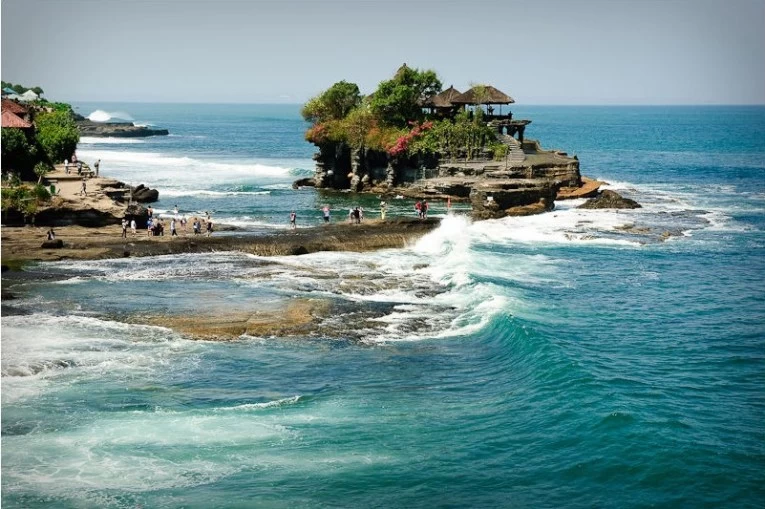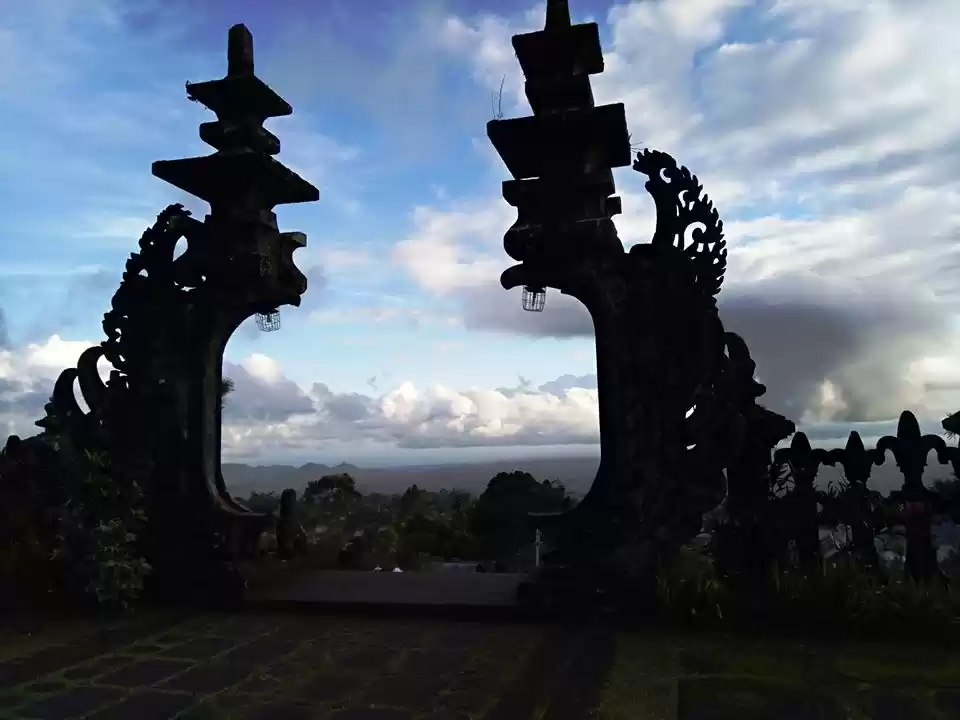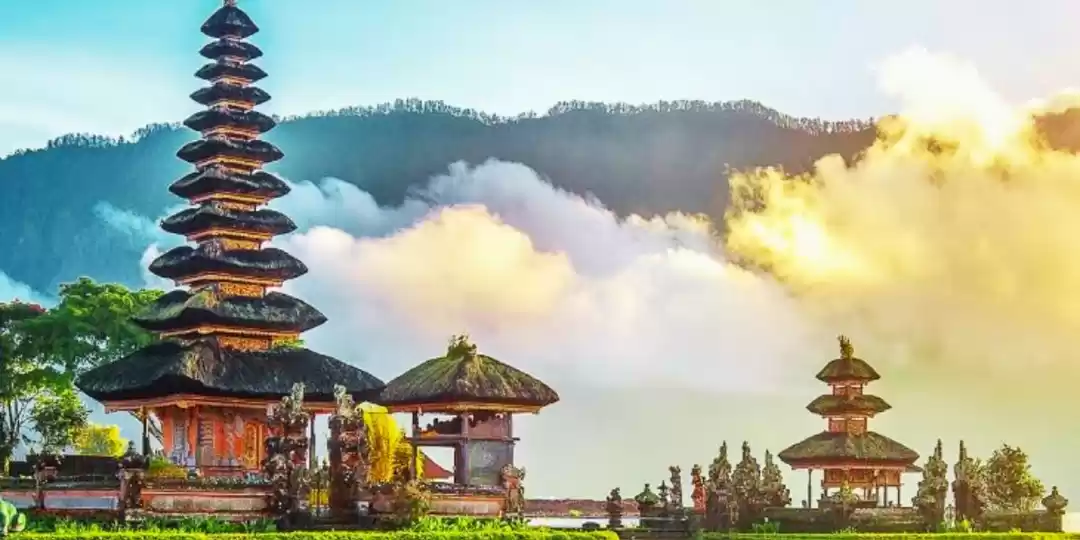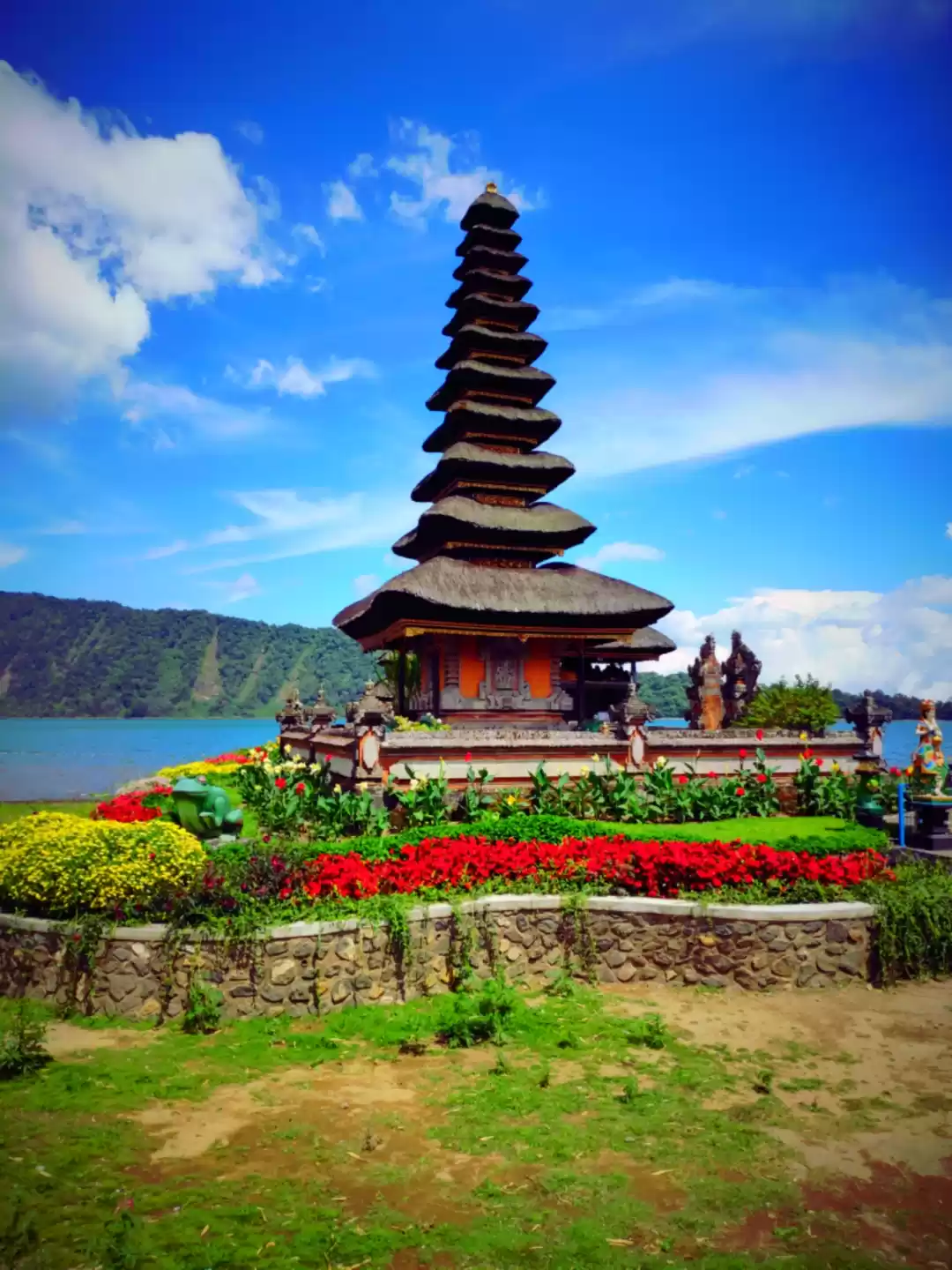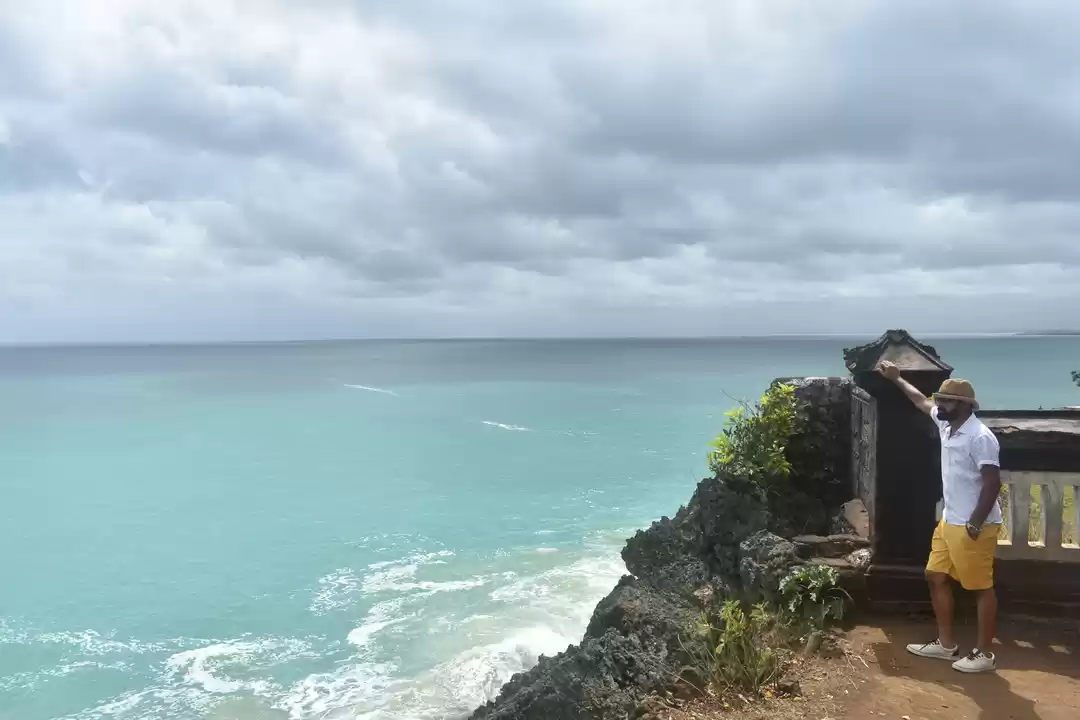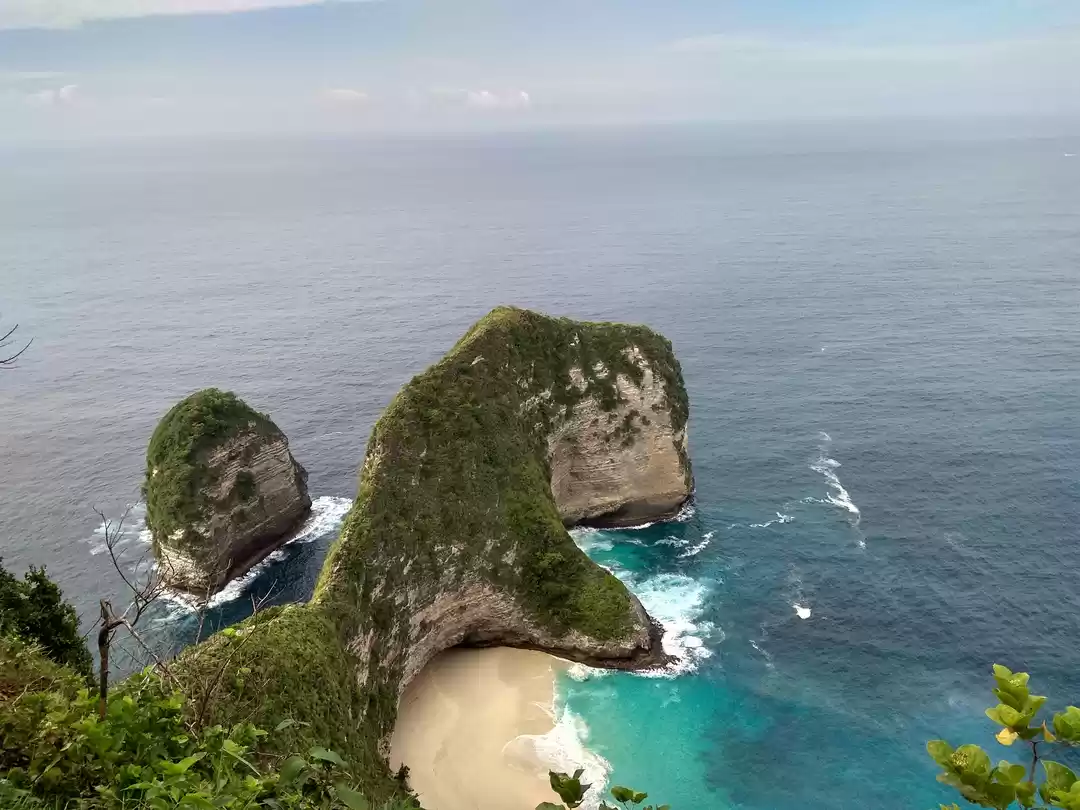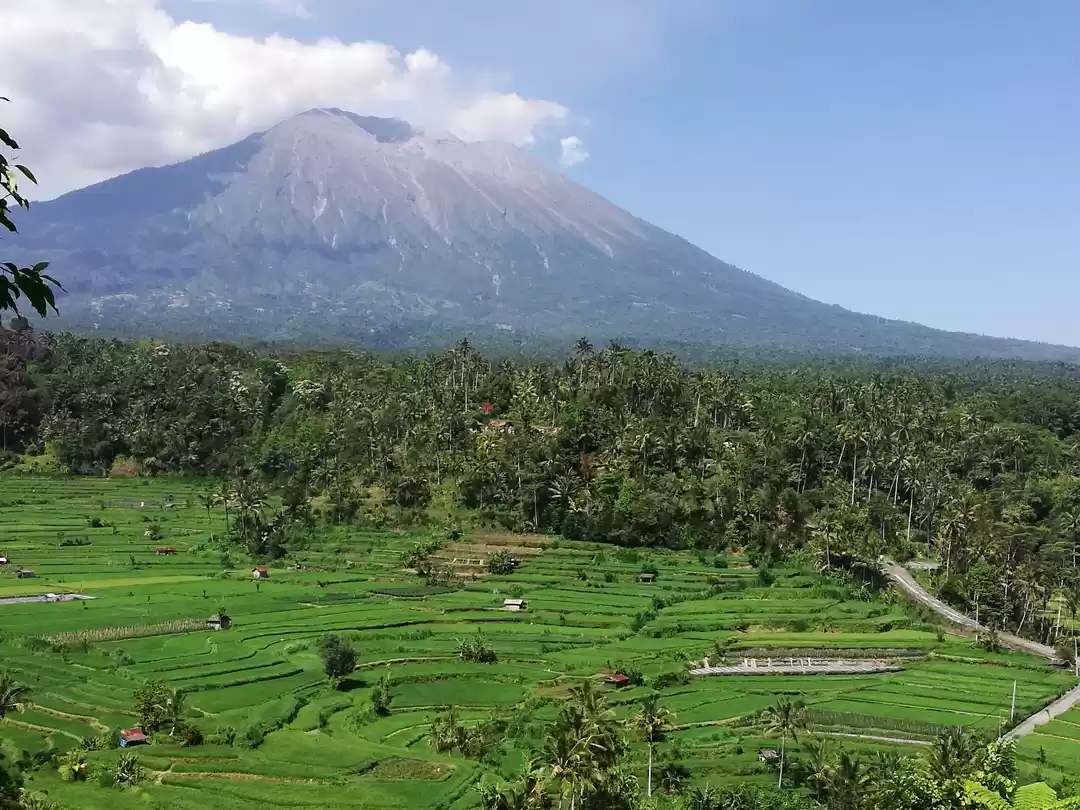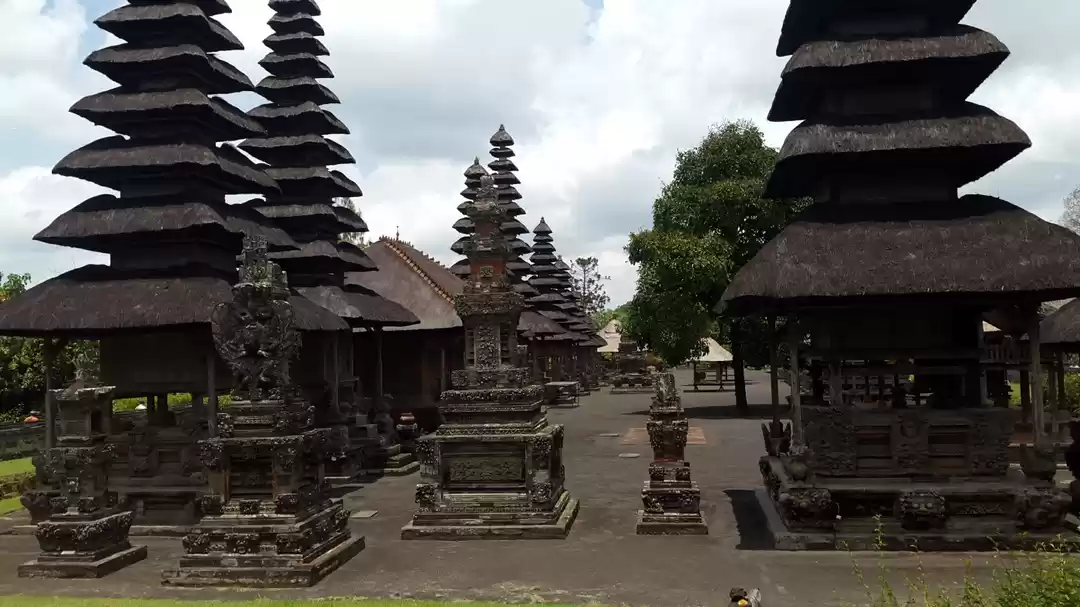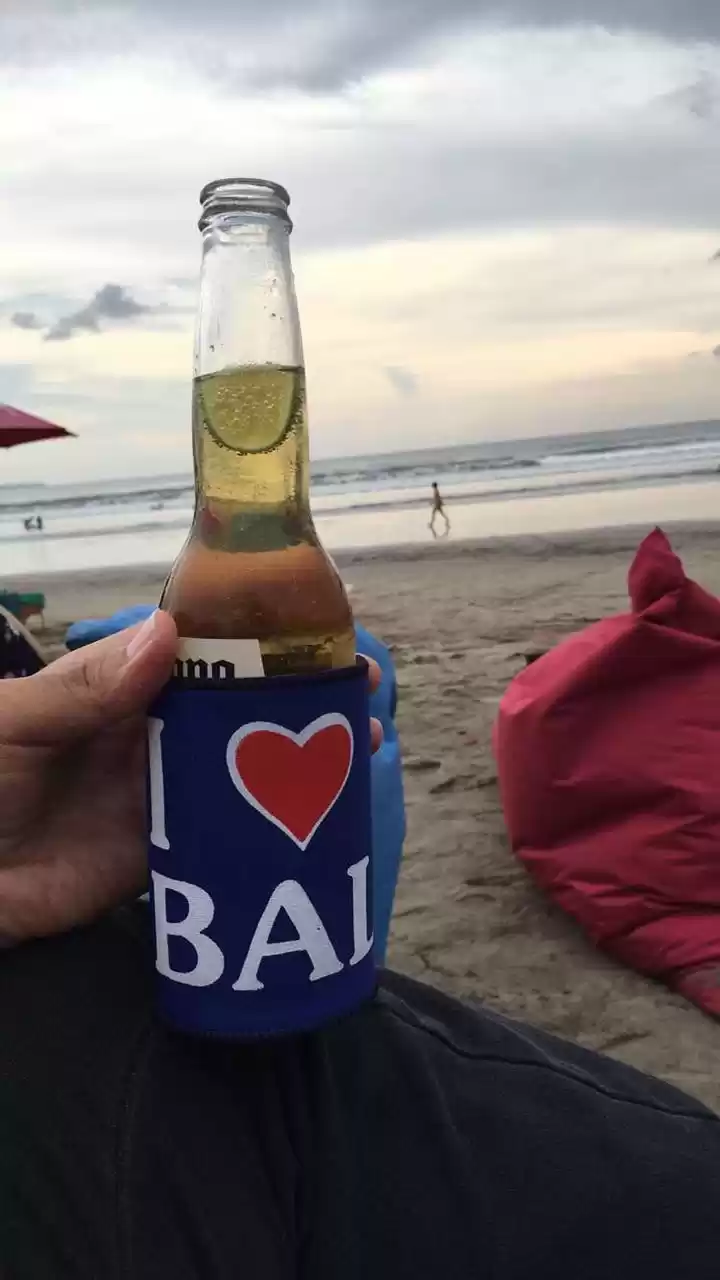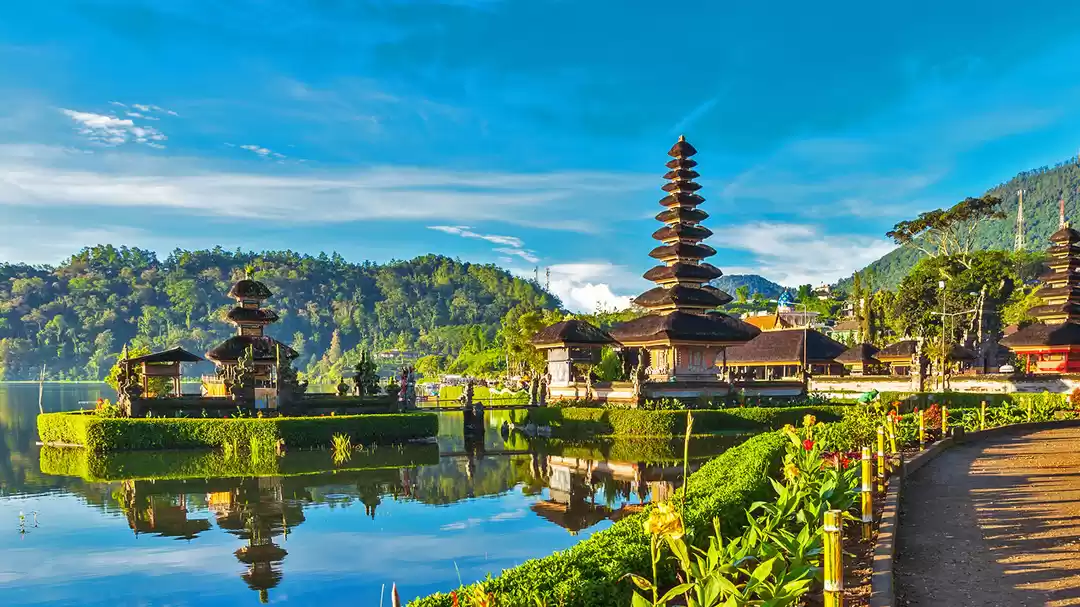
THE BEST BALI 9-DAY ITINERARY
If you have 9 full days to tour the island, this is the best Bali itinerary:
Arrive in Ubud. Beginning of your 9-day Bali trip.
Tegalalang rice terraces and Ubud surroundings.
Sunset hike at Mt. Batur. The highlight of my one-week Bali tour.
Eastern Temples of Bali – Besakih, Lempuyang and Tirta Gangga.
Ulun Danu Beratan. Essential temple to visit in Bali in 7 days.
Taman Ayun Temple, Tanah Lot and Canggu
Beaches
Jimbaran and Uluwatu. End of your trip to Bali.
Arrival at Ubud ... I was tired after my long journey and crashed in bed. I stayed at the Ubud Art resort .
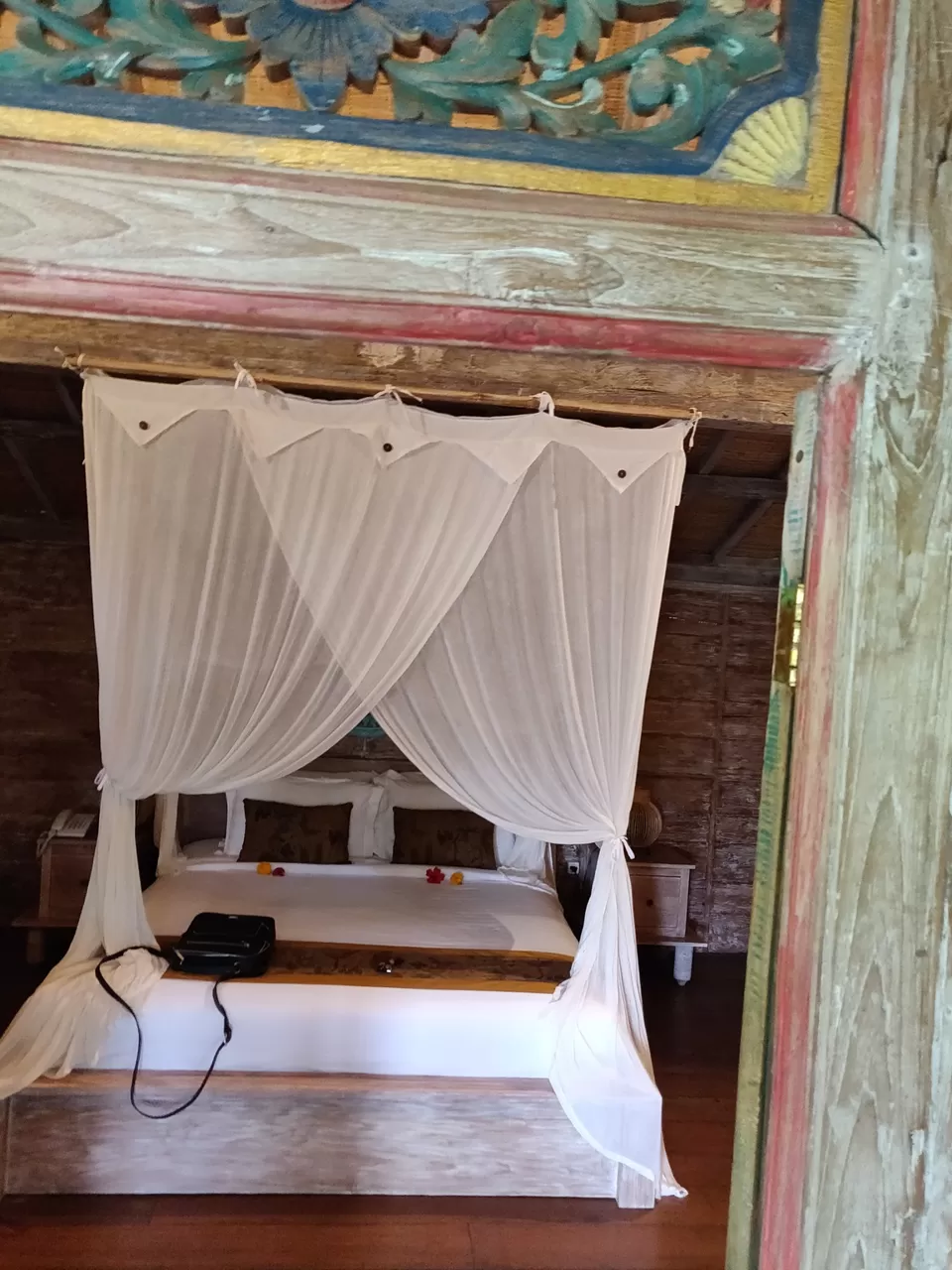
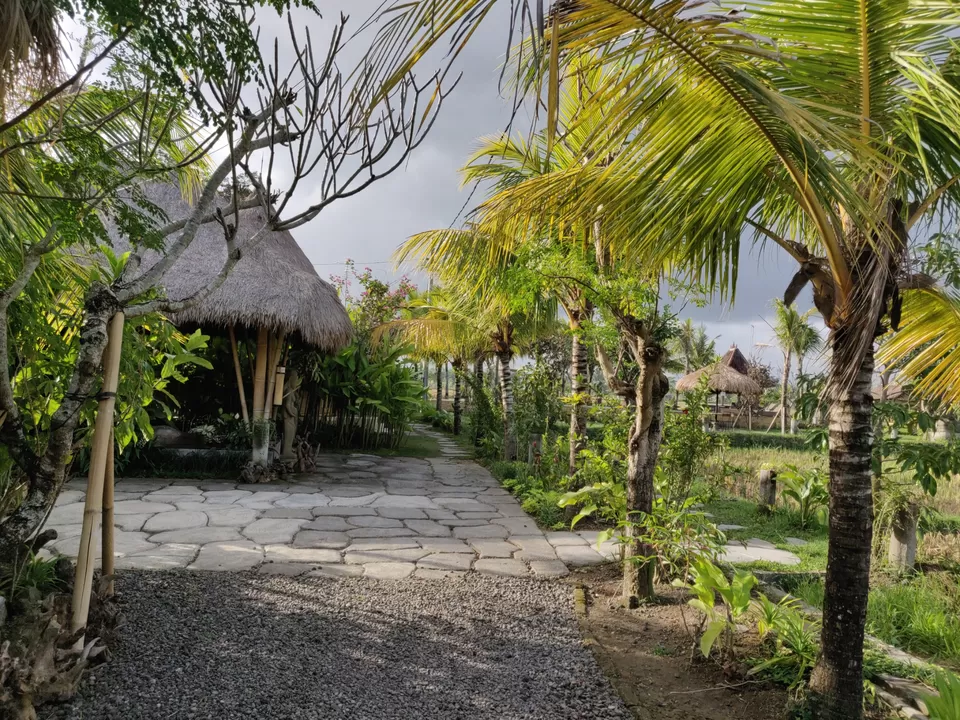
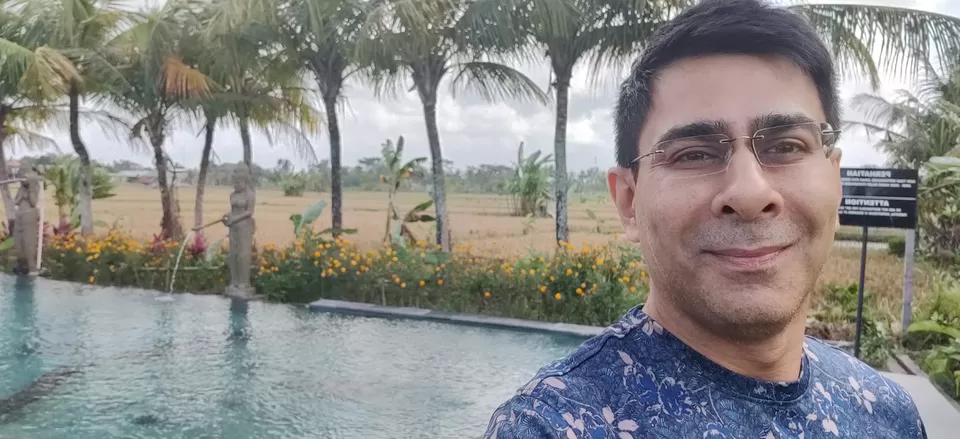
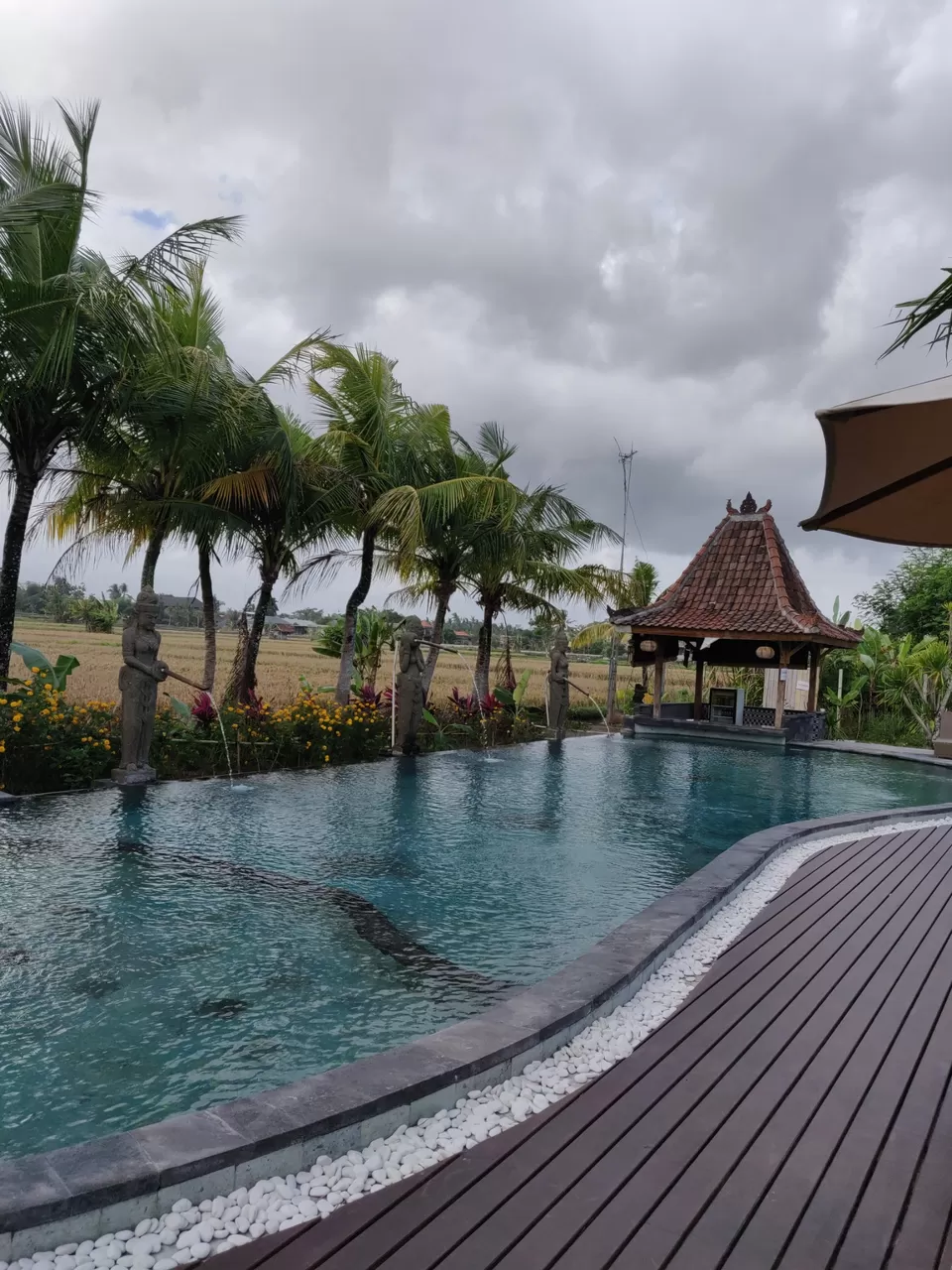
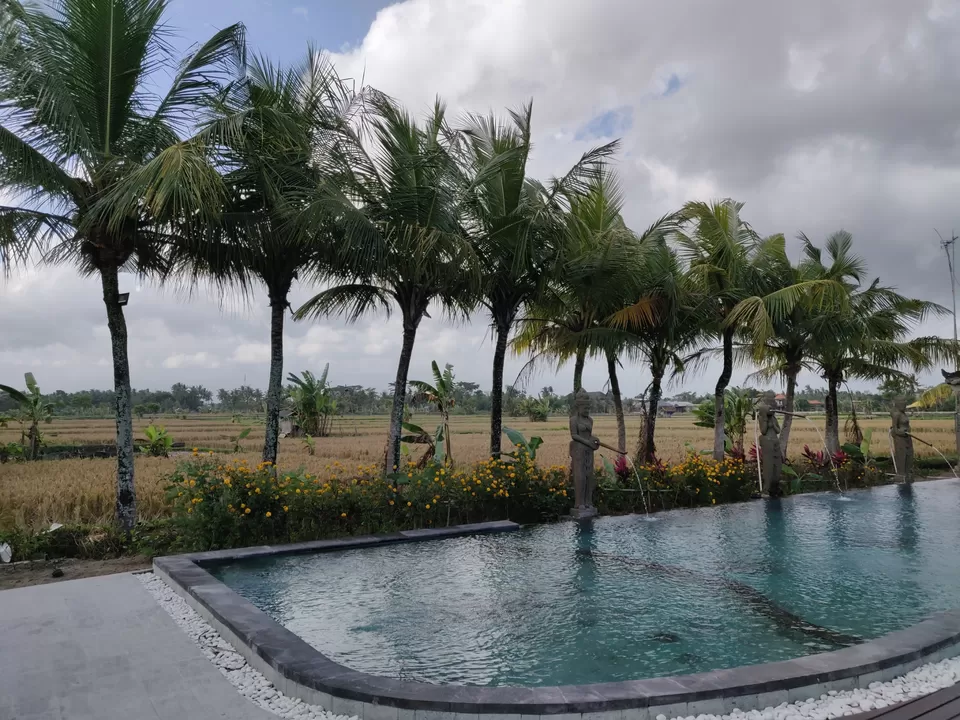

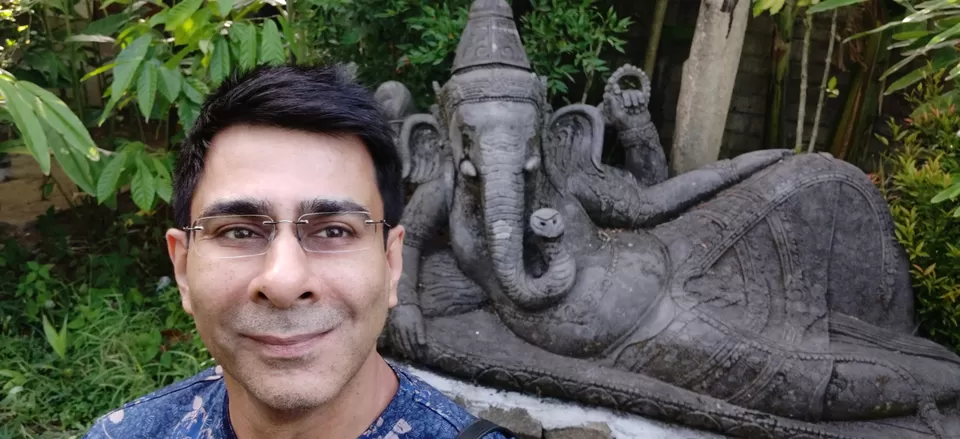
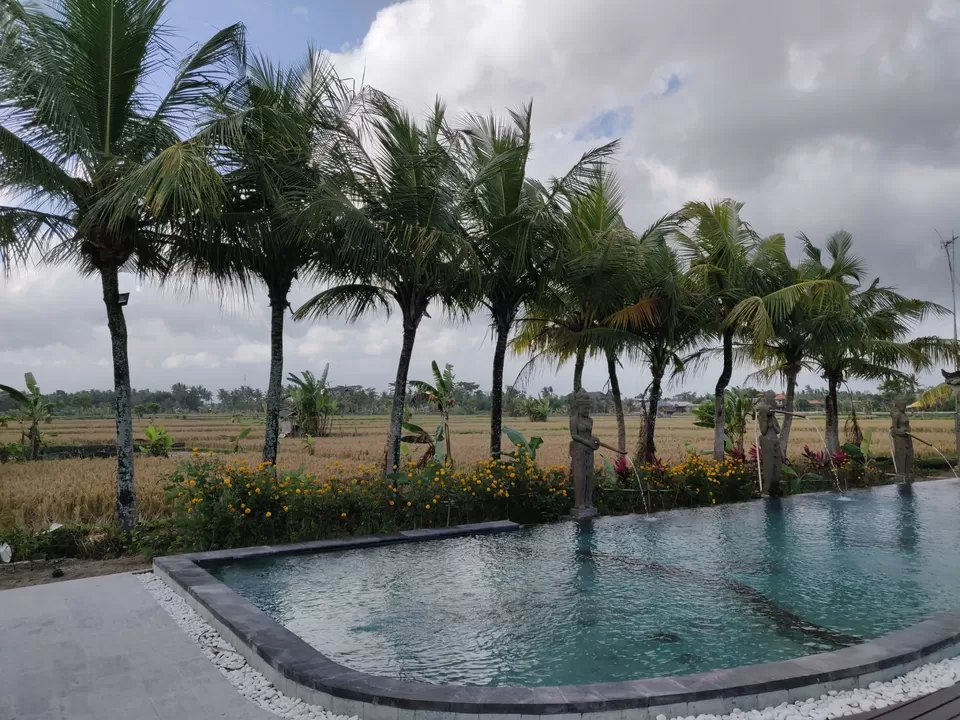
Tegalalang rice terraces visit and surrounding Ubud
Scenic, terraced hillside offering rice paddies amid lush greenery, plus zip lines & jungle swings
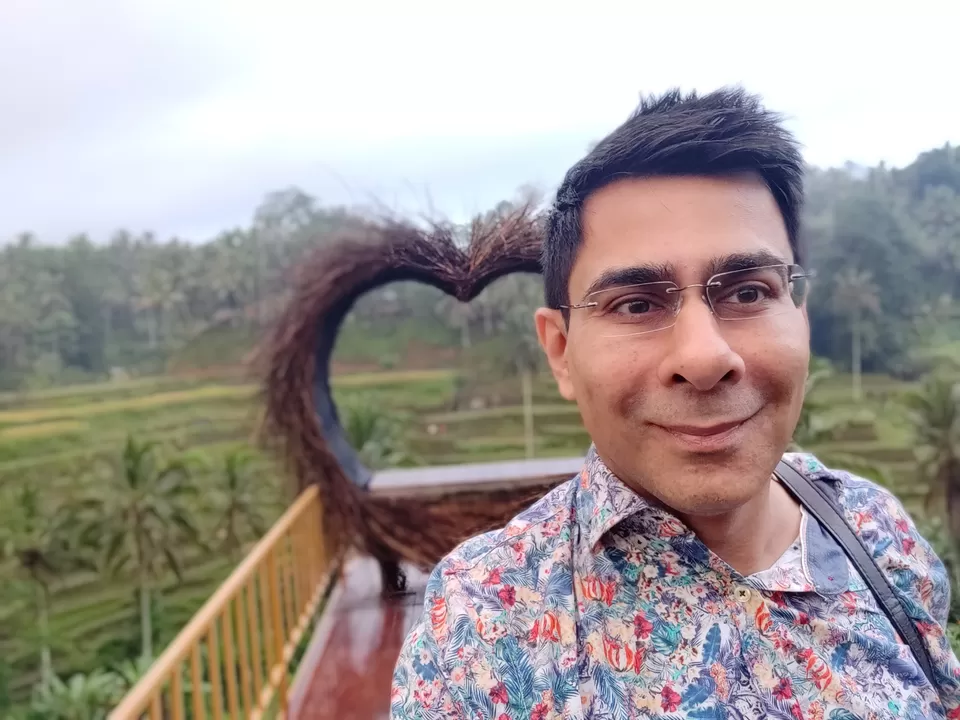
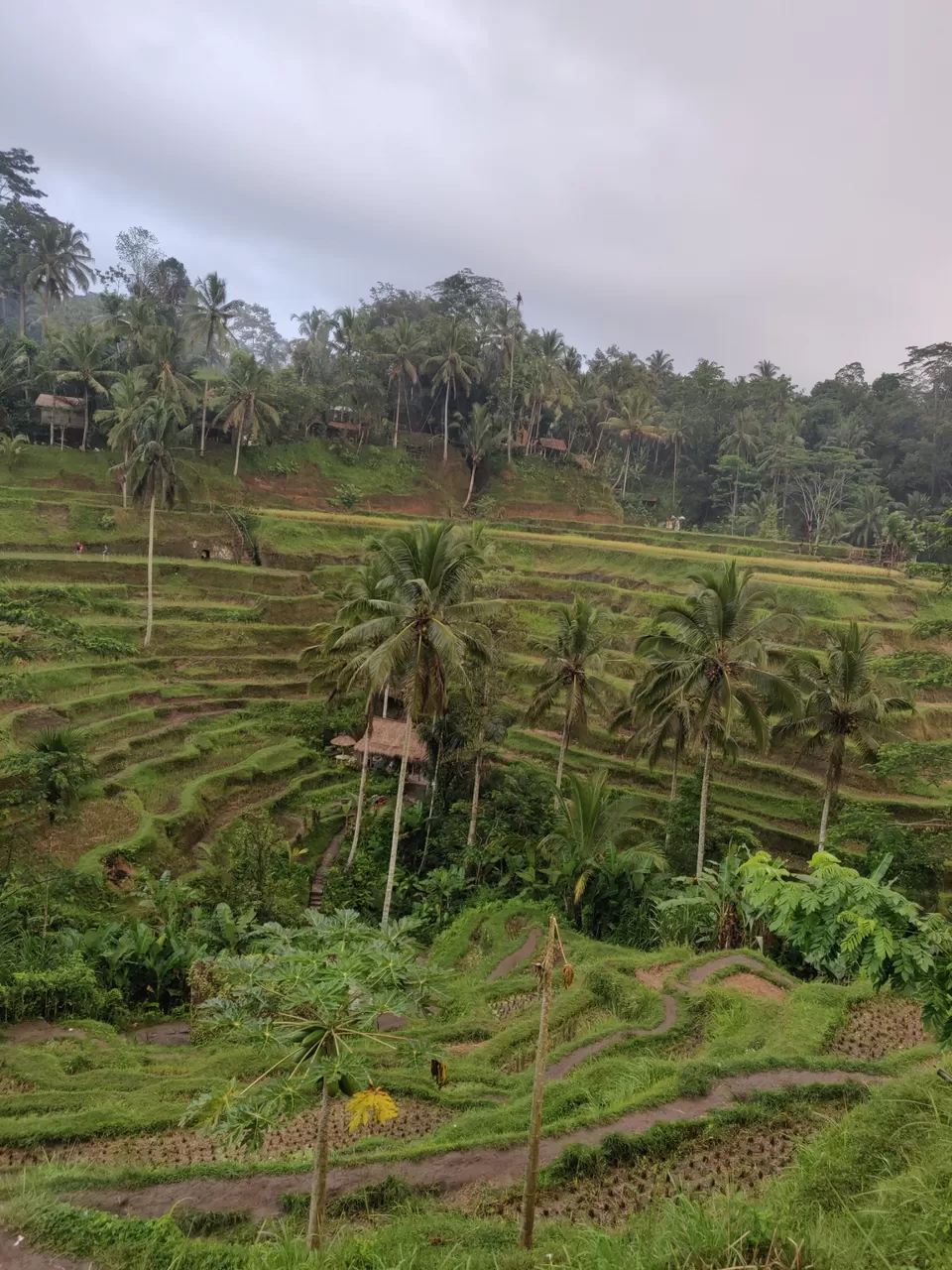
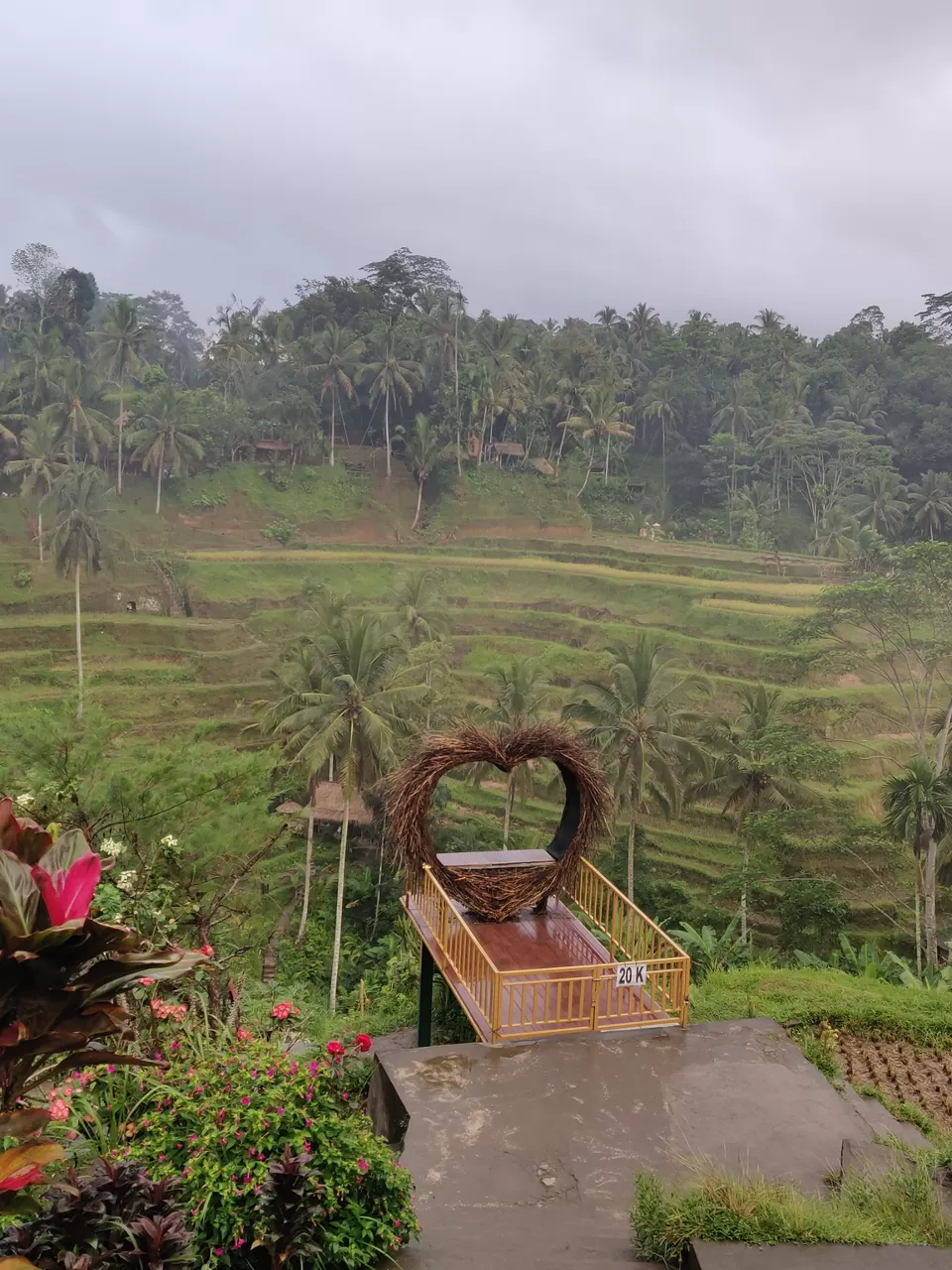
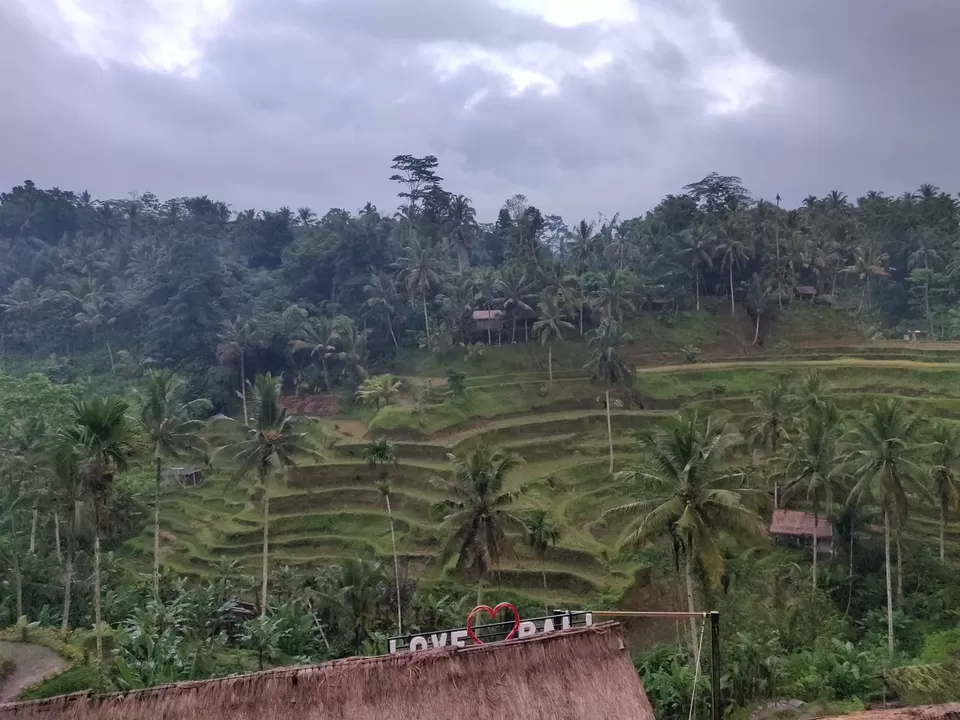

Mount Batur is situated in the Bangli region on the island of Bali, Indonesia. For many years tourists have been hiking up Mount Batur (a volcano in Bali) to watch the sunrise over nearby volcanoes Mount Agung and Mount Agung, and it’s not hard to see why!
If you can manage to wake up early for the drive to the mountain, you will be treated to an adventurous hike in the dark with an amazing sunrise awaiting you at the summit.
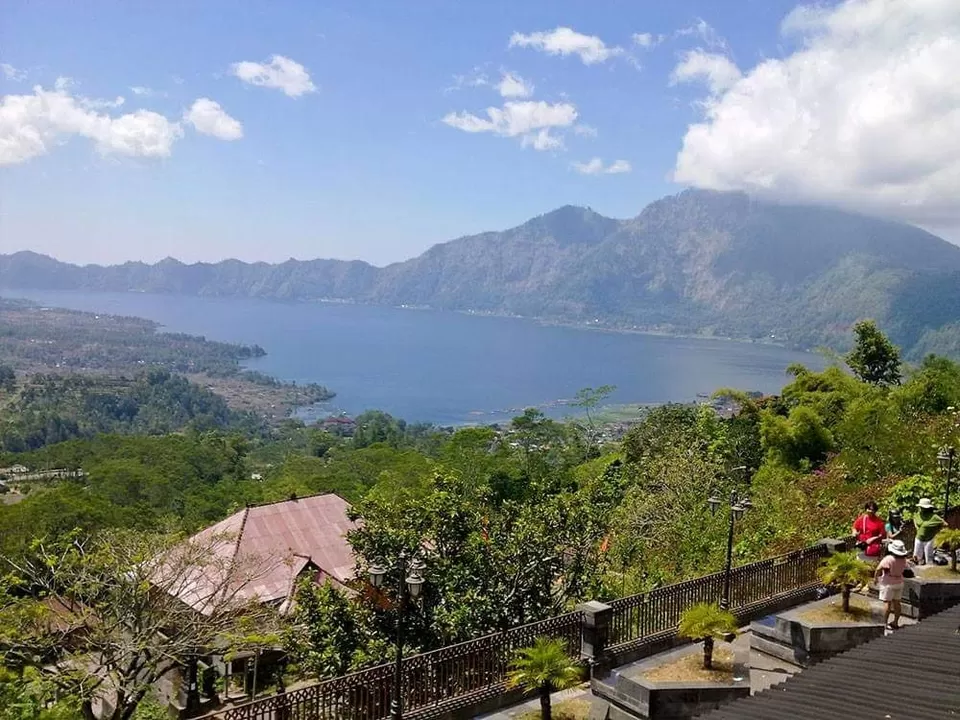
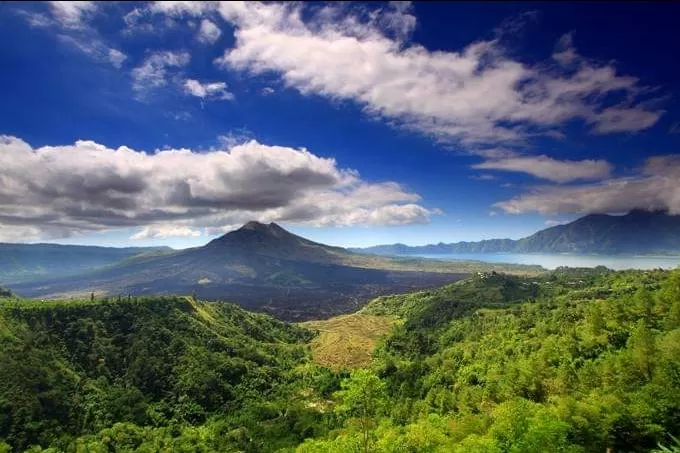
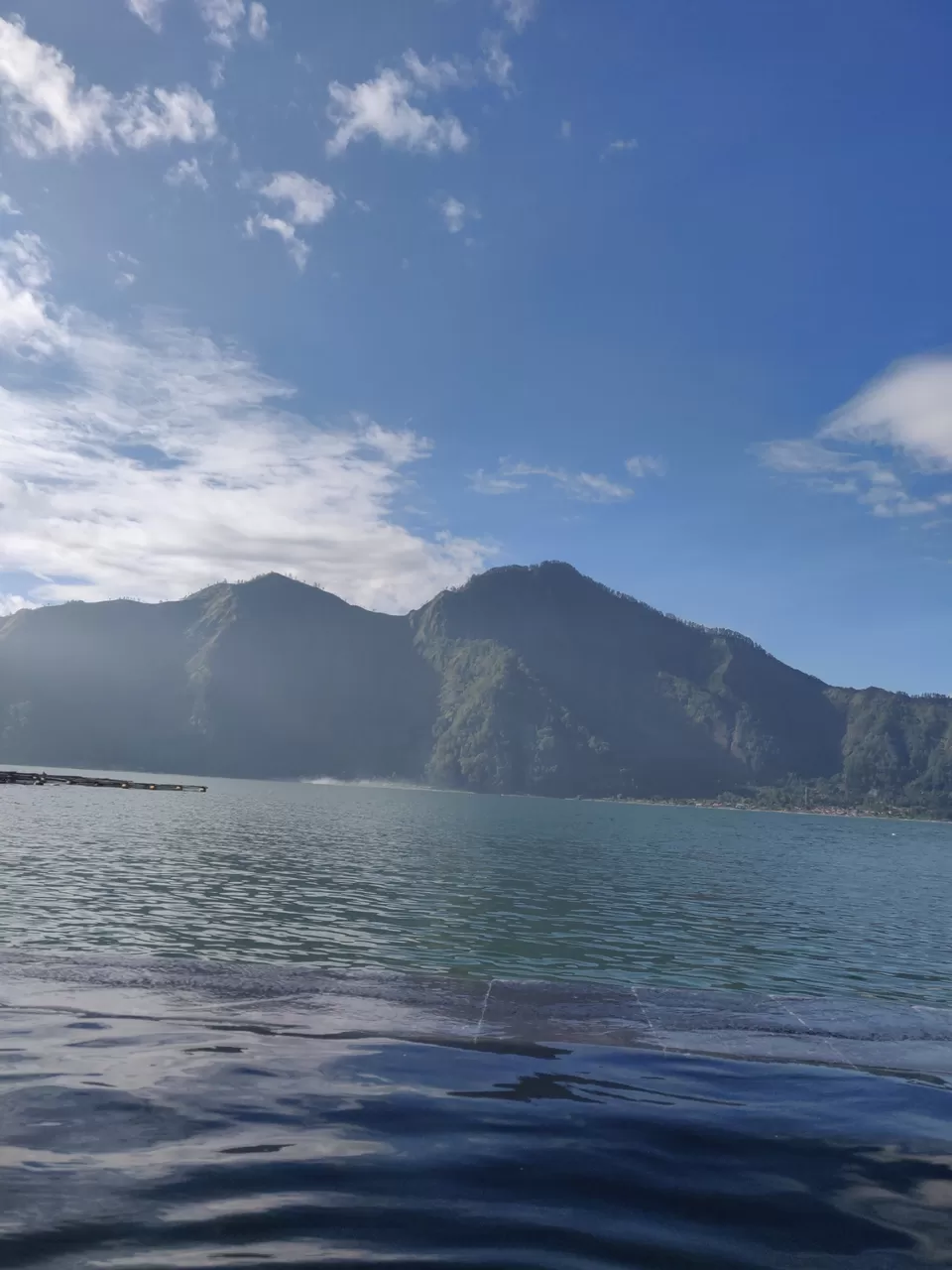
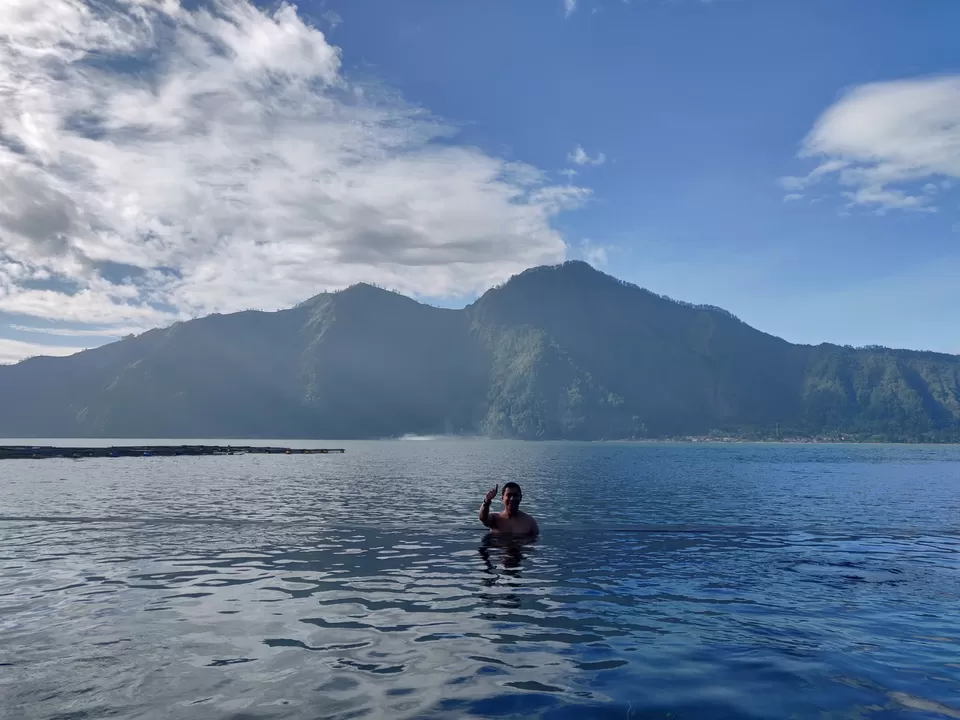
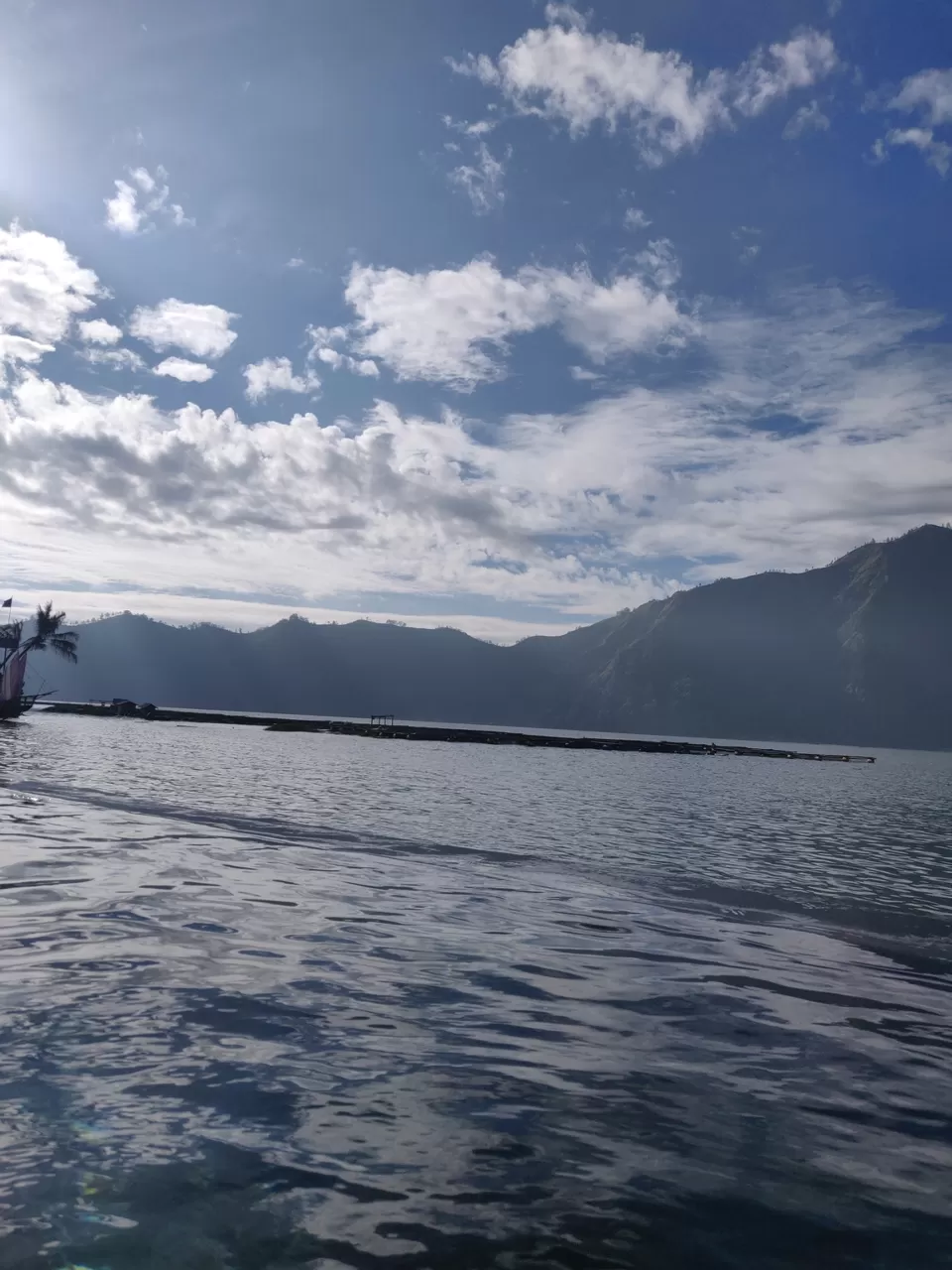
Day of temple visits
1.Besakih Temple is often referred to as Bali’s ‘mother temple’ – a grand complex of at least 86 clan temples and shrines on the south-western slopes of Mount Agung. At least 70 celebrations take place at Besakih every year, as each shrine has its own anniversary. Besakih is considered to be the biggest and holiest of Bali’s temples. Its high location offers spectacular countryside views with rice paddies, hills, mountains, and streams. Exploring the whole site can take a day. Pura Besakih is the only temple open to every devotee from any caste group.
For the Balinese, visiting the temple sanctuaries of Besakih is a special pilgrimage. Mount Agung’s position gives it an almost mystical quality. Several stairs lead up to the sacred mountainside, leading to temples that vary by type, status, and function.
Pura Besakih has 3 main temples dedicated to the Hindu trinity. Pura Penataran Agung (in the centre) has white banners for Shiva, the destroyer; Pura Kiduling Kreteg (to the right) features red banners for Brahma, the creator; and Pura Batu Madeg represents Vishnu, the preserver, with its black banners. You can visit many other smaller temples in Pura Besakih, though many of their inner courtyards are only reserved for pilgrims.
2. Tirta Gangga is a former royal palace in eastern Bali, Indonesia, about 5 kilometres from Karangasem, near Abang. Named after the sacred river Ganges in Hinduism, it is noted for the Karangasem royal water palace, bathing pools and its Patirthan temple.

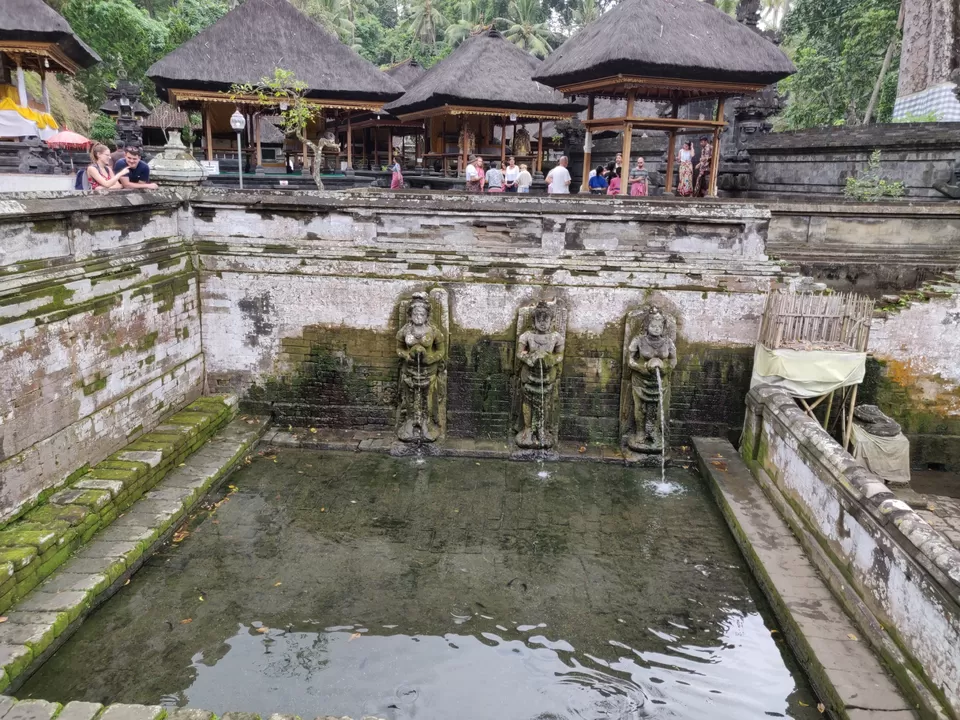
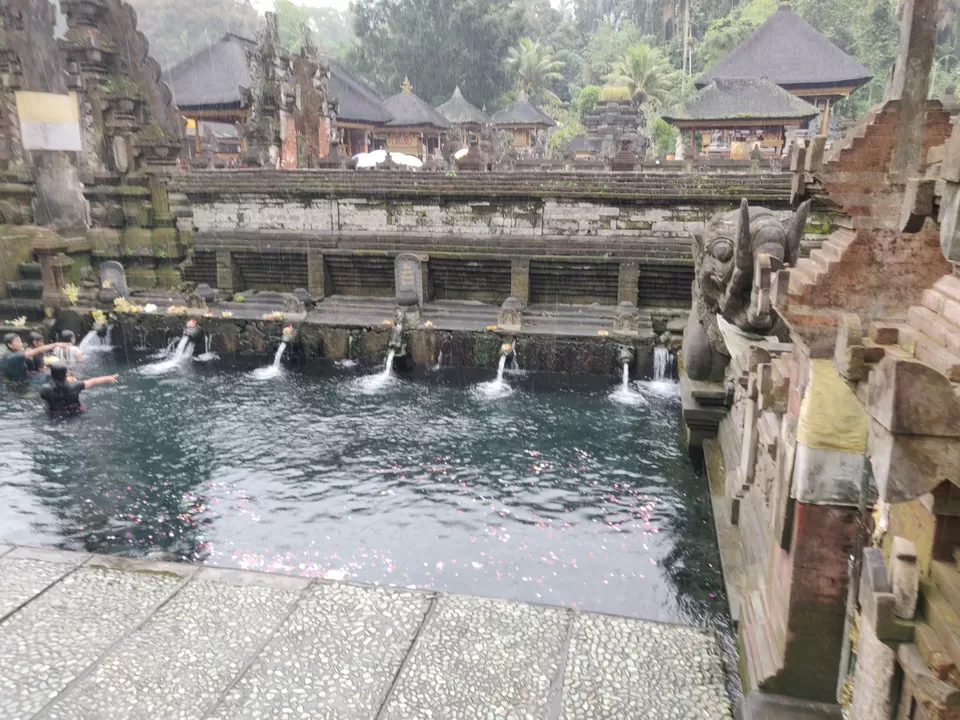
3.Pura Penataran Agung Lempuyang
Pura Penataran Agung Lempuyang is oriented toward the top of Mount Lempuyang. The temple compound is divided into three areas: the outer sanctum of the temple (jaba pisan or nistaning mandala), the middle sanctum (jaba tengah or madya mandala), and the inner main sanctum (jero or utamaning mandala
Entrance – Donation.
The temple asks for donations only. We recommend around 10,000 – 30,000 IDR per person, which is the usual price of temple entrances in Bali.
Parking Fee – 5,000 – 10,000 IDR.
Sarong Rental – 10,000 IDR. You must wear a sarong so if you have your own, be sure to take it.
The day of the waterfalls. Yay*
1.Tegenungan waterfall offers a picturesque view in a hidden space of Bali. The blooming trees in the surroundings have successfully completed the beauty of this waterfall.Especialy in the morning, the beauty of the verdant jungle will be at best as the sunlight shines peeping above.It is located at the village of Tegenungan Kemenuh, in the Gianyar Regency, north from the capital Denpasar and close to the Balinese artist village of Ubud.
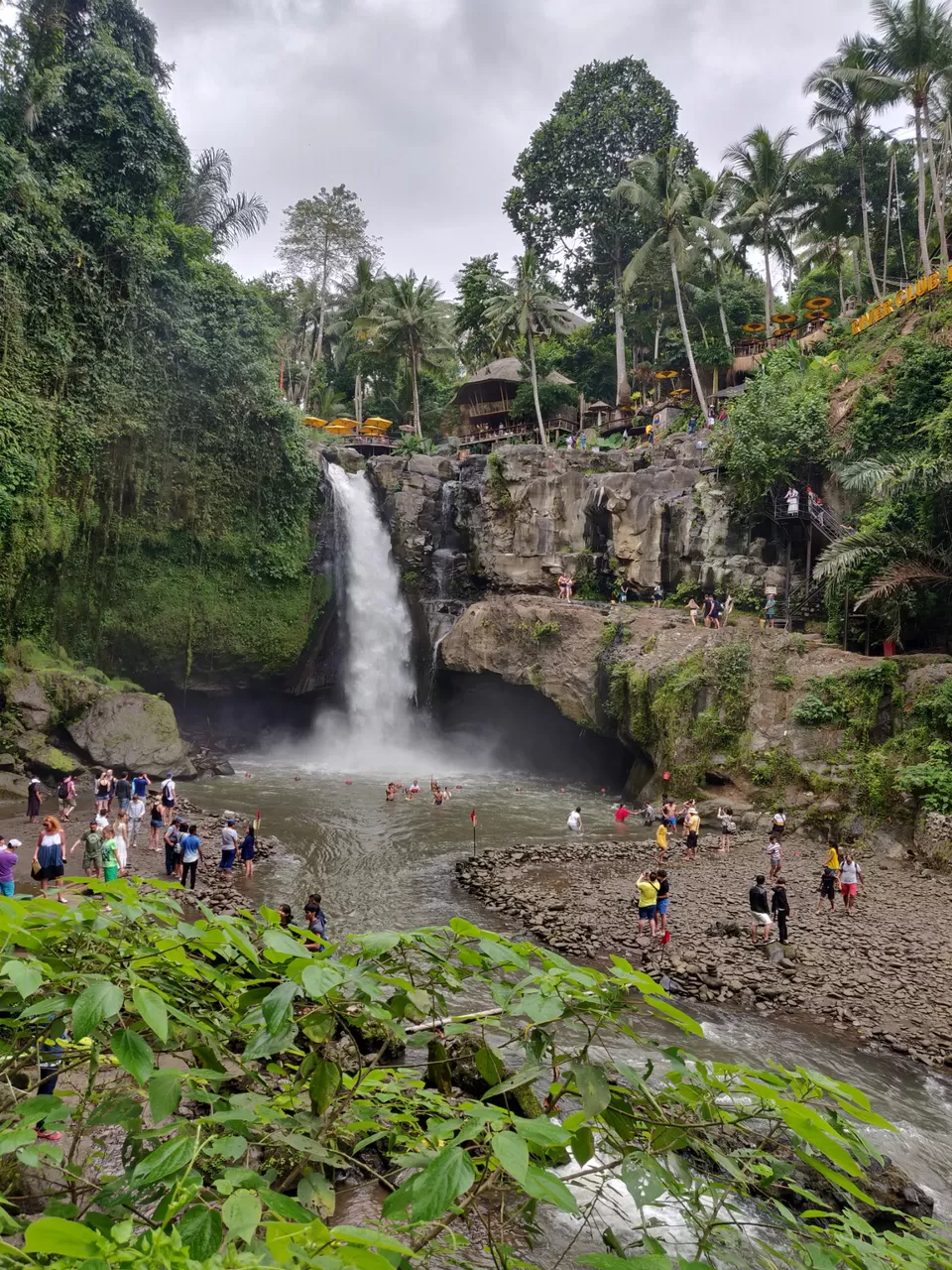
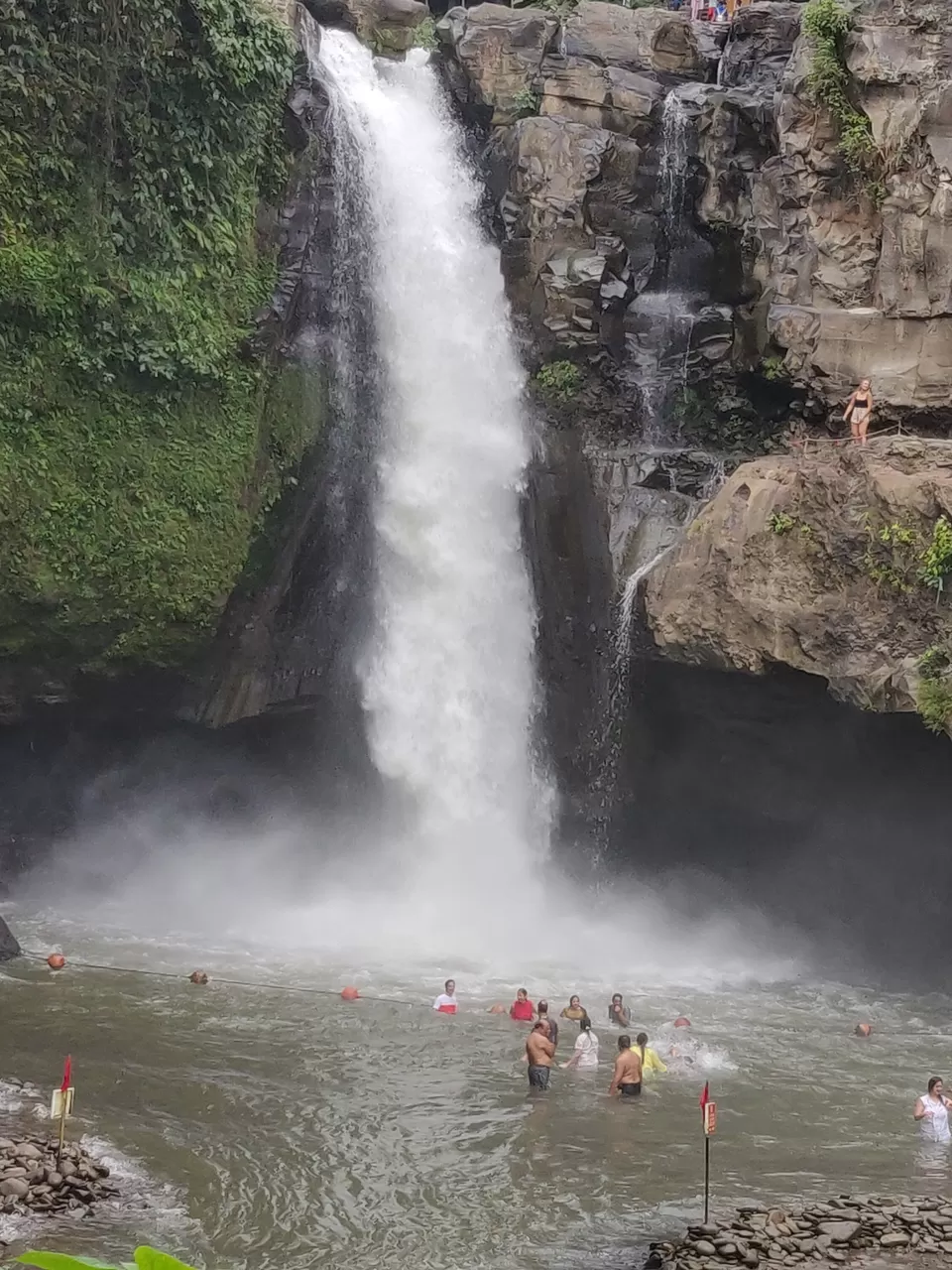
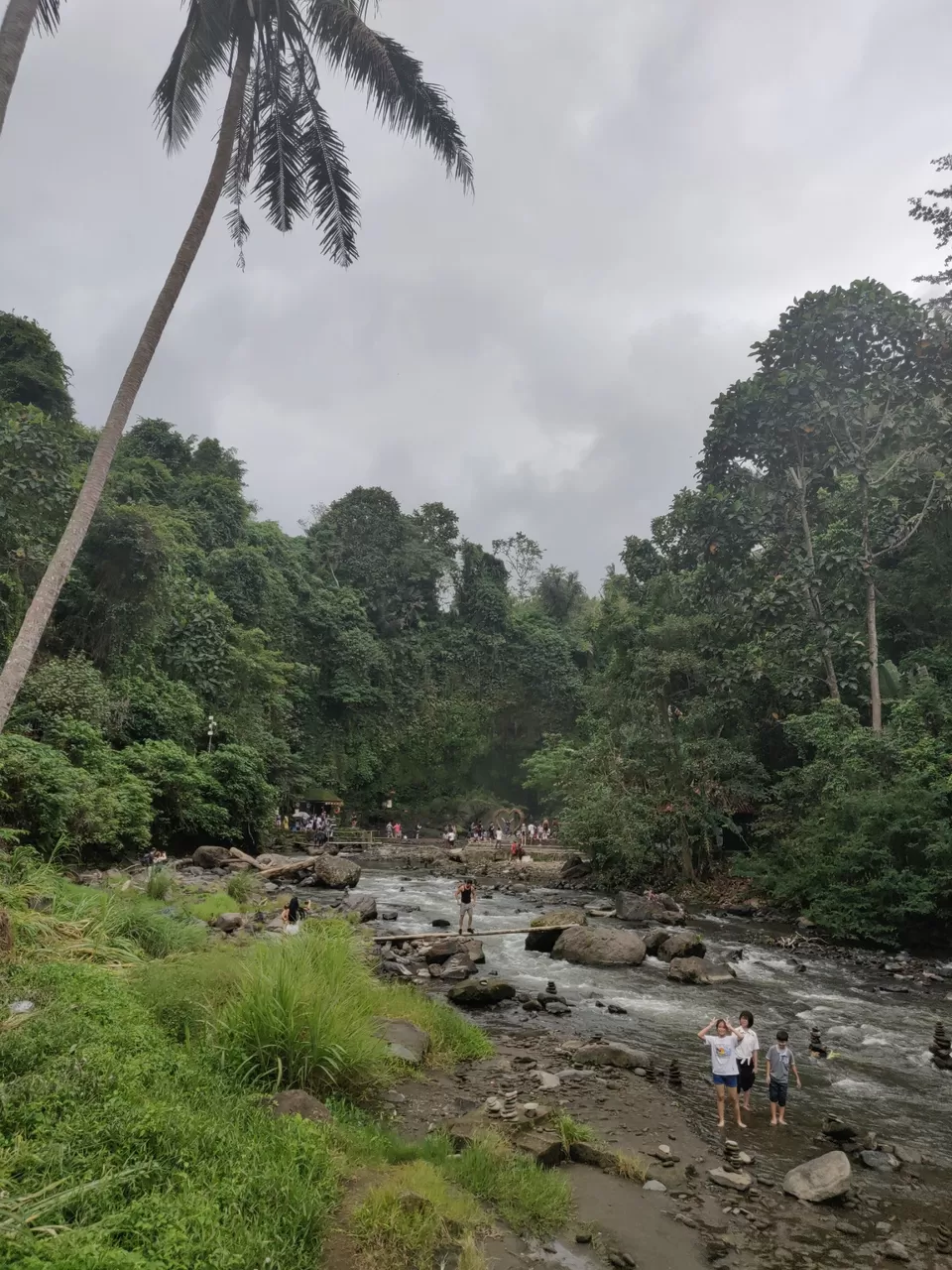
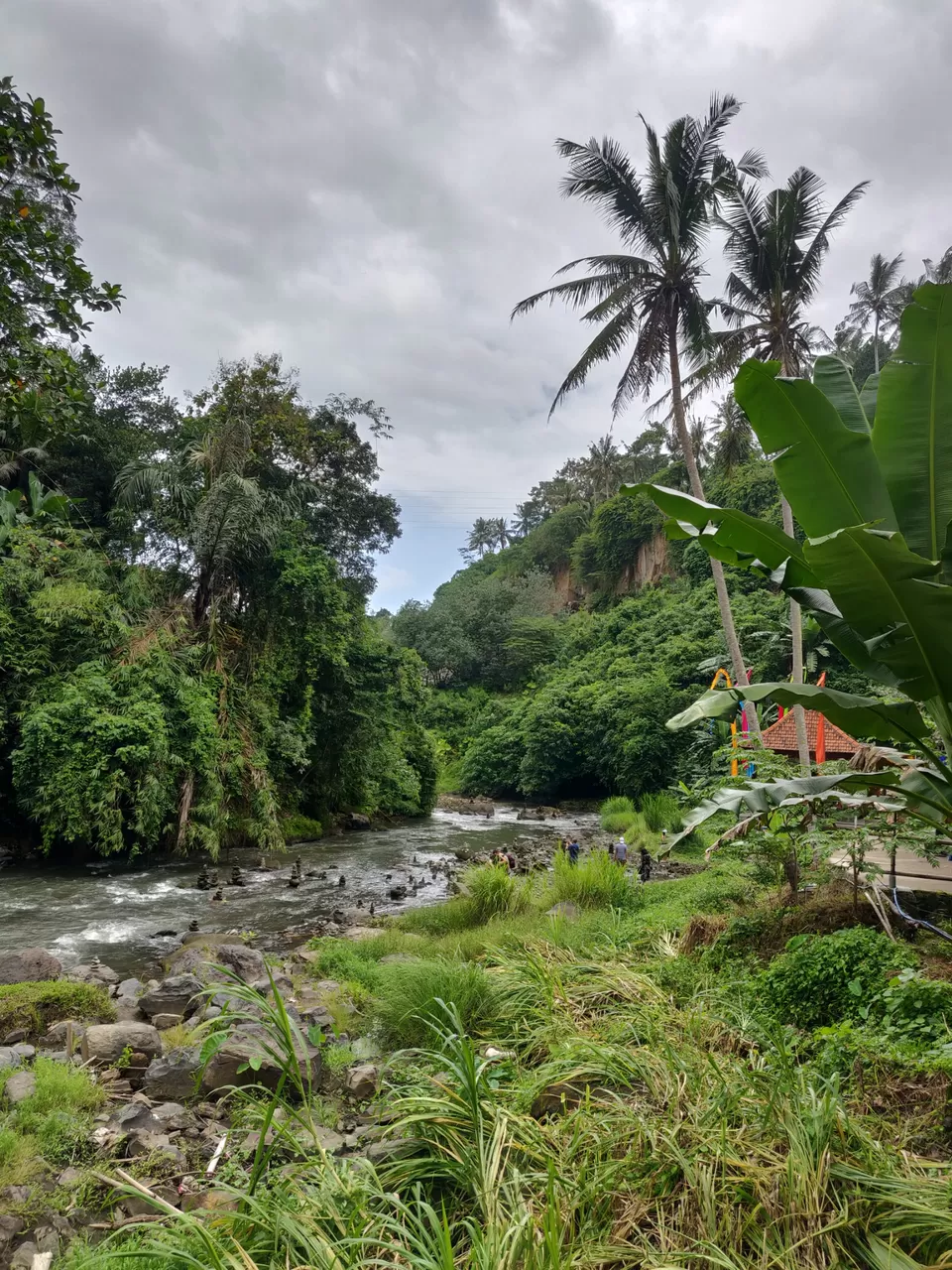
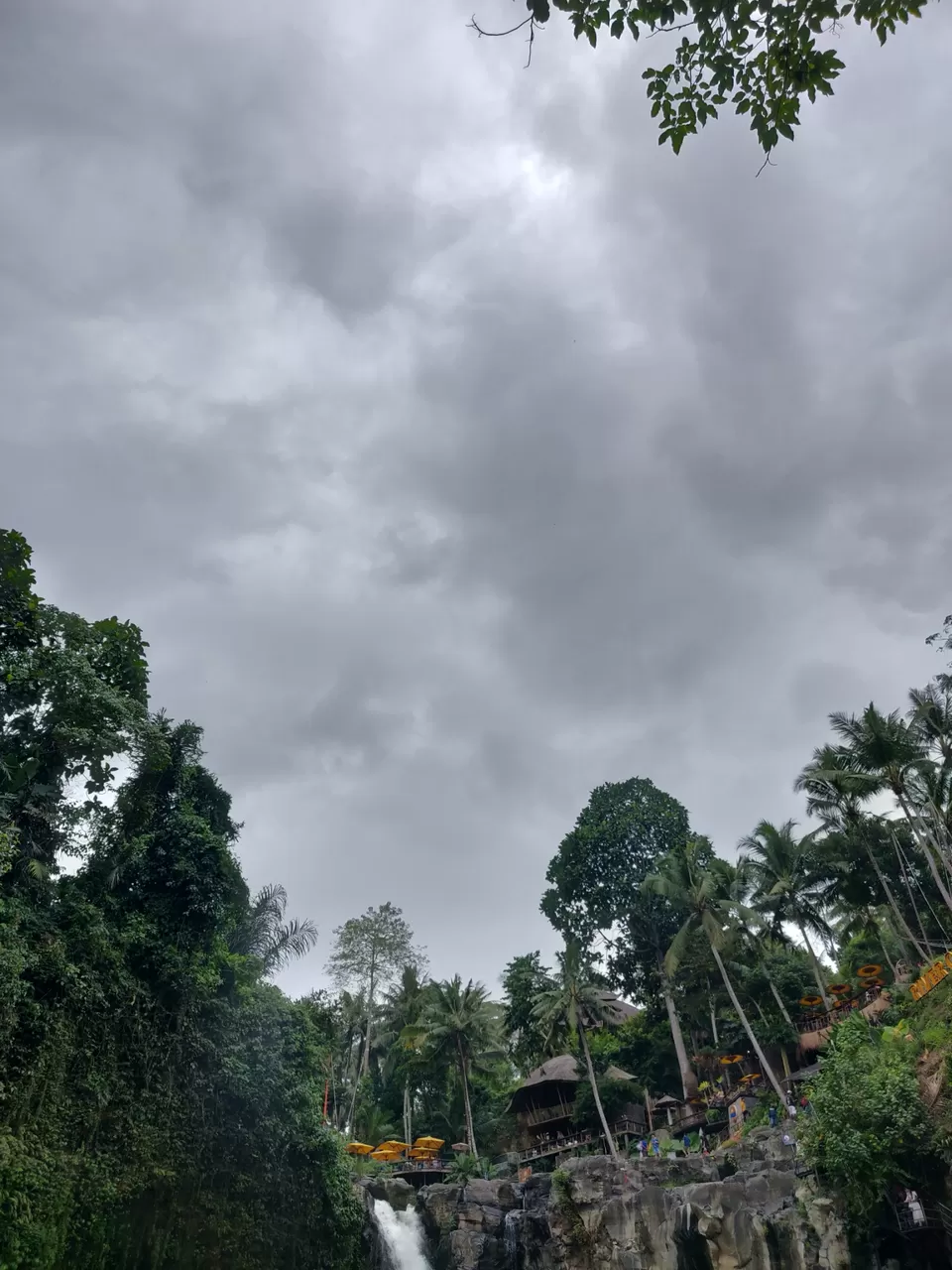
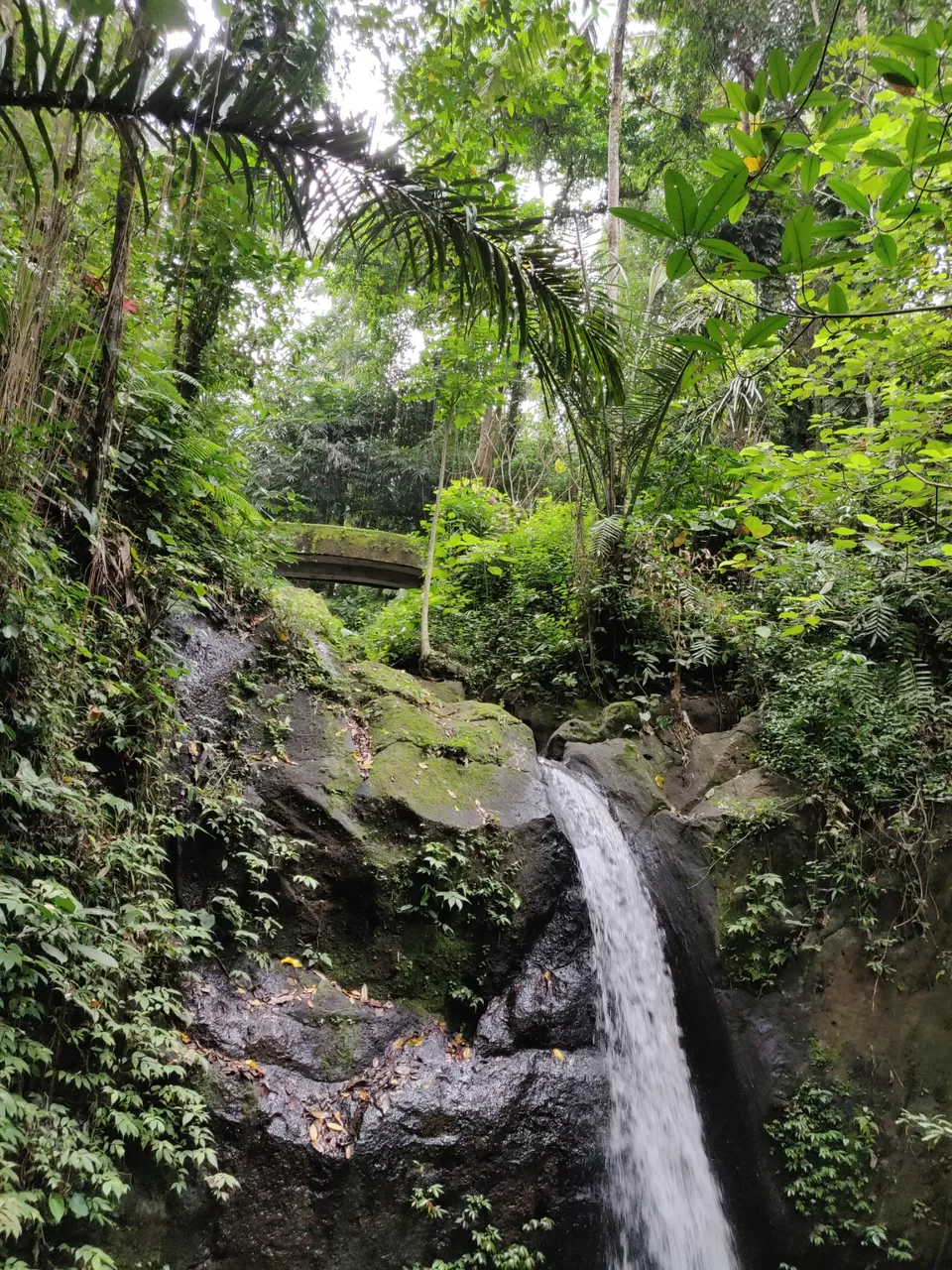
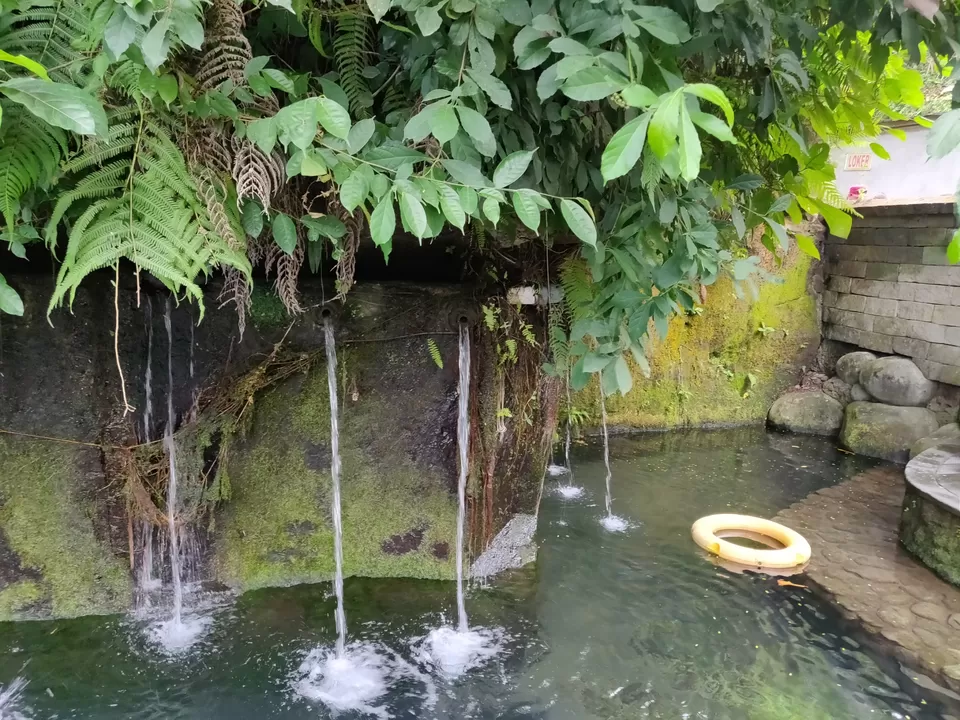
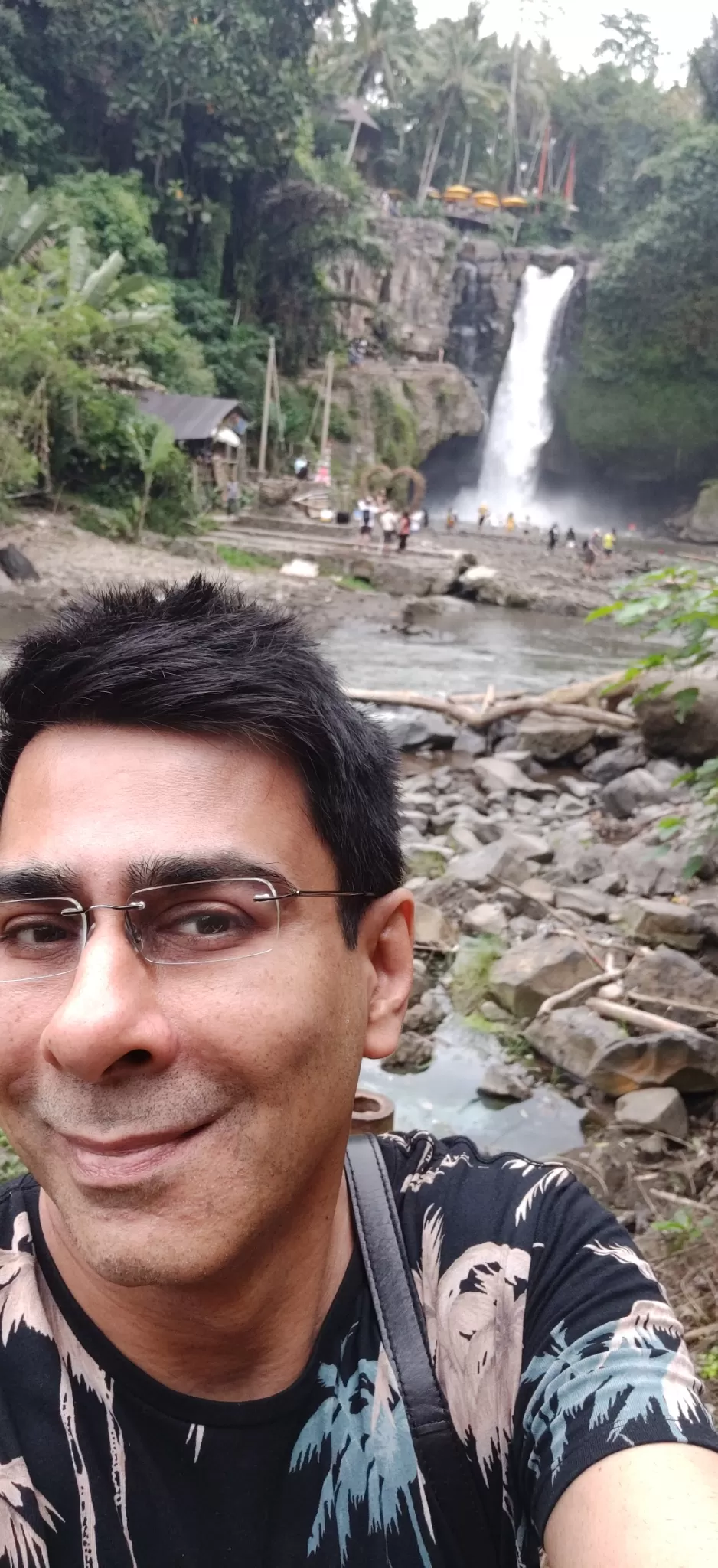
2. Git git waterfalls-Located in the Buleleng Regency, this is one of Bali’s most famous waterfalls – and, when you see it, you’ll be able to easily tell why. With a height of almost 40 metres, it is the highest waterfall in Bali and a must-see .Take a quick walk down to the base of the waterfall, popularly known as “twin falls” because of how it flows in two divided streams, and enjoy a dip in the rocky pool or simply take in the natural beauty.

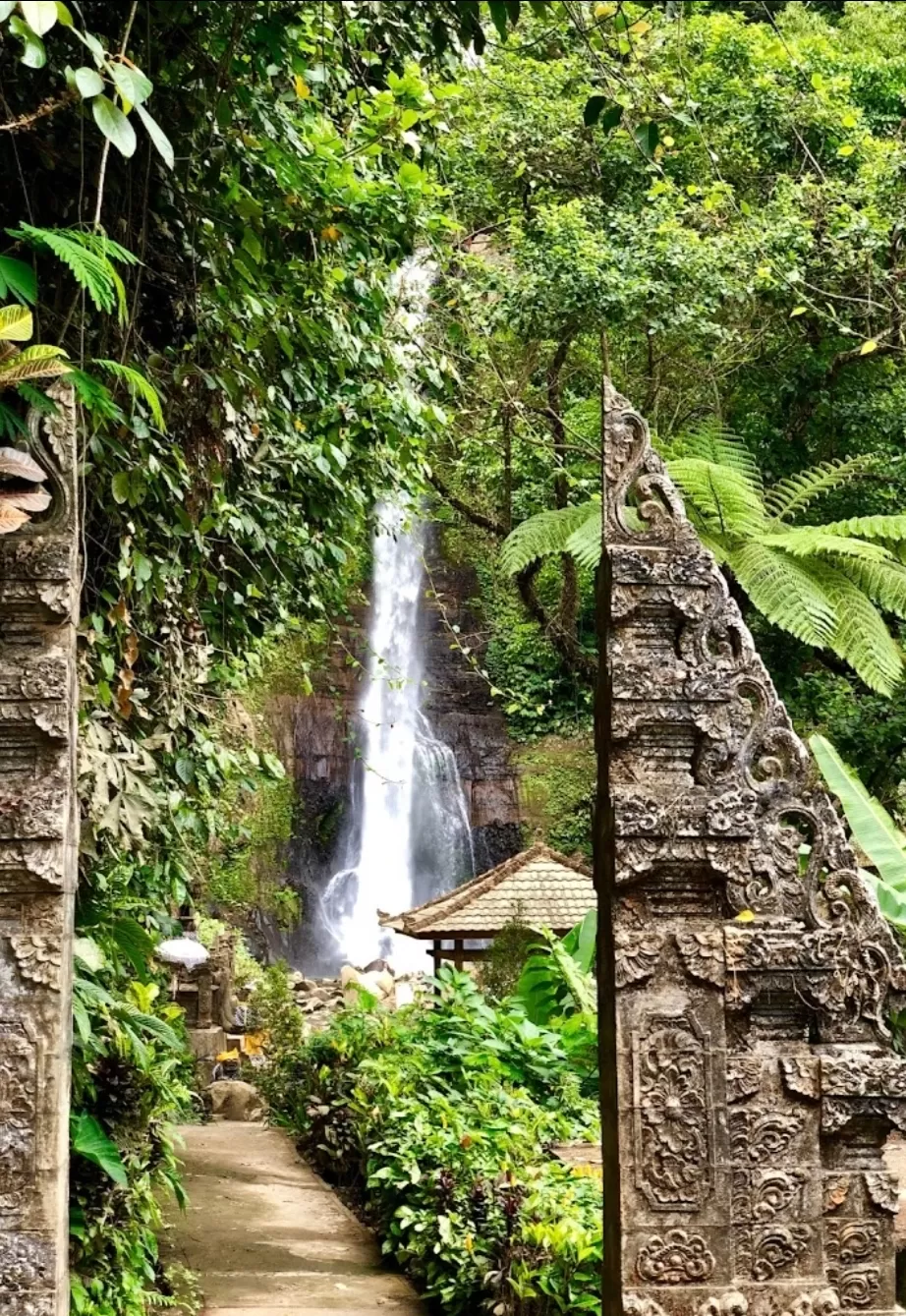
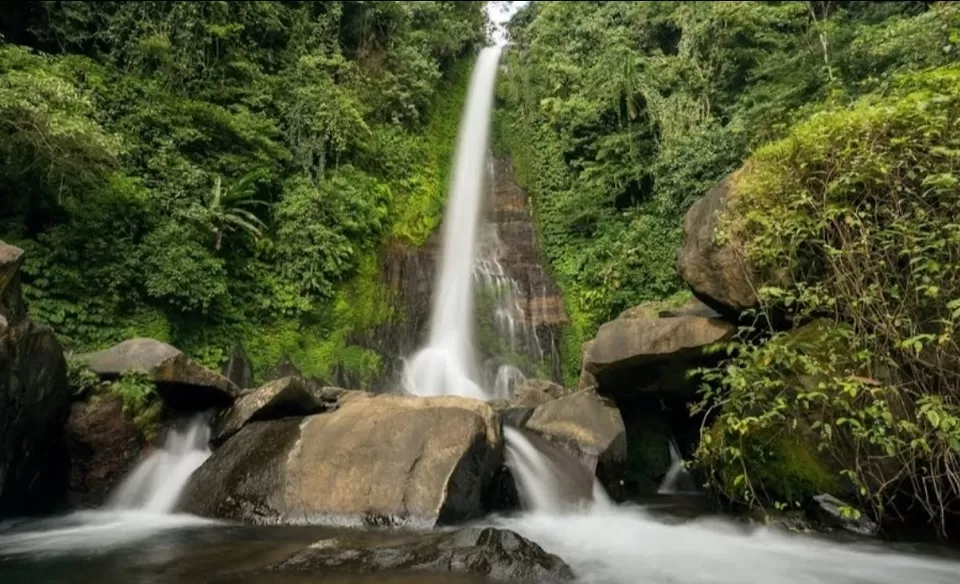
3. Kato lampo Falls
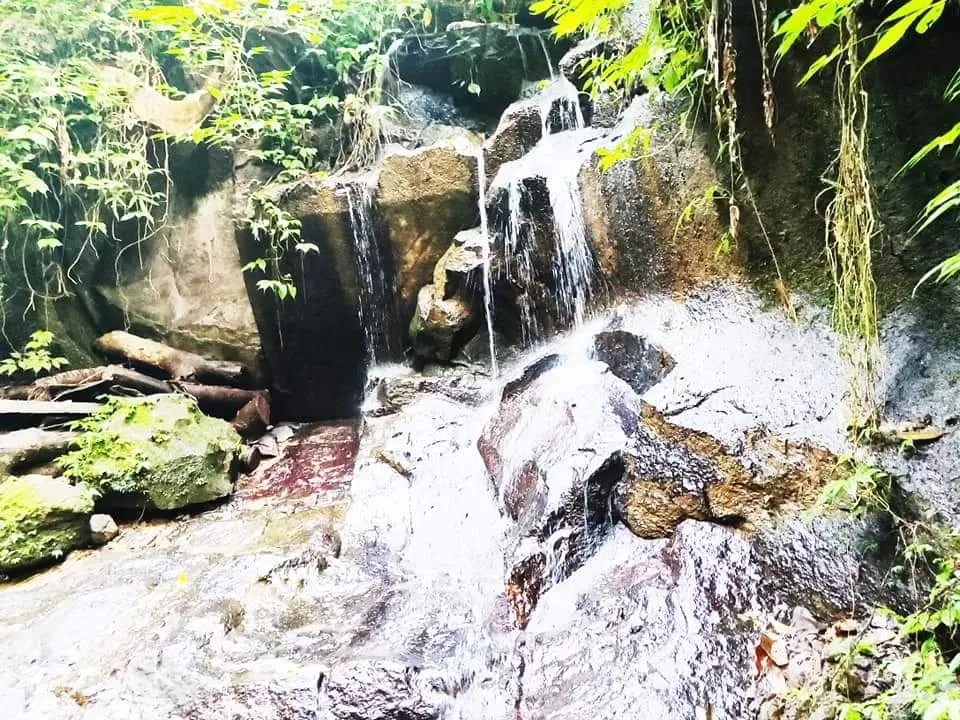
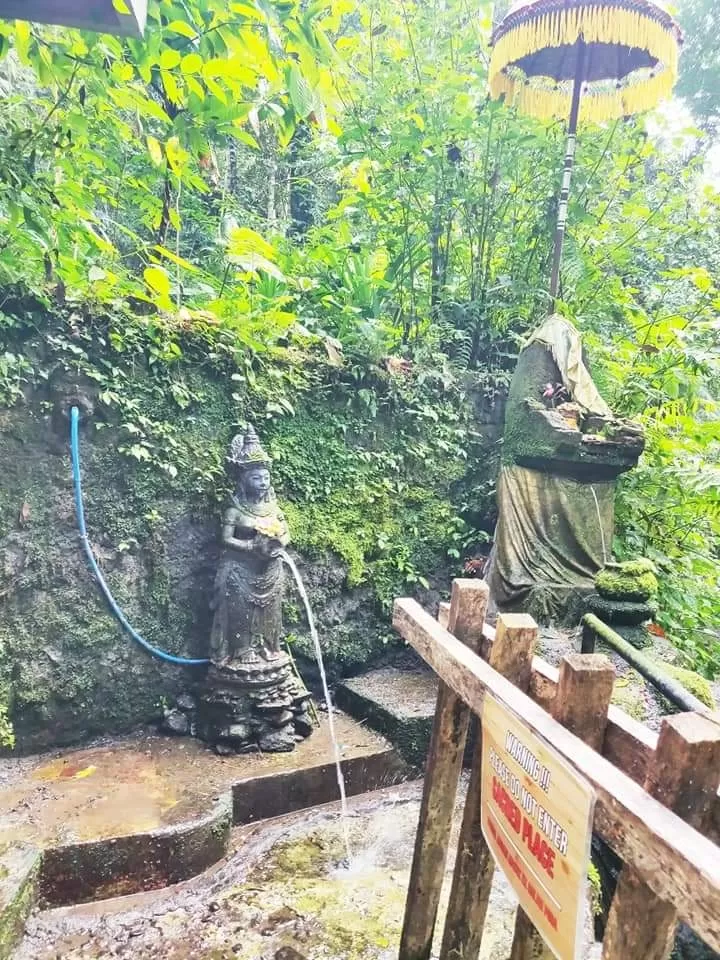
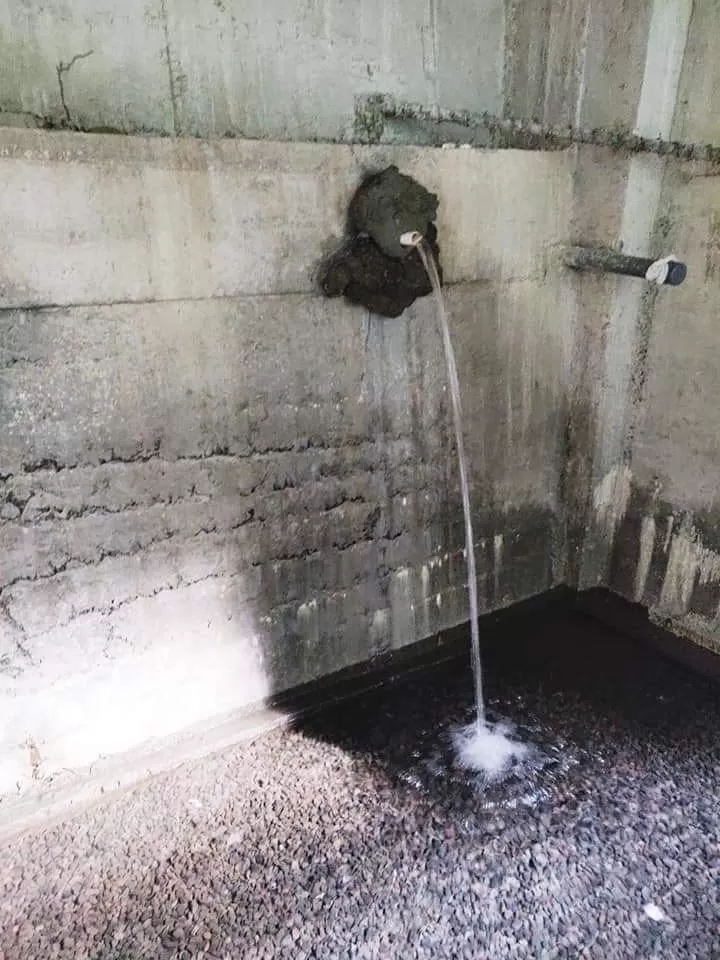
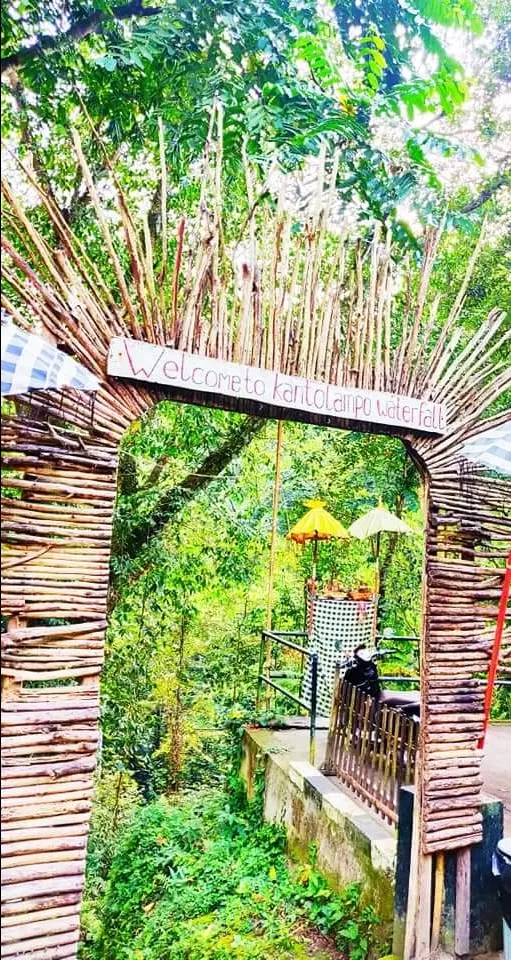
4. Nestled in the rainforest around Munduk Village in Buleleng, lies Niagara Munduk – the Niagara Falls of Bali. There are three falls in this area, with the most spectacular being Niagara Munduk which some visitors have compared to a film set. Not only is the fifteen-metre high waterfall a jaw-dropping spectacle, but the area around it, with its two twin lakes, is also a stunner. With clove plantations, rice fields and the backdrop of Bali’s beautiful mountains all around, Munduk is a great place to find some inner peace. There is a restaurant here too, where you can enjoy some grub and a drink, before you journey one kilometer further to either the main Munduk Waterfall, or Melanting Waterfall which lets you splash around in the waters below.
5.Sekumpul Waterfall, located in the village of Sekumpul, is touted as the most beautiful waterfall in Bali. To see it up close requires a little bit of effort though, so this is one for dedicated adventurers. A dirt road, lots of slippery steps, and the crossing of a river – it’s a tough trek, but totally worth it. You can hire a local guide to help you get stunning views up close, however, Sekumpul Waterfall is often best enjoyed from a distance so that you can see it in all its glory. You see, Sekumpul Waterfall is actually made up of seven different falls, all reaching different dizzying heights into the treetops, and each spilling varying amounts of water. You won’t forget this one in a hurry…
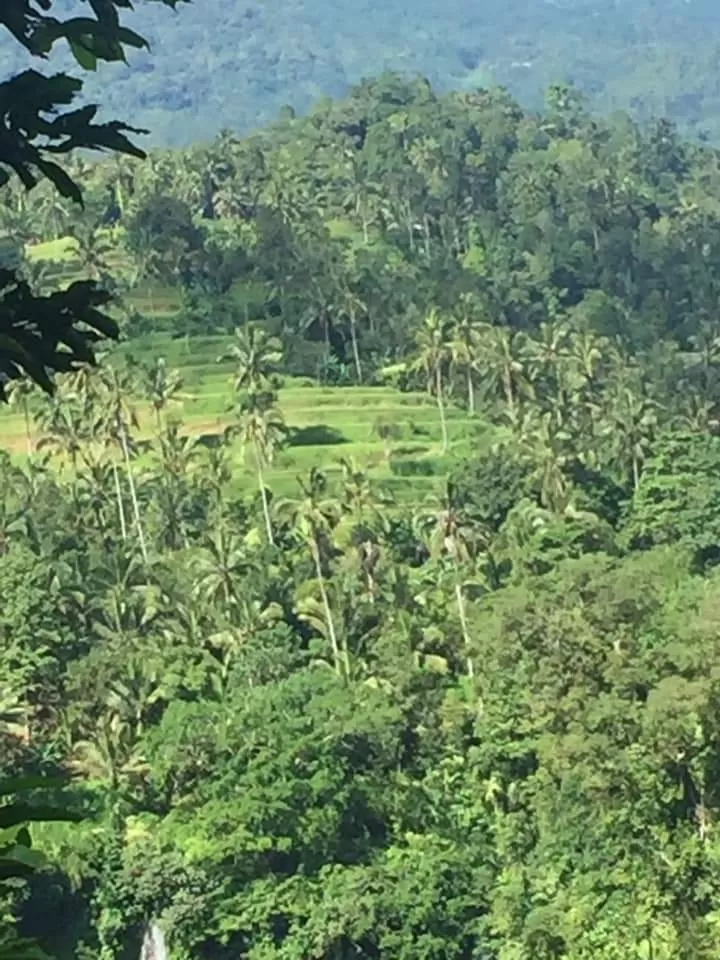
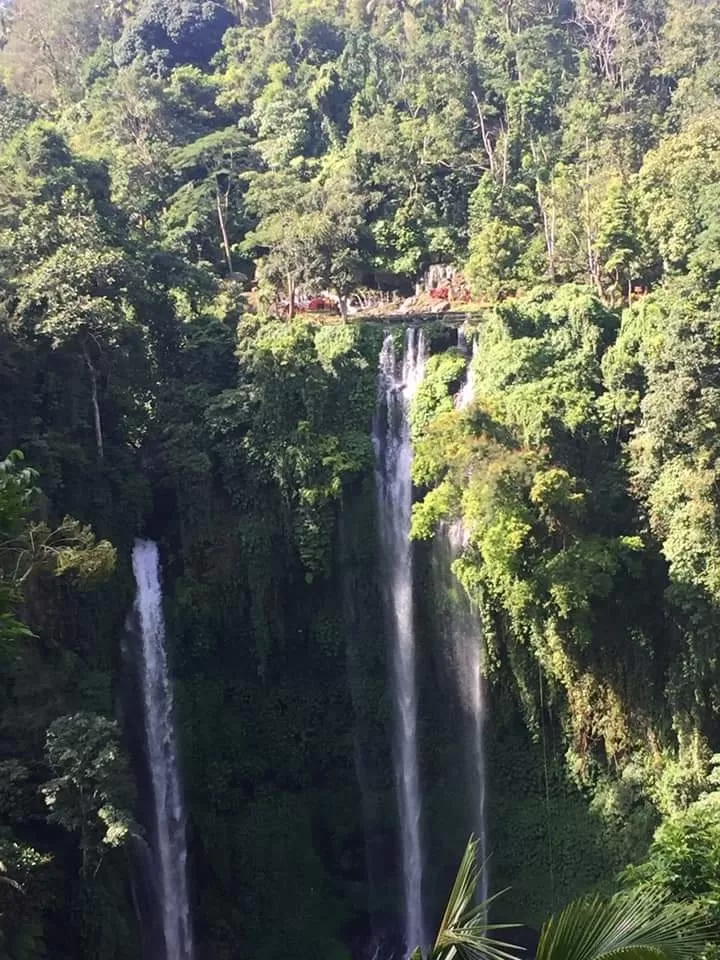
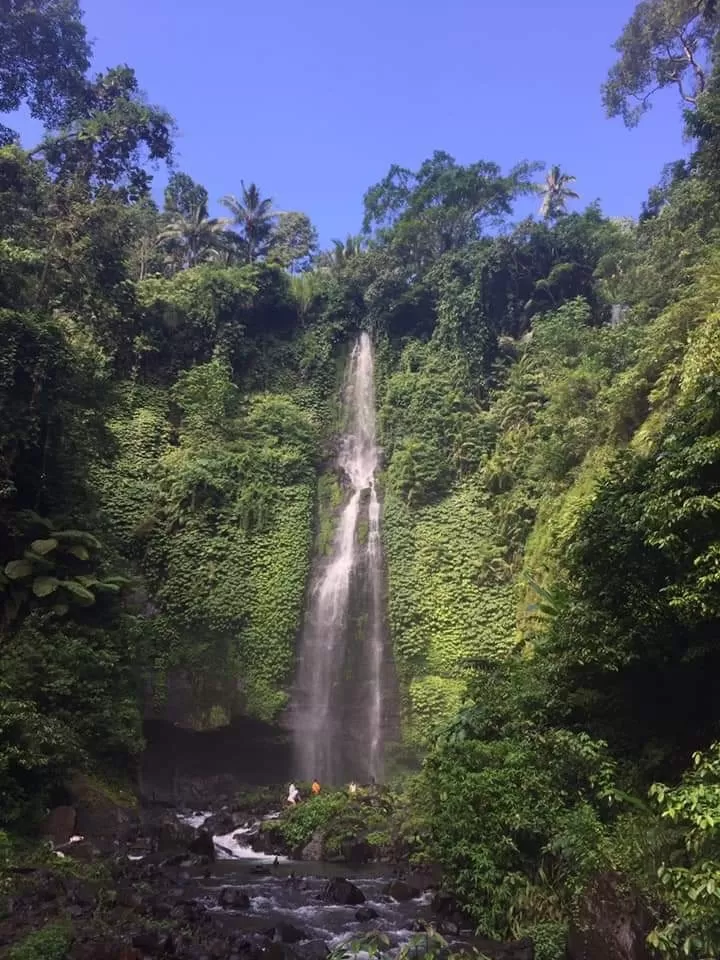
6. The highest Nung Nung waterfalls in Petang -Nine hundred metres above sea level in a small village in the middle of nowhere, lies NungNung Waterfall. The journey here is quite lovely, with lush green rice paddies and plantations in every direction. The car park is easy enough to find, but once you get there, prepare for a long descent ahead. Before you see it, you will most definitely hear it, with the thunderous sound of thousands of gallons of water crashing into a pool below. Once you’ve reached the bottom of the 509 steps (think of the workout you’re getting!) your eyes will get their first glimpse of the stunning fifty-metre-high waterfall. Cameras at the ready…
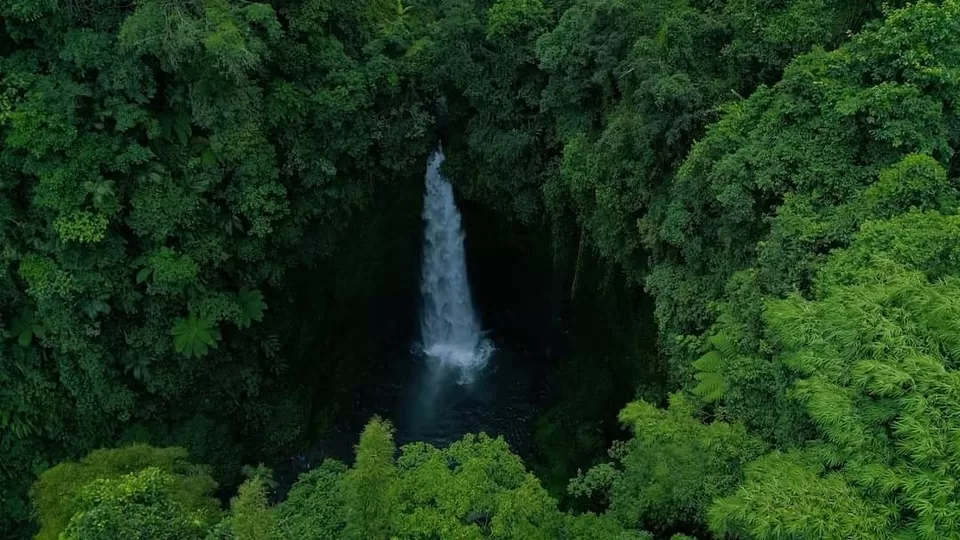
Ulun Danu Beratan Temple is both a famous picturesque landmark and a significant temple complex on the western side of Beratan Lake in Bedugul, central Bali. The whole Bedugul area is a popular upland weekend and holiday retreat for locals from the more urban areas in the island's south.
Ulun Danu Beratan, literally ‘the source temple of Lake Beratan’, shares the scenic qualities with Bali's sea temples of Uluwatu and Tanah Lot. The smooth reflective surface of the lake surrounding most of the temple’s base creates a unique floating impression. The misty Bedugul mountain range surrounding the lake complements the temple's scenic backdrop.
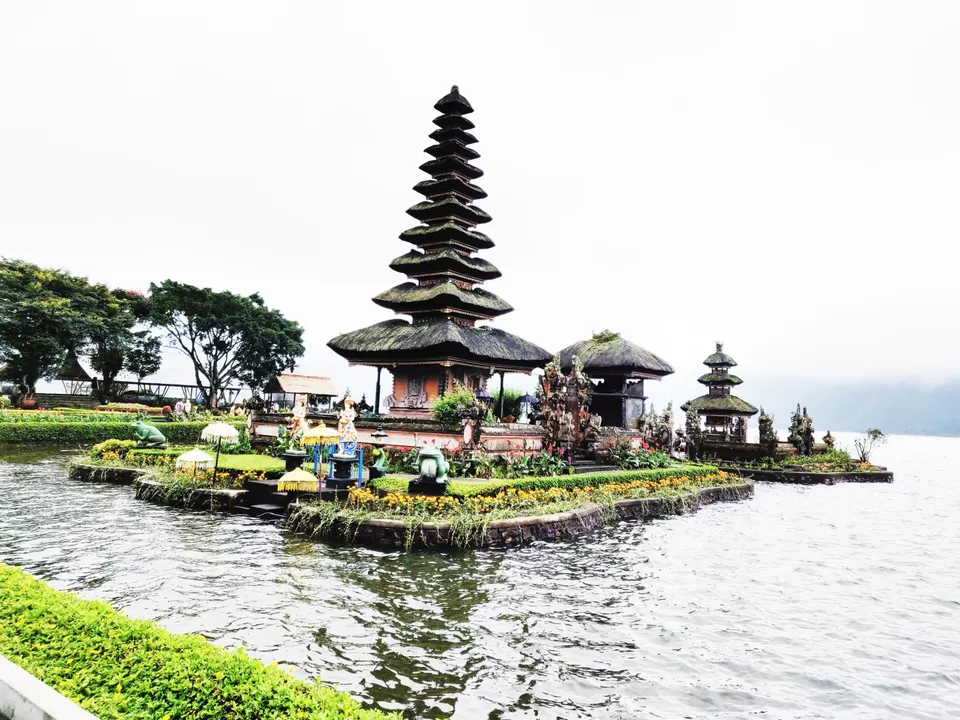
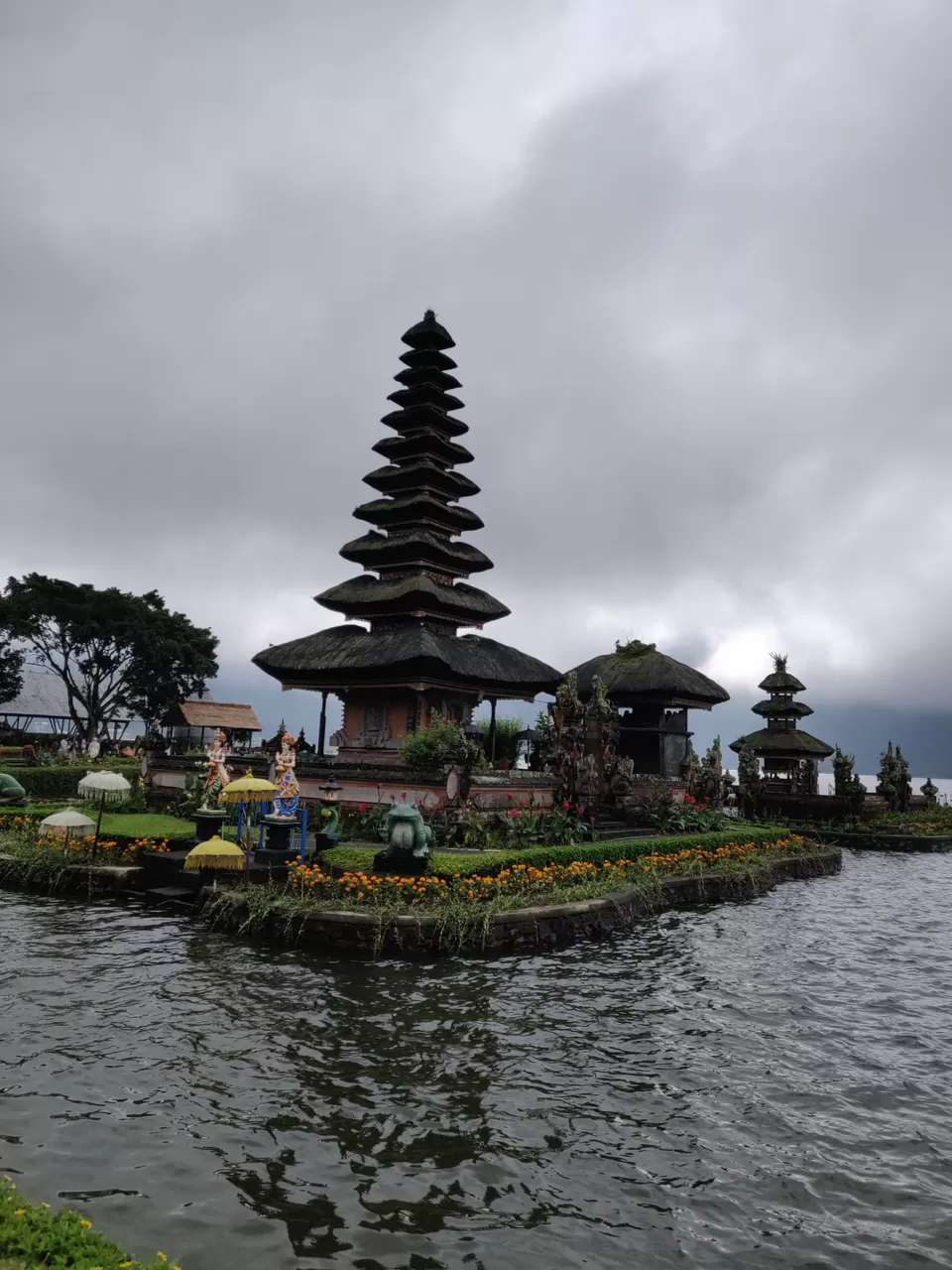
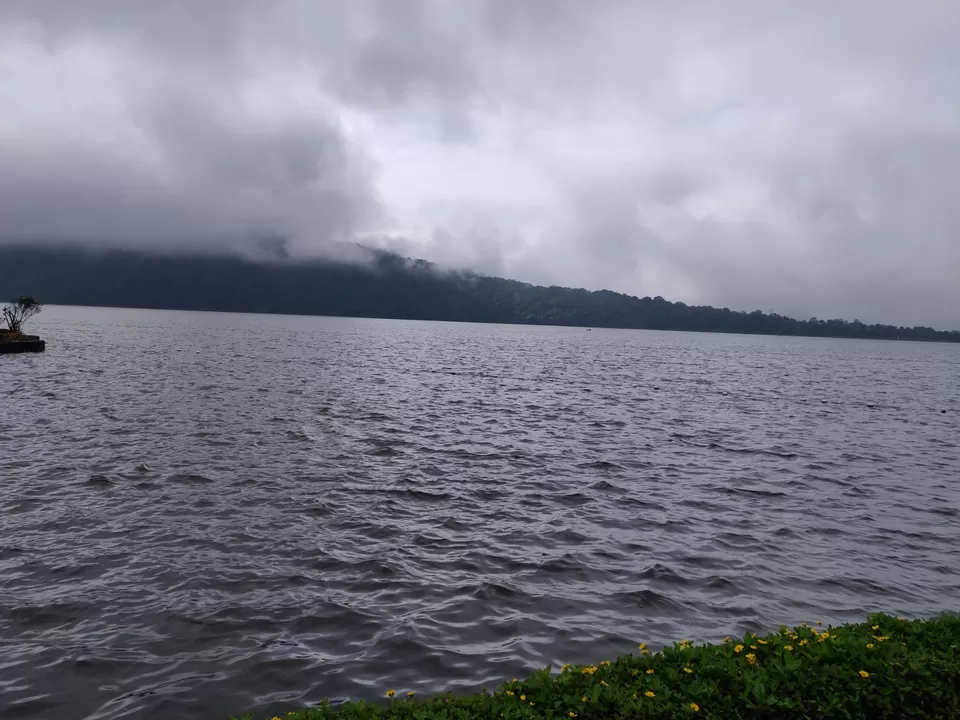
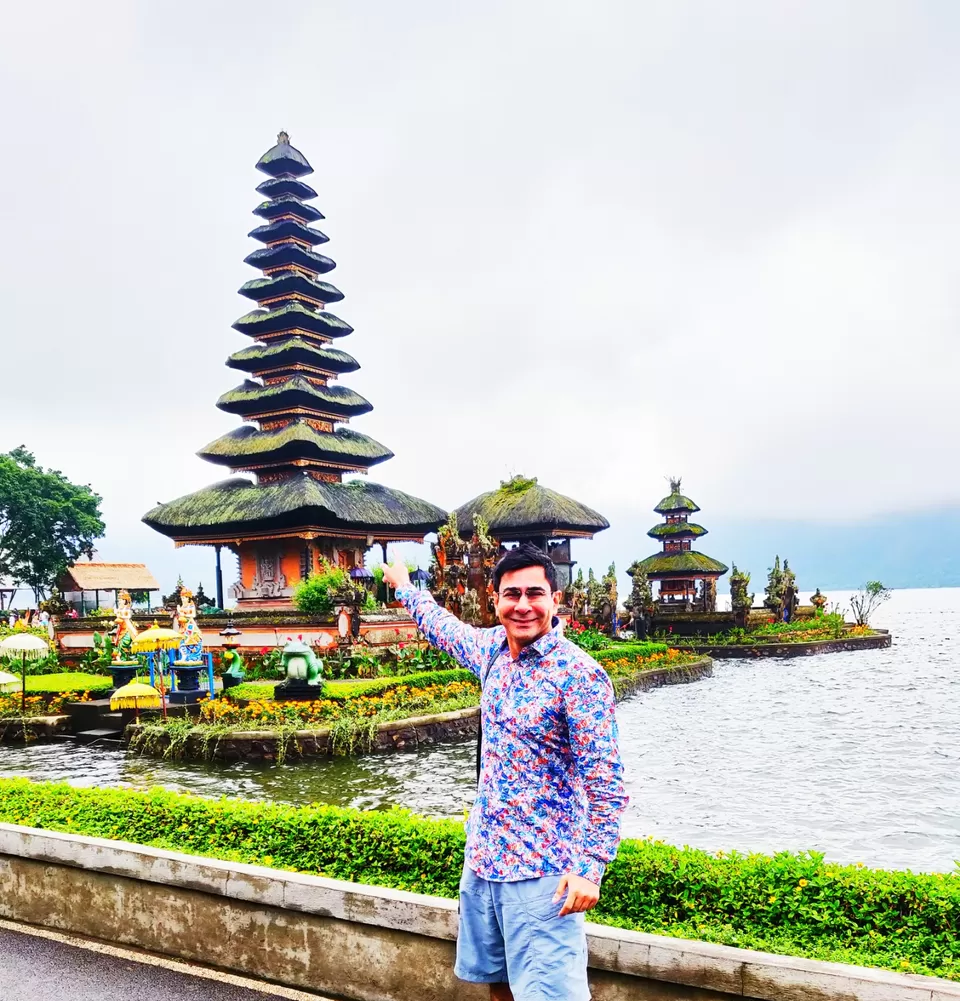
2. Tanah Lot -Tanah Lot Temple is one of Bali’s most important landmarks, which is famed for its unique offshore setting and sunset backdrops. An ancient Hindu shrine perched on top of an outcrop amidst constantly crashing waves; Tanah Lot Temple is simply among Bali’s not-to-be-missed icons.
The onshore site of the Tanah Lot temple complex is dotted with smaller shrines together with visitors’ leisure facilities that comprise restaurants, shops and a cultural park where regular dance performances are shown regularly. The temple is located in the Beraban village of the Tabanan regency, an approximate 20km north-west of Kuta. It is often included on sightseeing and cultural tours to Bali’s western and central regions
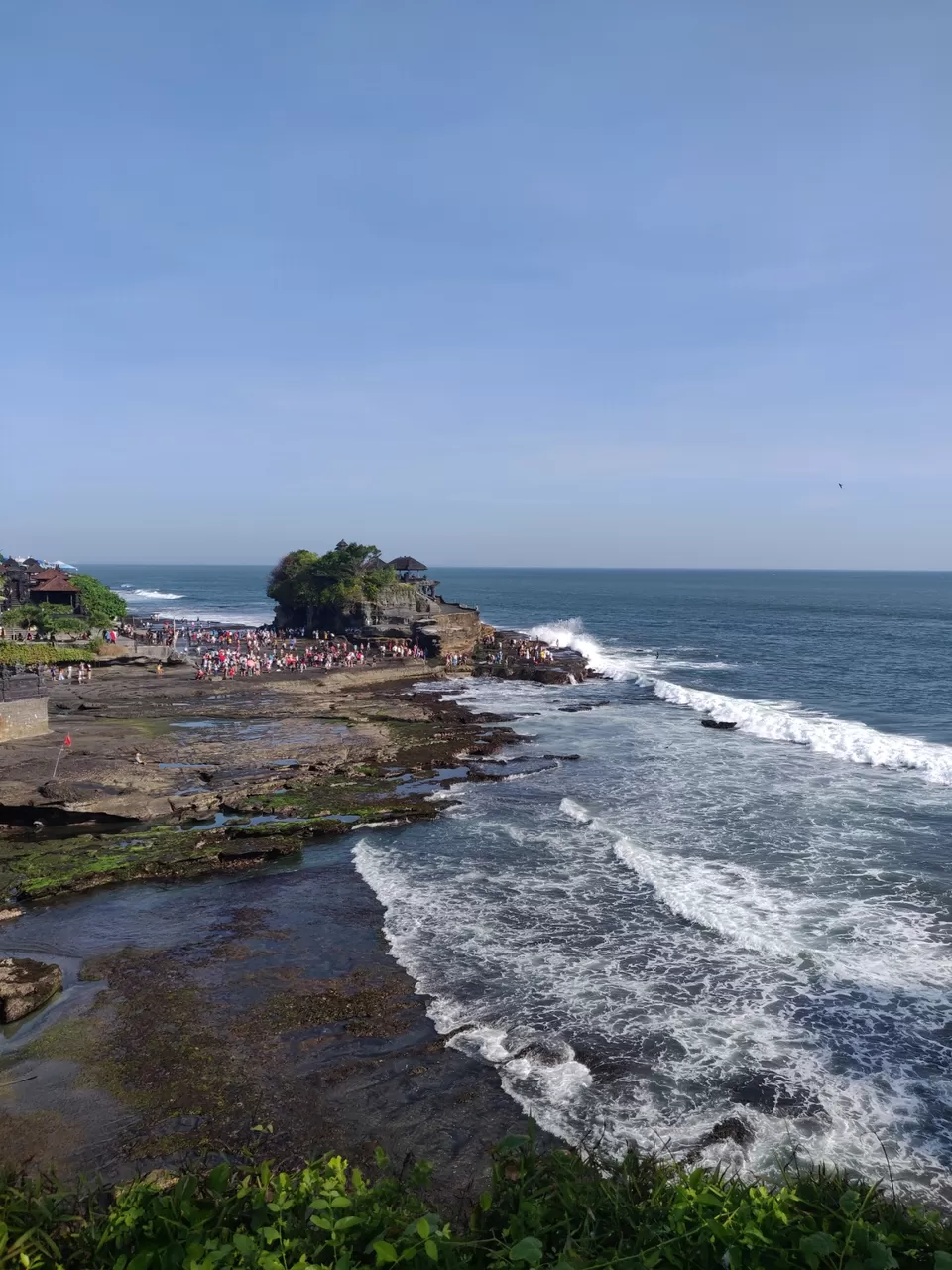
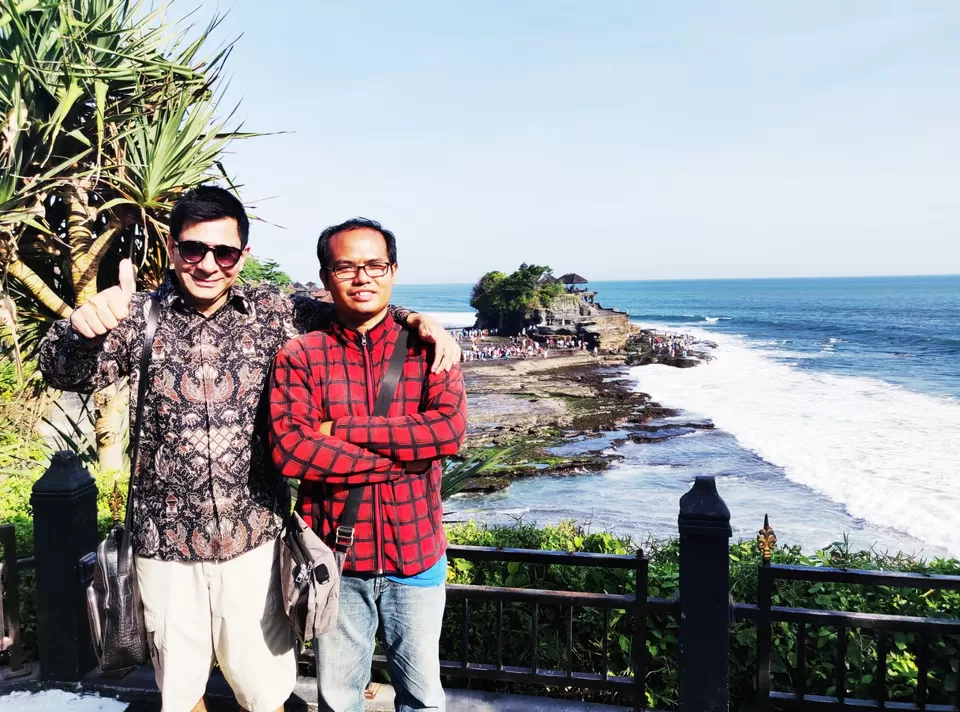
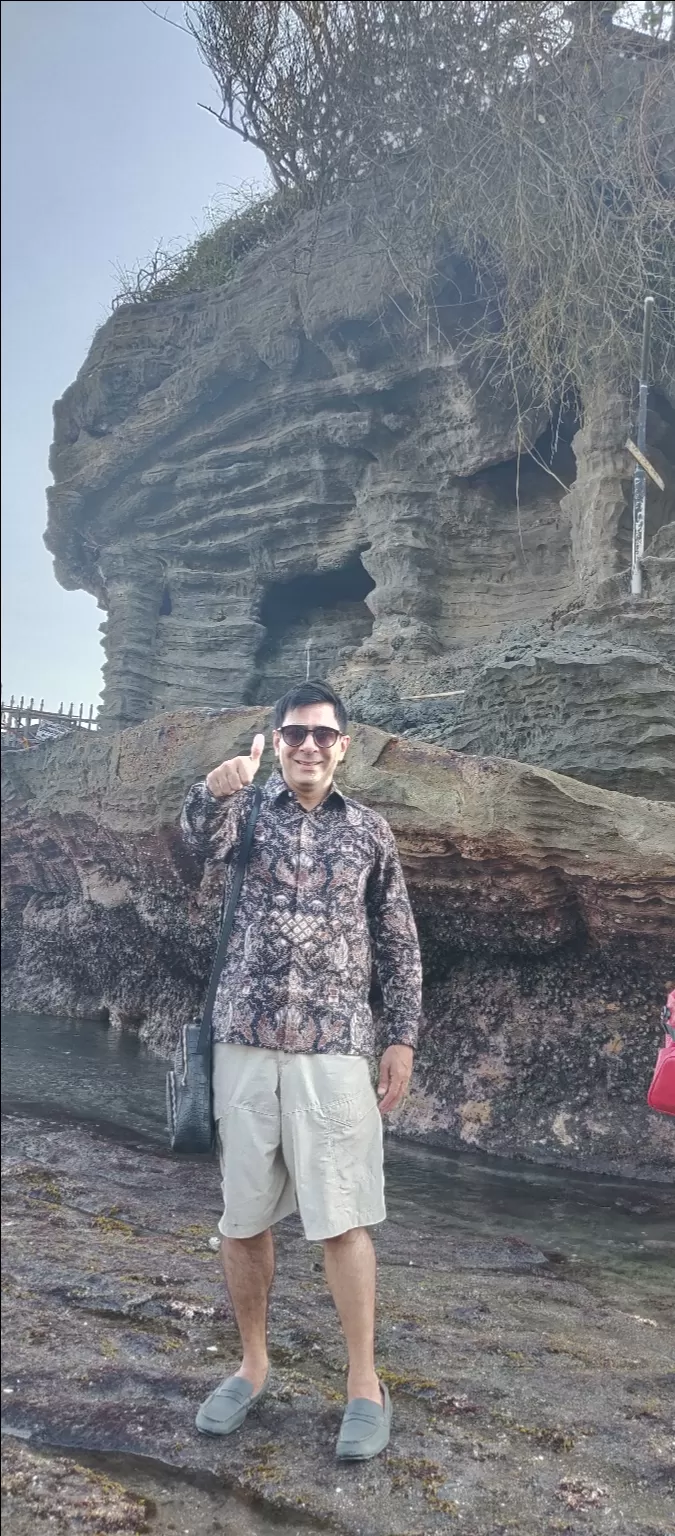
3.Taman Ayun is a major temple and landmark in the village of Mengwi, 17 km northwest of Denpasar. The temple complex is well-known for its magnificent traditional architectural features spread throughout its courtyards and enclosures. The temple also has expansive gardens with beautiful lotus-filled fish ponds.
The name Taman Ayun translates to ‘beautiful garden’. This palatial complex is a great place to marvel not only at early Balinese architecture but also to imagine how Balinese royals lived their life behind palace walls back in the day. There are vast pools, for instance, where palace maids would sail about in small canoes.
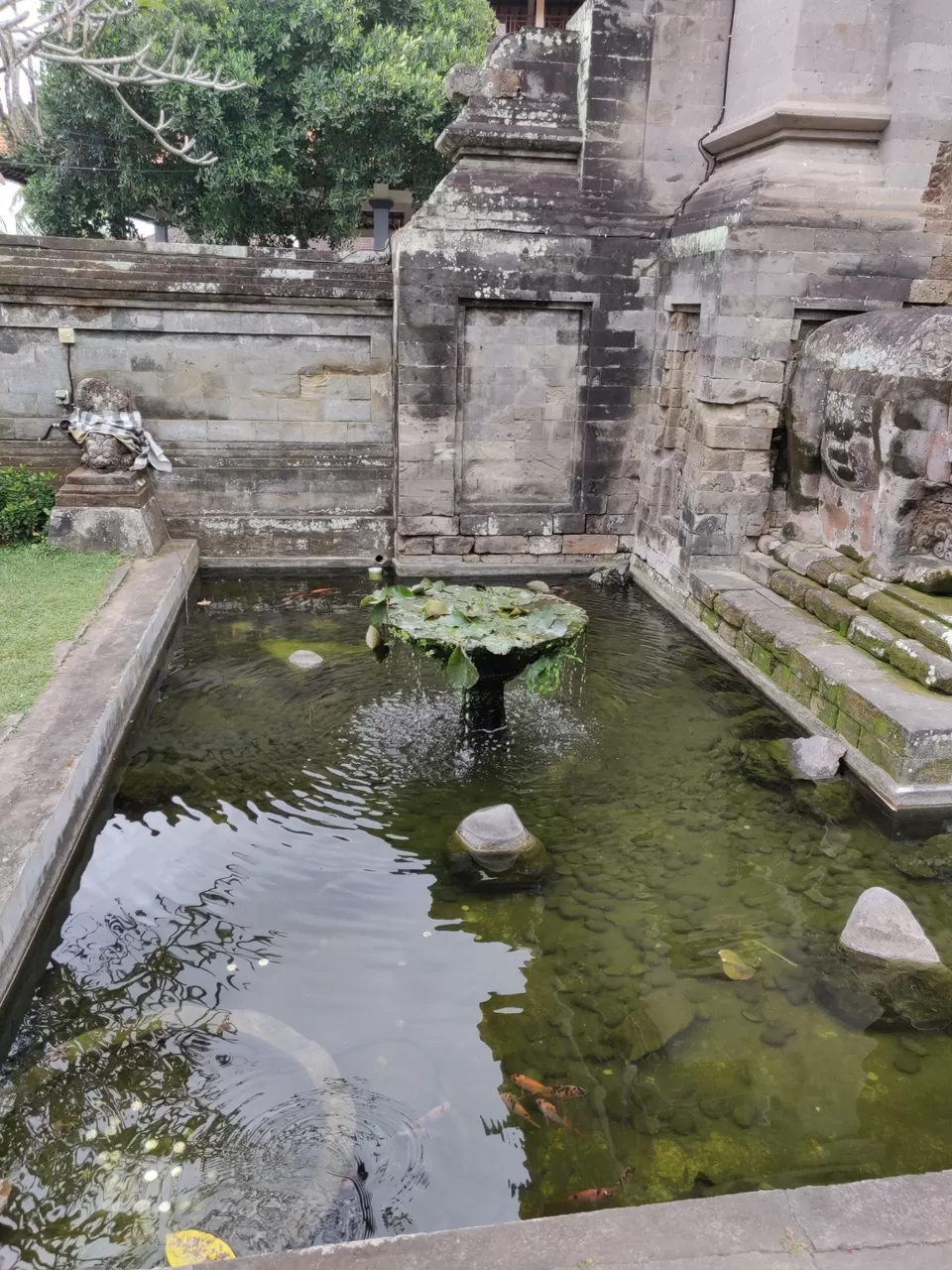
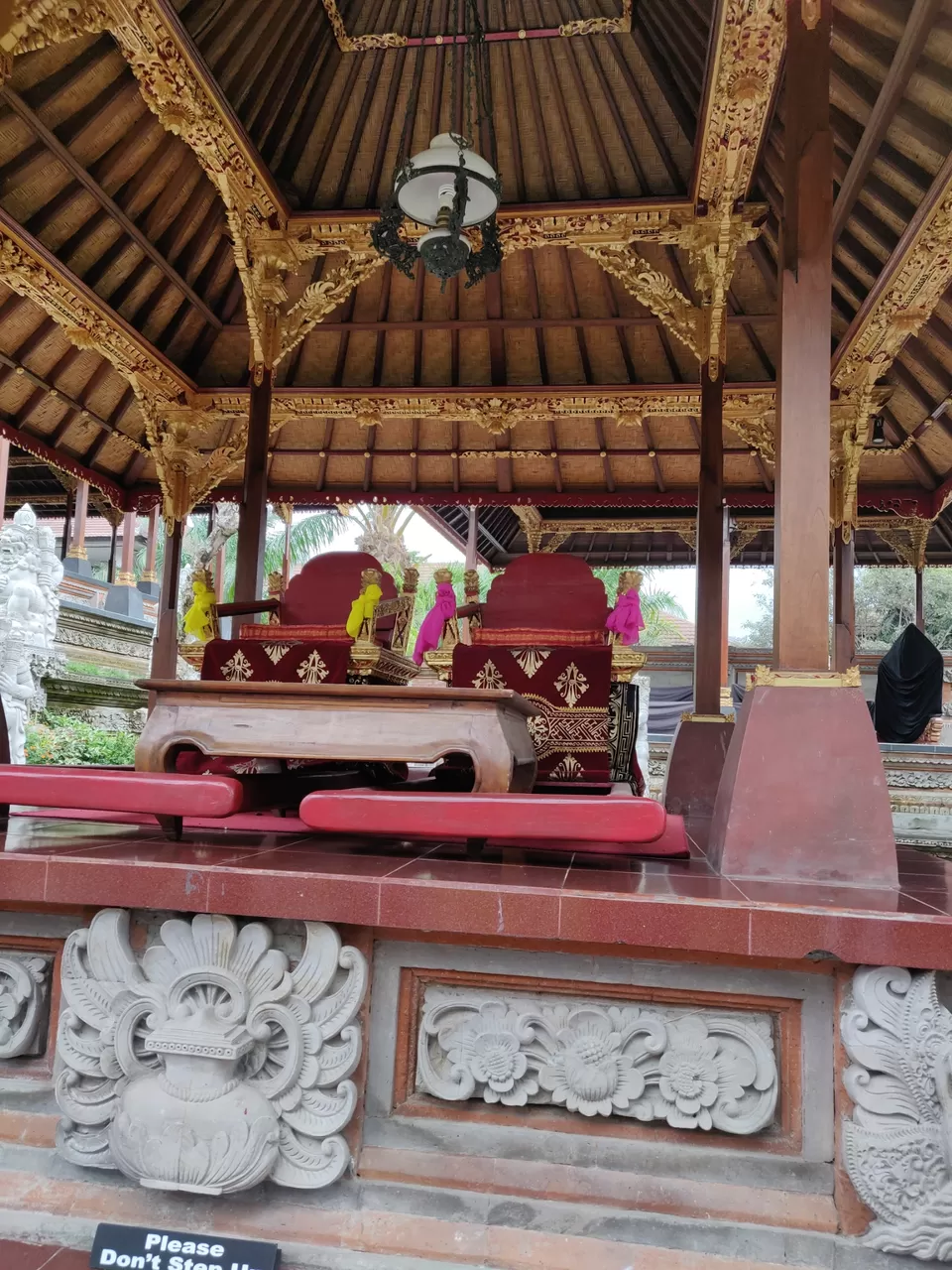
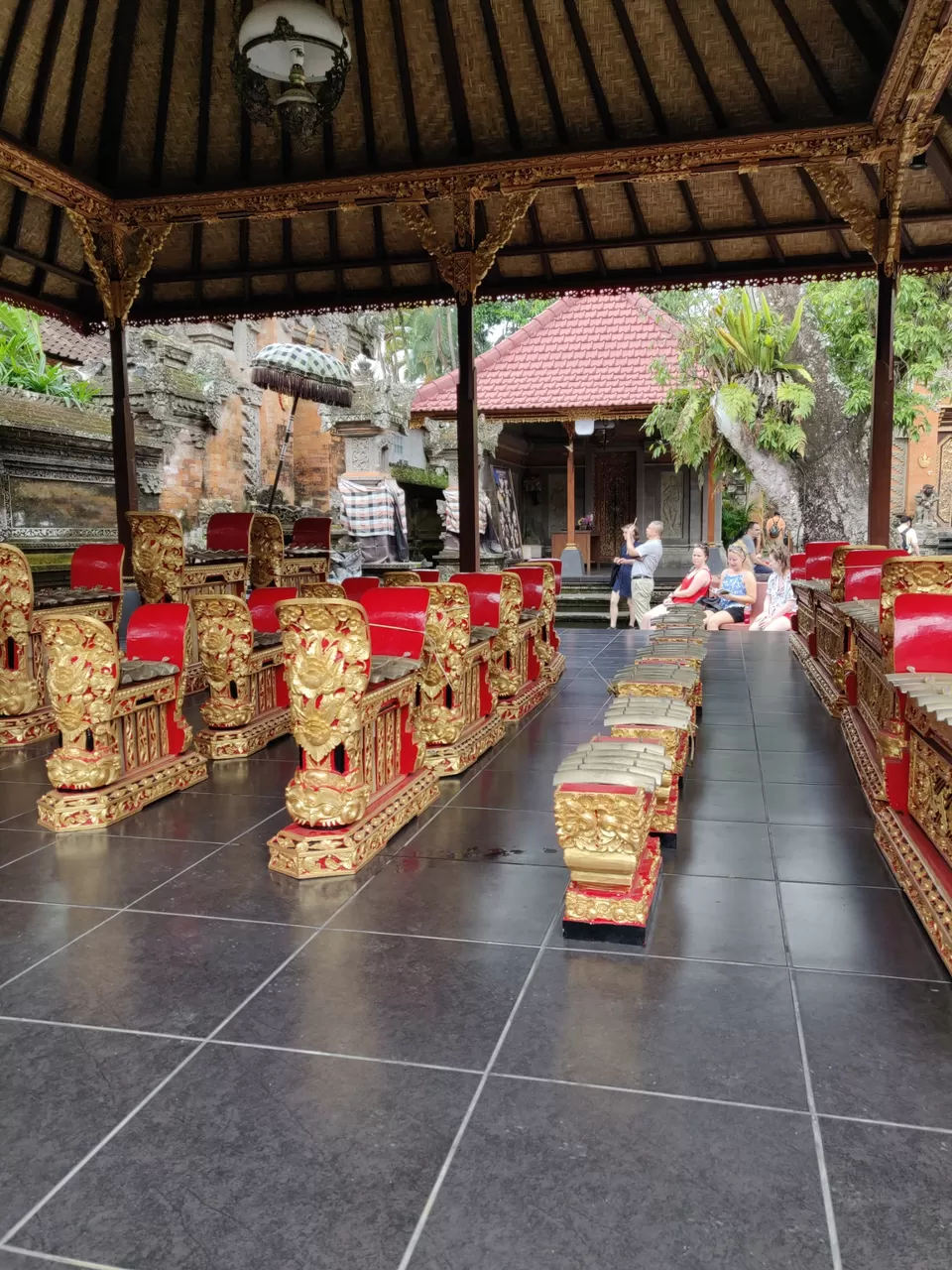
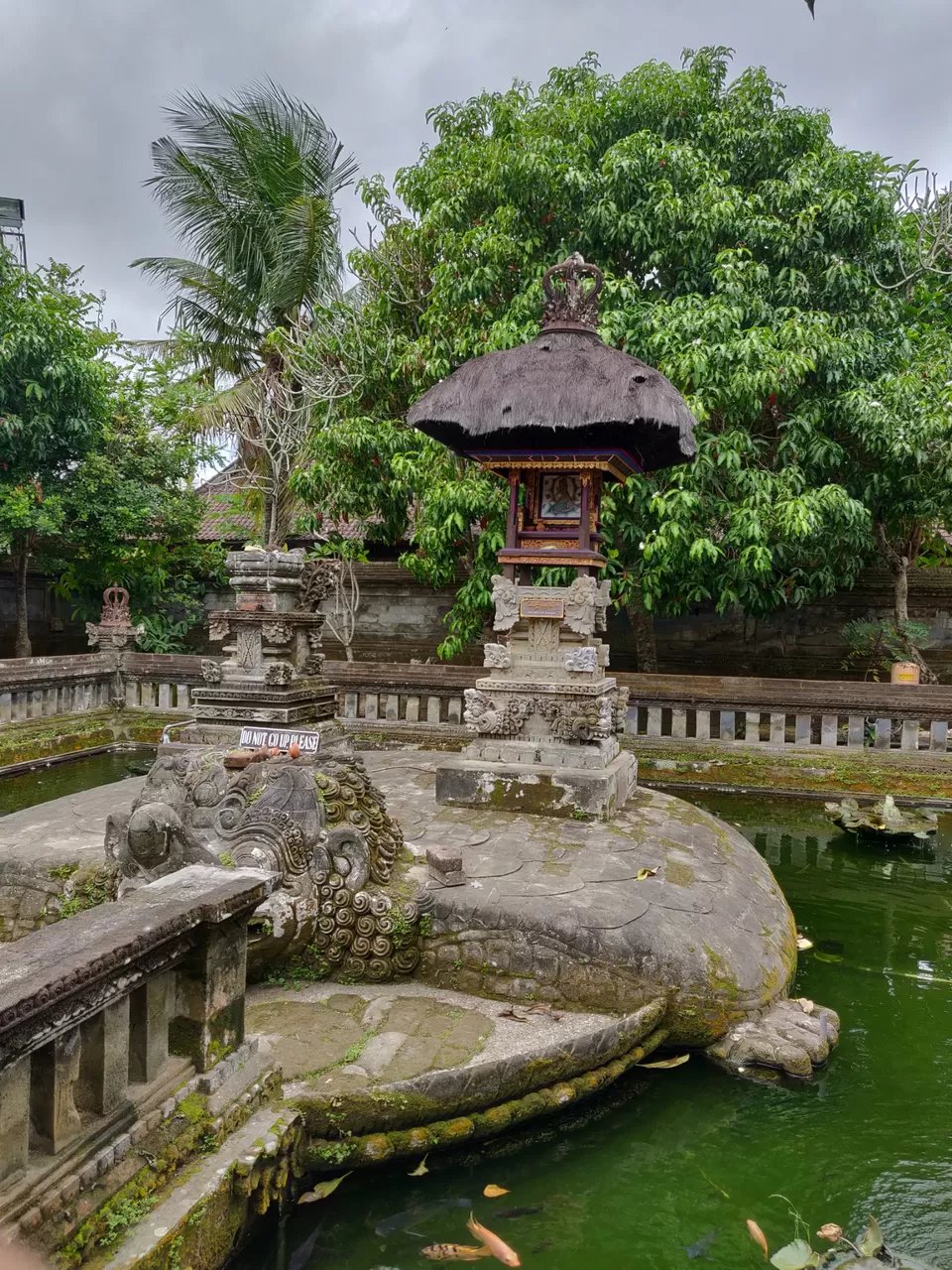
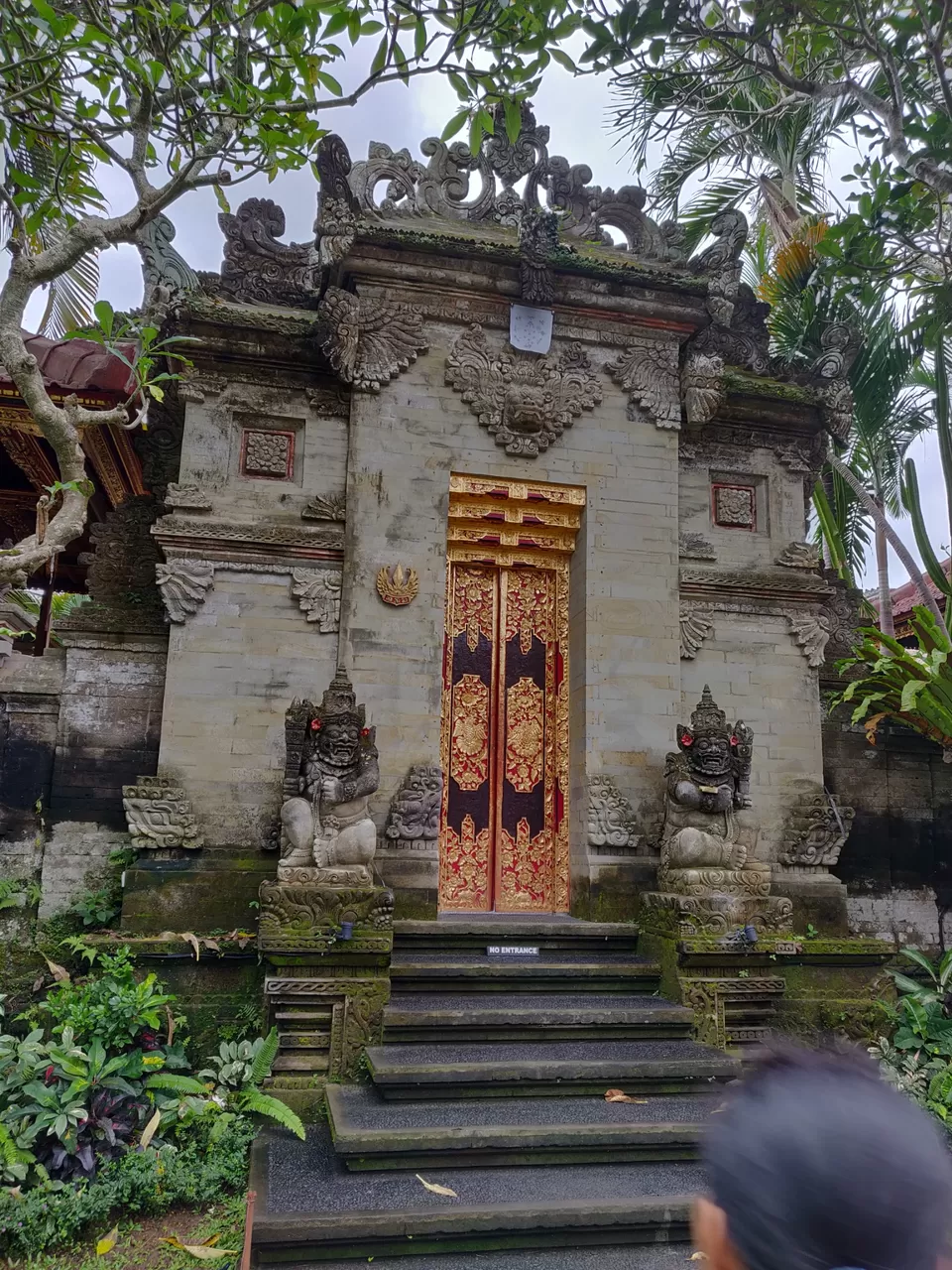
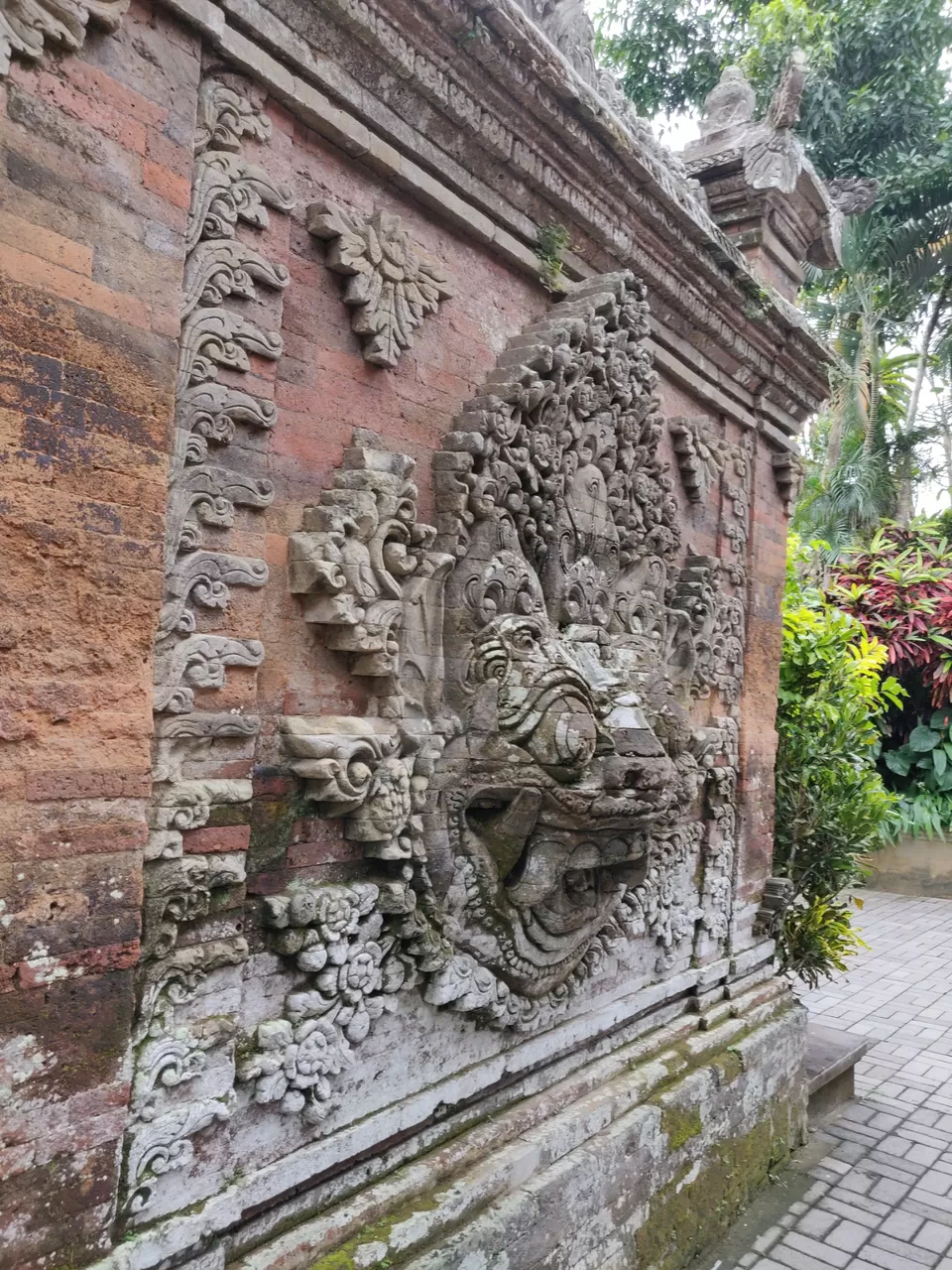
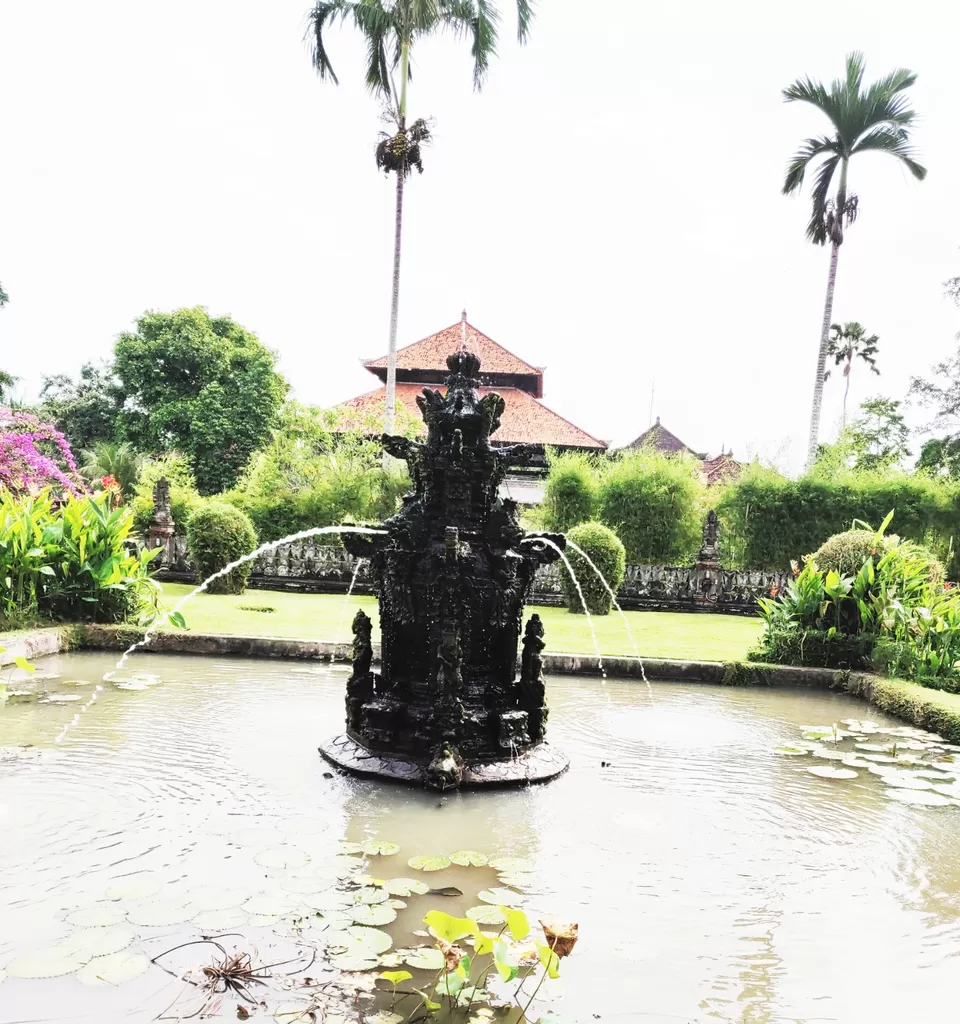
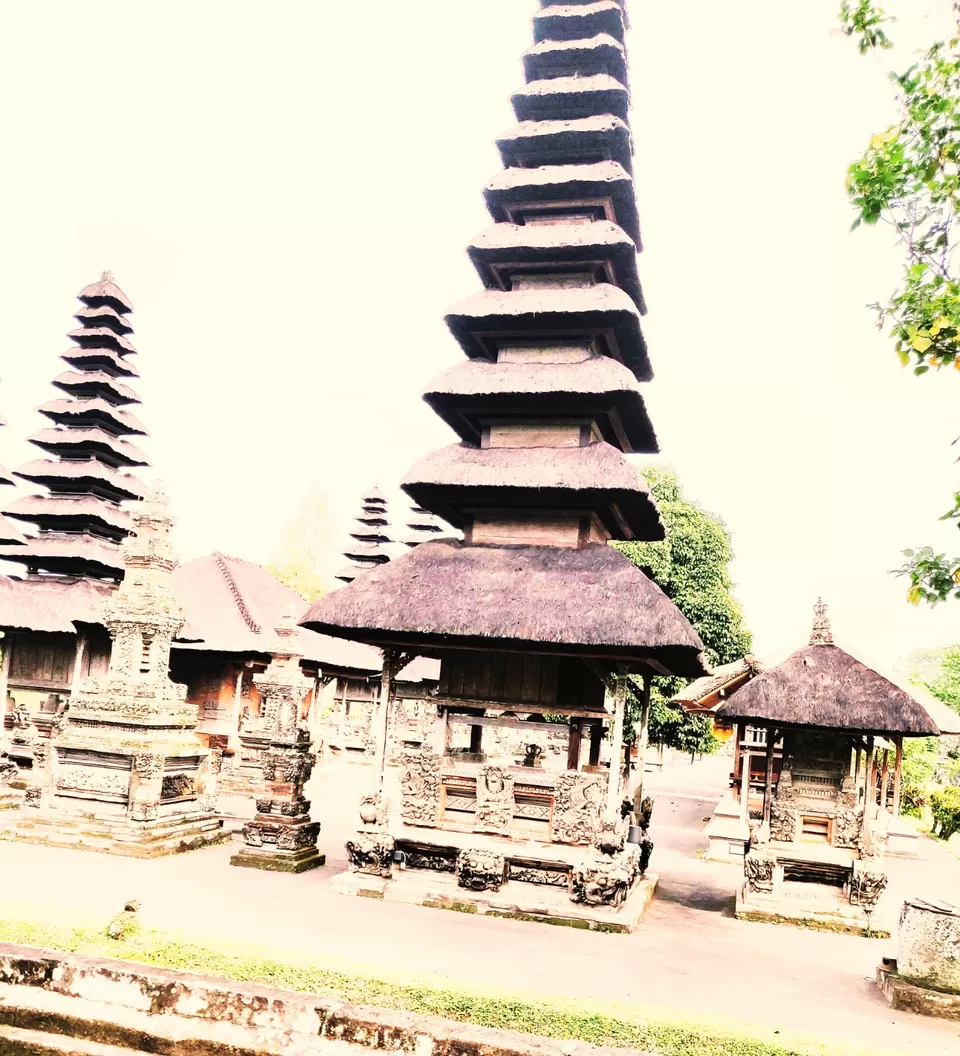
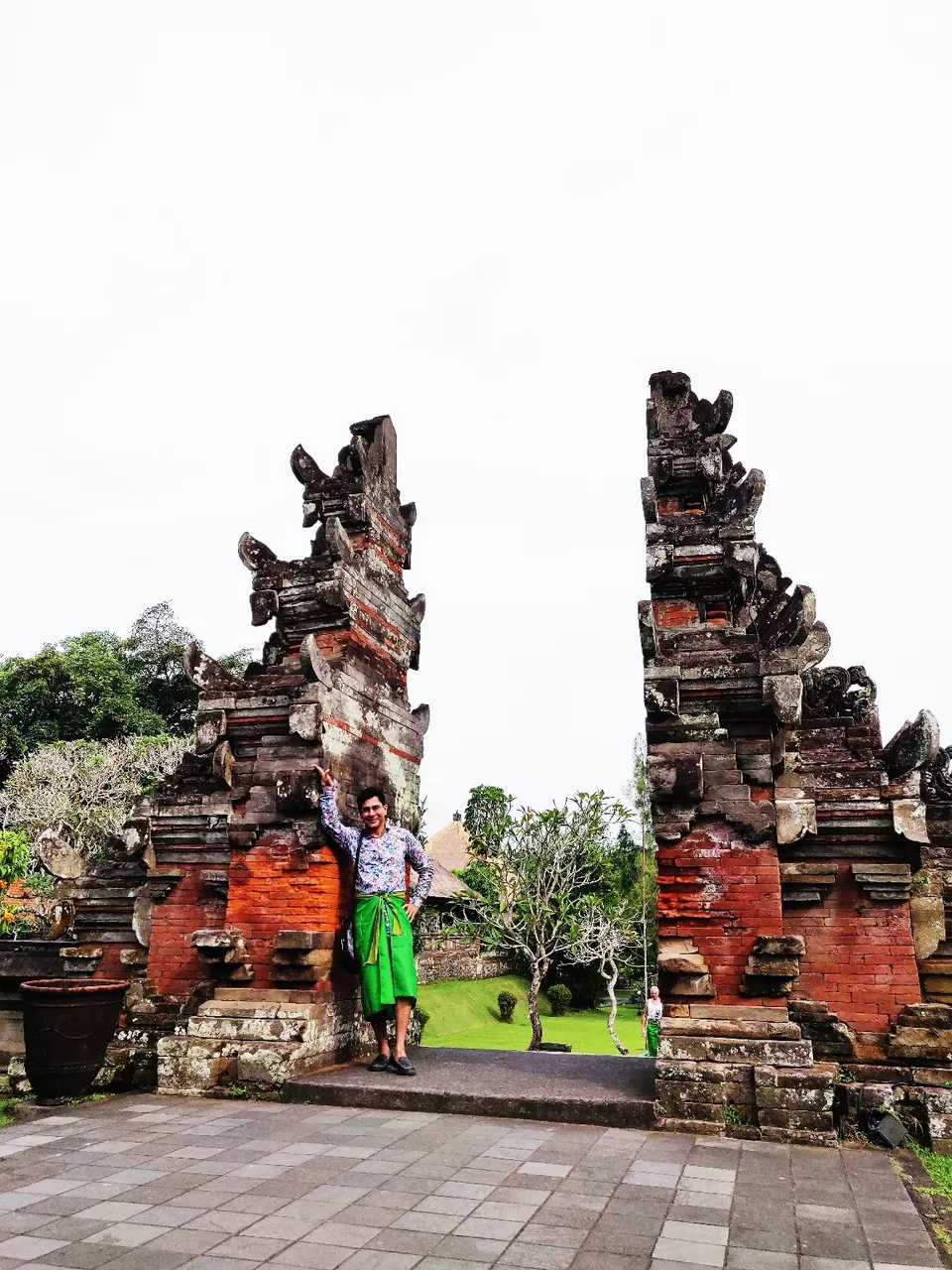
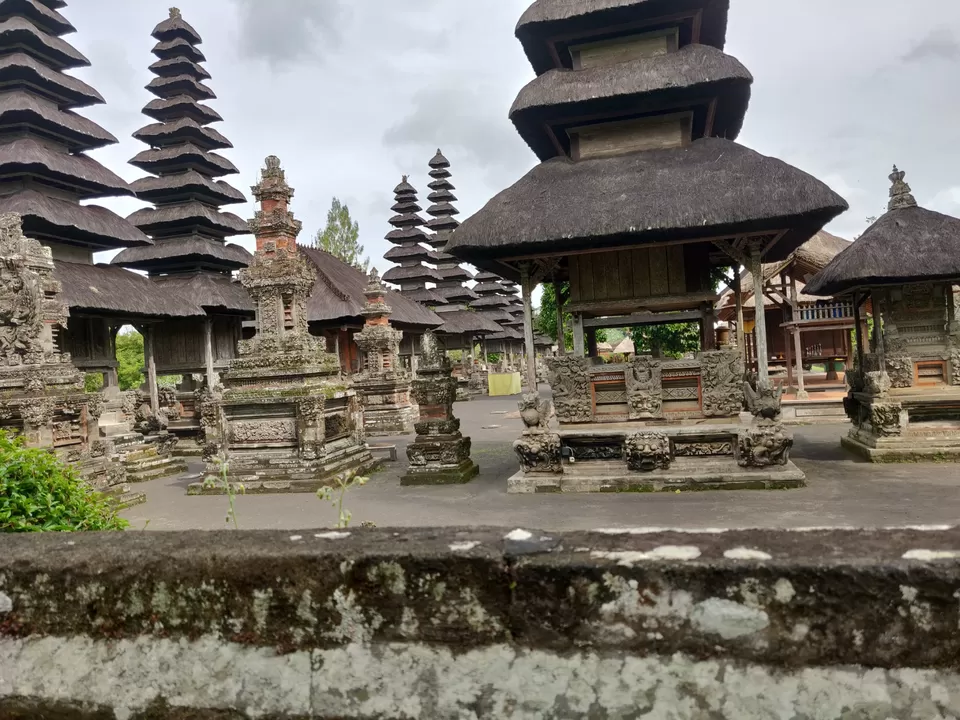
The day of the BEACHES ⛱
Most of the best beaches in Bali are found in the south: around Kuta, Jimbaran, and the Bukit Peninsula. Some of these are also very busy (particularly the coast from Kuta to Seminyak). If you get a taxi it's easy to find some great stretches of sand with few other tourists.
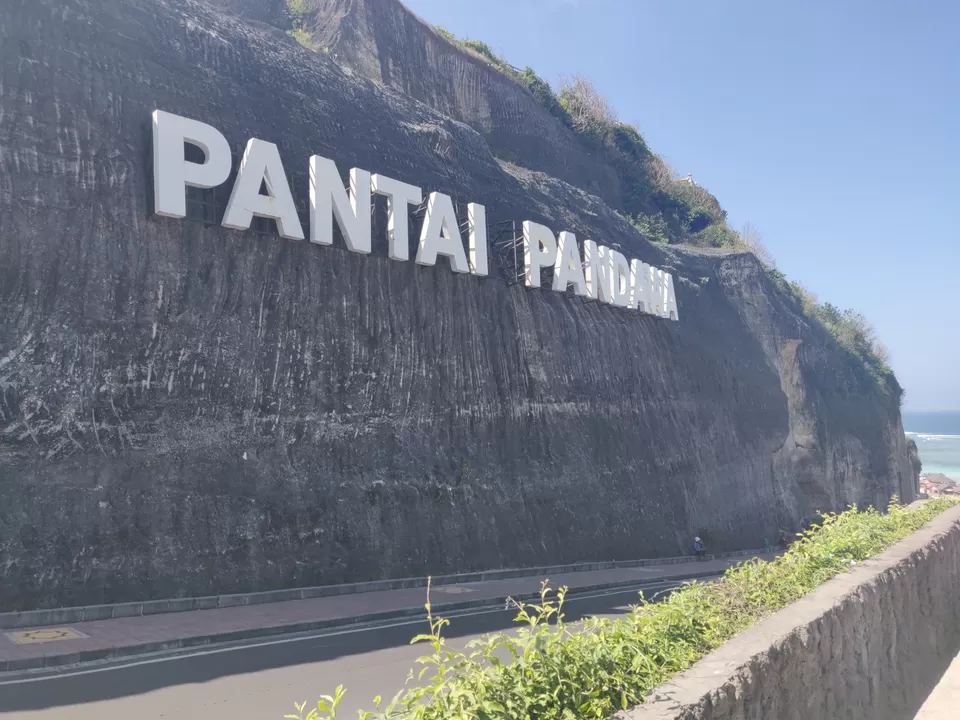
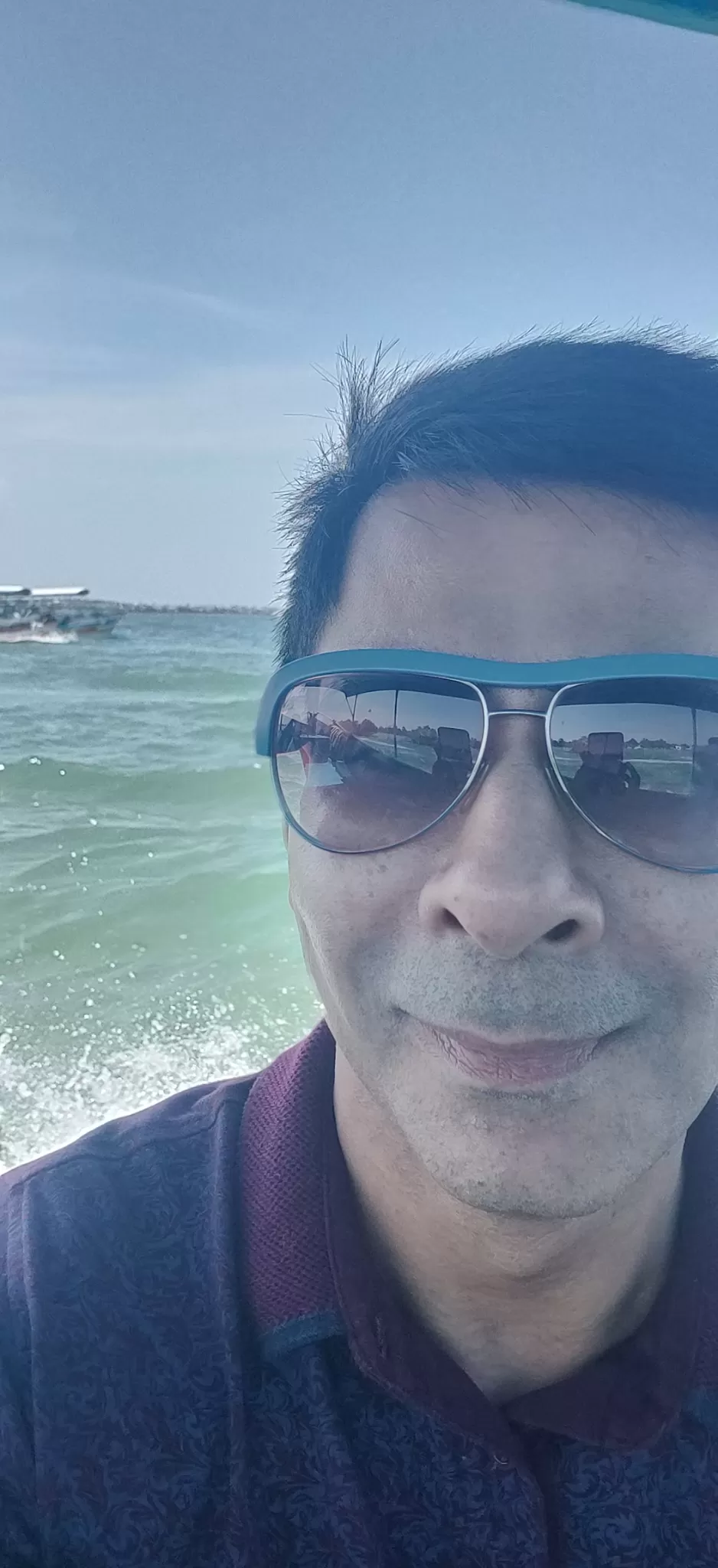
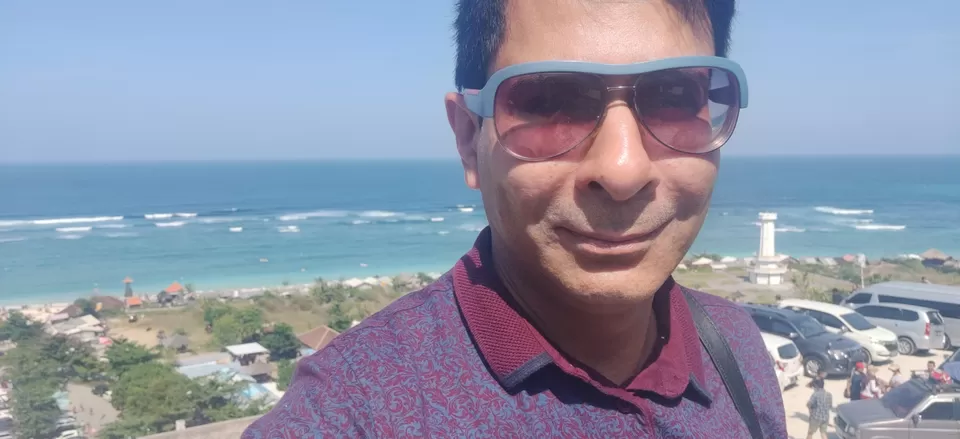


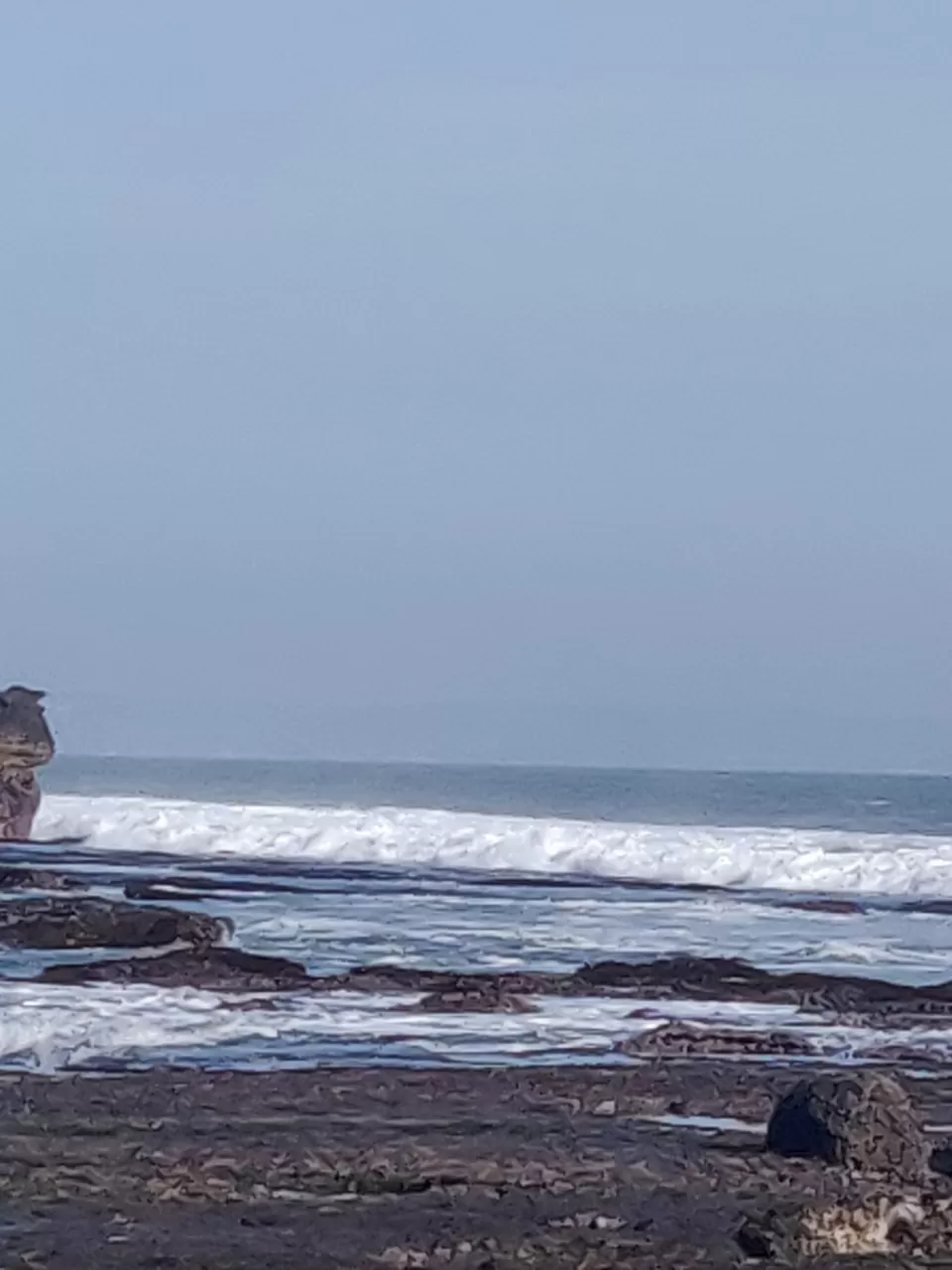
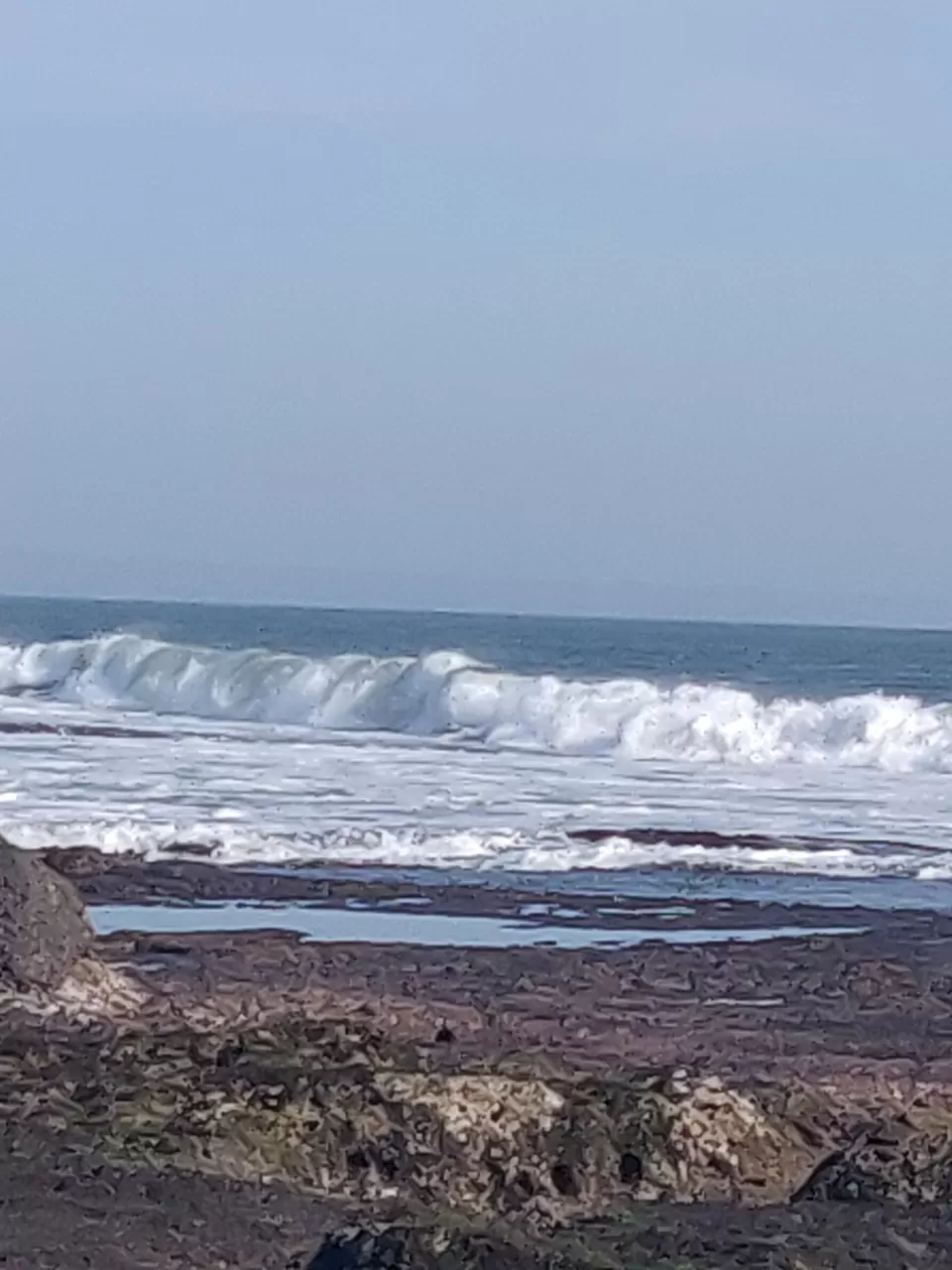
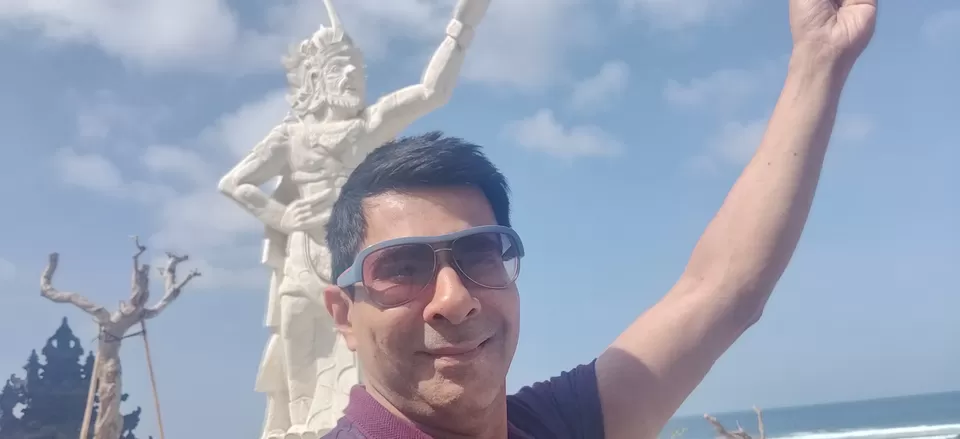
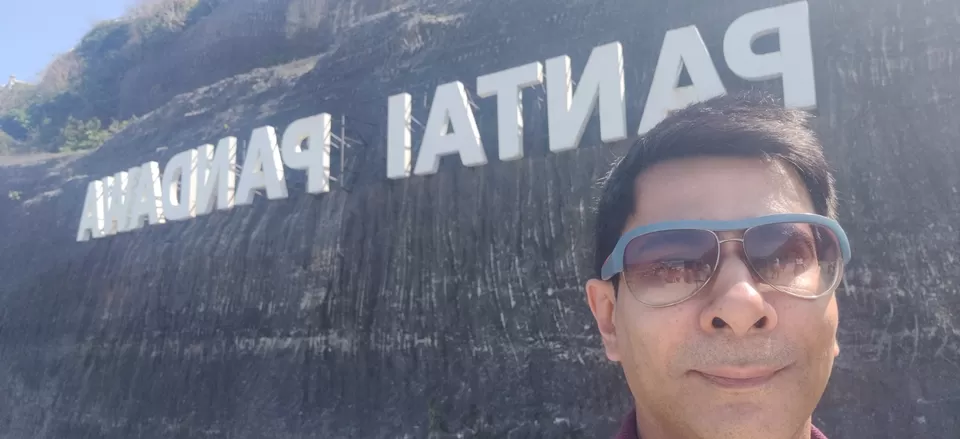
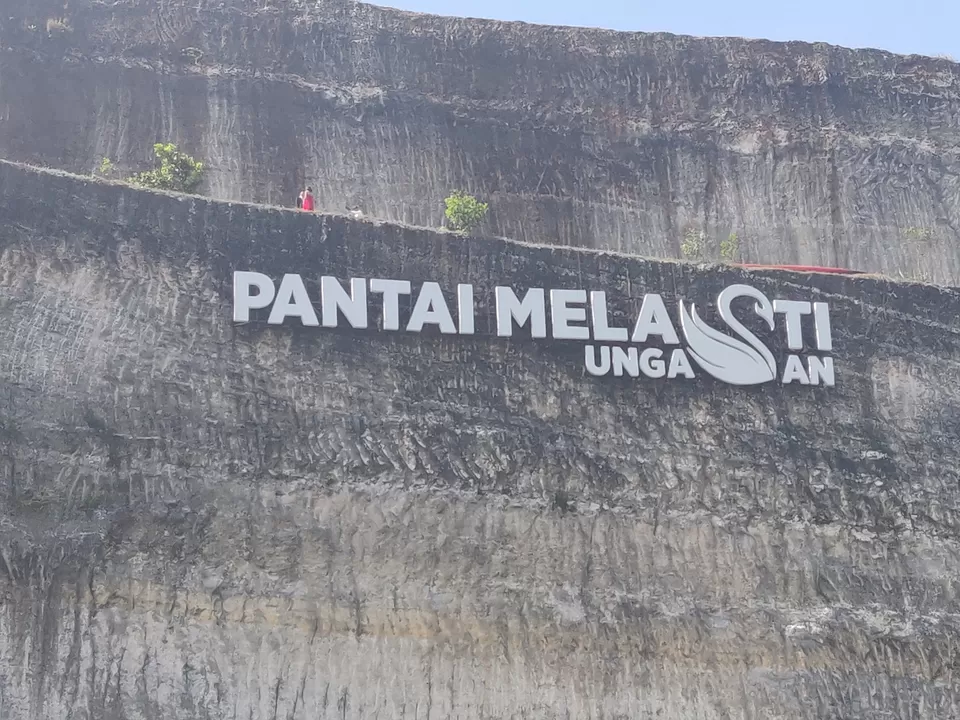
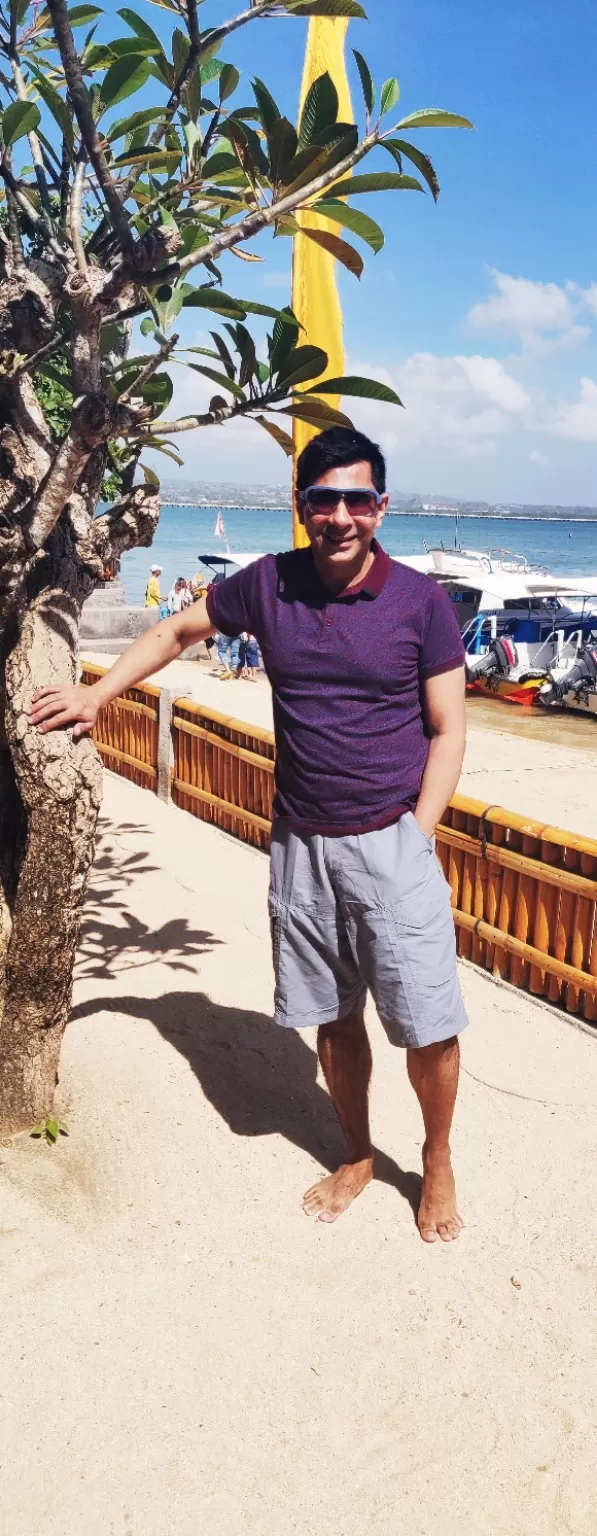
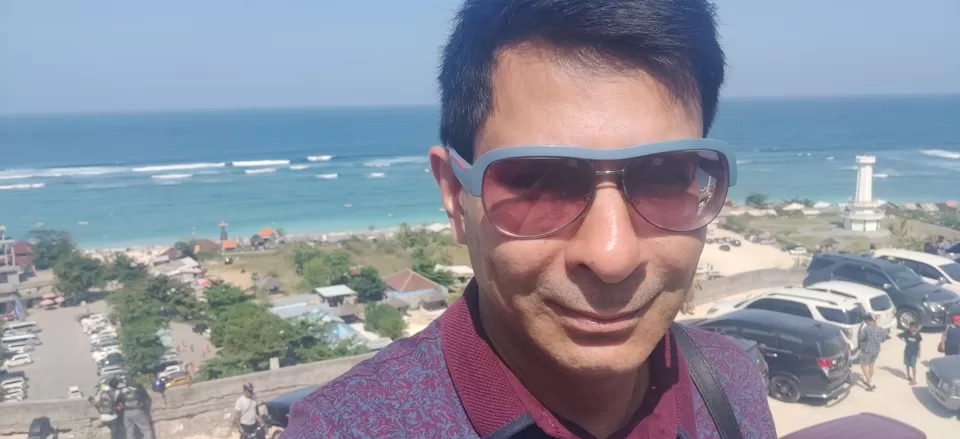
Uluwatu temple :
Renowned for its magnificent location, perched on top of a steep cliff approximately 70 metres above the waves. As one of the 6 key temples considered to be Bali's 'spiritual pillars', Uluwatu also shares the splendid sunset backdrops as that of Tanah Lot Temple, another important sea temple that graces the island's western coast.
Pura Luhur Uluwatu is definitely one of the top places in Bali for witnessing a delightful sunset, with direct views overlooking the beautiful waves of the Indian Ocean and daily Kecak dance performances held at an amphitheatre nearby. Balinese architecture, traditionally-designed gateways, and ancient sculptures all add to Uluwatu Temple's appeal.
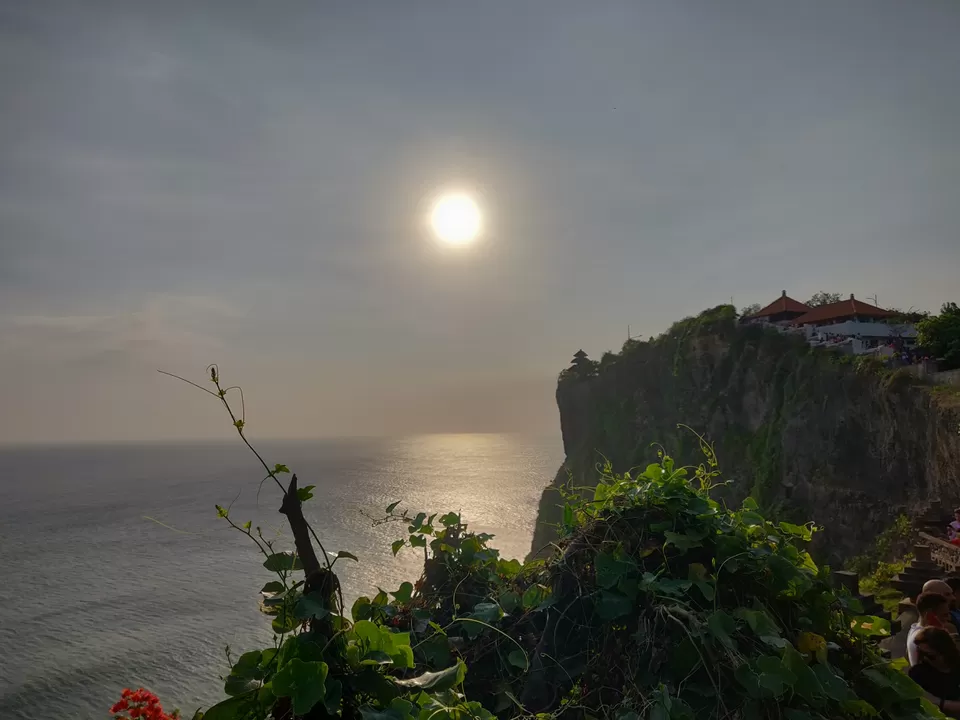
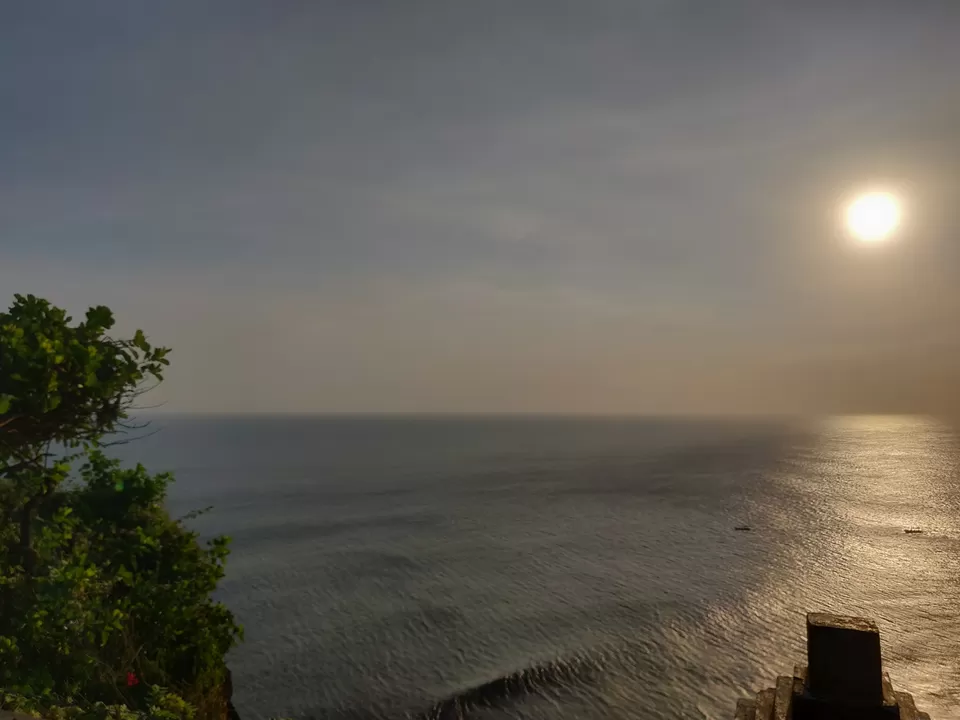
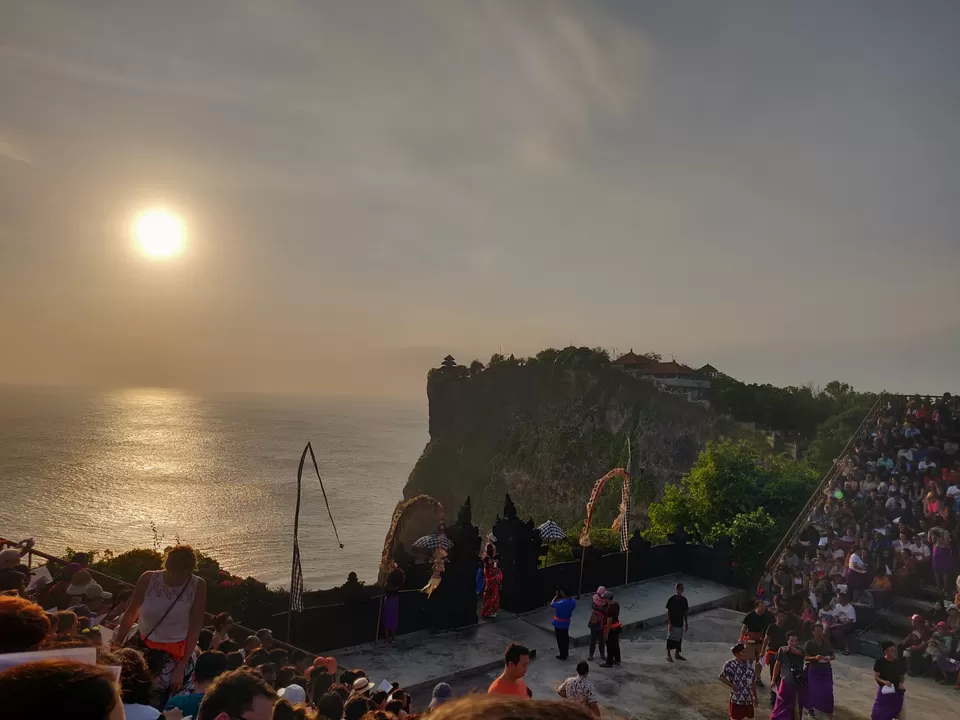
Jimbaran
Surf’s Up
You can’t not mention Jimbaran and the beach in the same breath. It is after all part of the Bukit Peninsula and has some of the best beaches in Bali. Some of the beaches in Jimbaran are Jimbaran beach, Suluban, Padang Padang, Pandawa, Dreamland, Balanagan and Bingin. Of these Suluban, Padang Padang and Dreamland are known for their reef breaks, which means some pretty epic waves for surfing.
2. Explore a hidden beach
30 minutes away from Jimbaran, Pandawa beach is famous for its inaccessibility making it famous as the ’hidden beach’ due to its location among sheer limestone bluffs. Another fun fact about Pandawa beach is its name, which comes from the five Pandavas from the Mahabharata. Their statues can be found adorning stone arches in nearby Kutuh village.
3. See a new avatar of Vishnu
Jimbaran however isn’t just a beach town with nothing else to do. It is culturally significant as it has a number of temples and historical sites from Indonesia’s past. Garuda Wisnu Kencana is one such place. A cultural park in Ungasan, a few minutes’ drive from Jimbaran’s centre, all 250 hectares of this park are postcard worthy vistas. The name is derived from a large statue of Lord Vishnu, seated on a majestic garud. The Balinese connection to Hinduism is very strong and goes back to the roots of its foundation. Also called GWK, this park has many stages where you can catch local Balinese folk dances, traditional theatre and music performances.
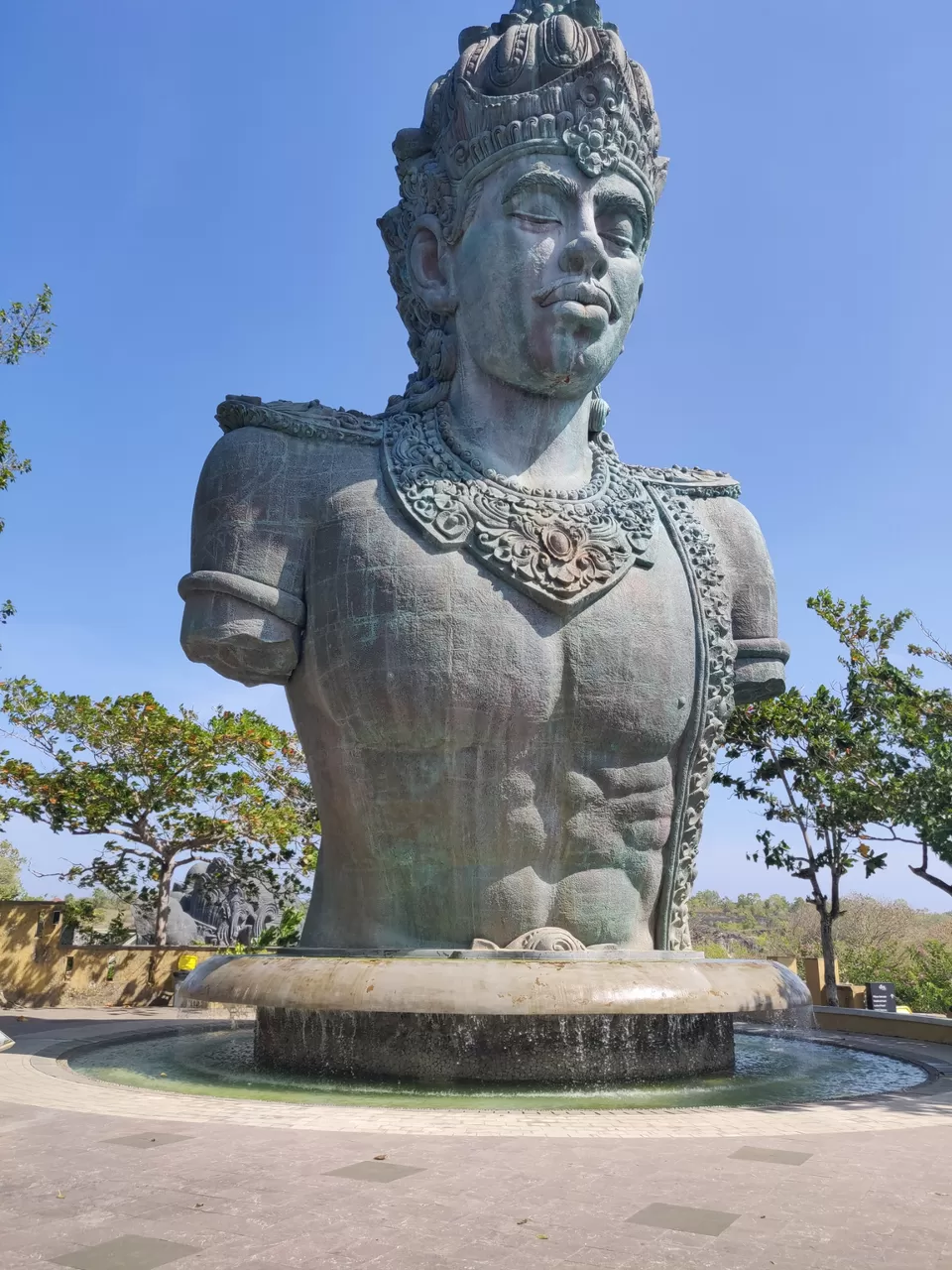
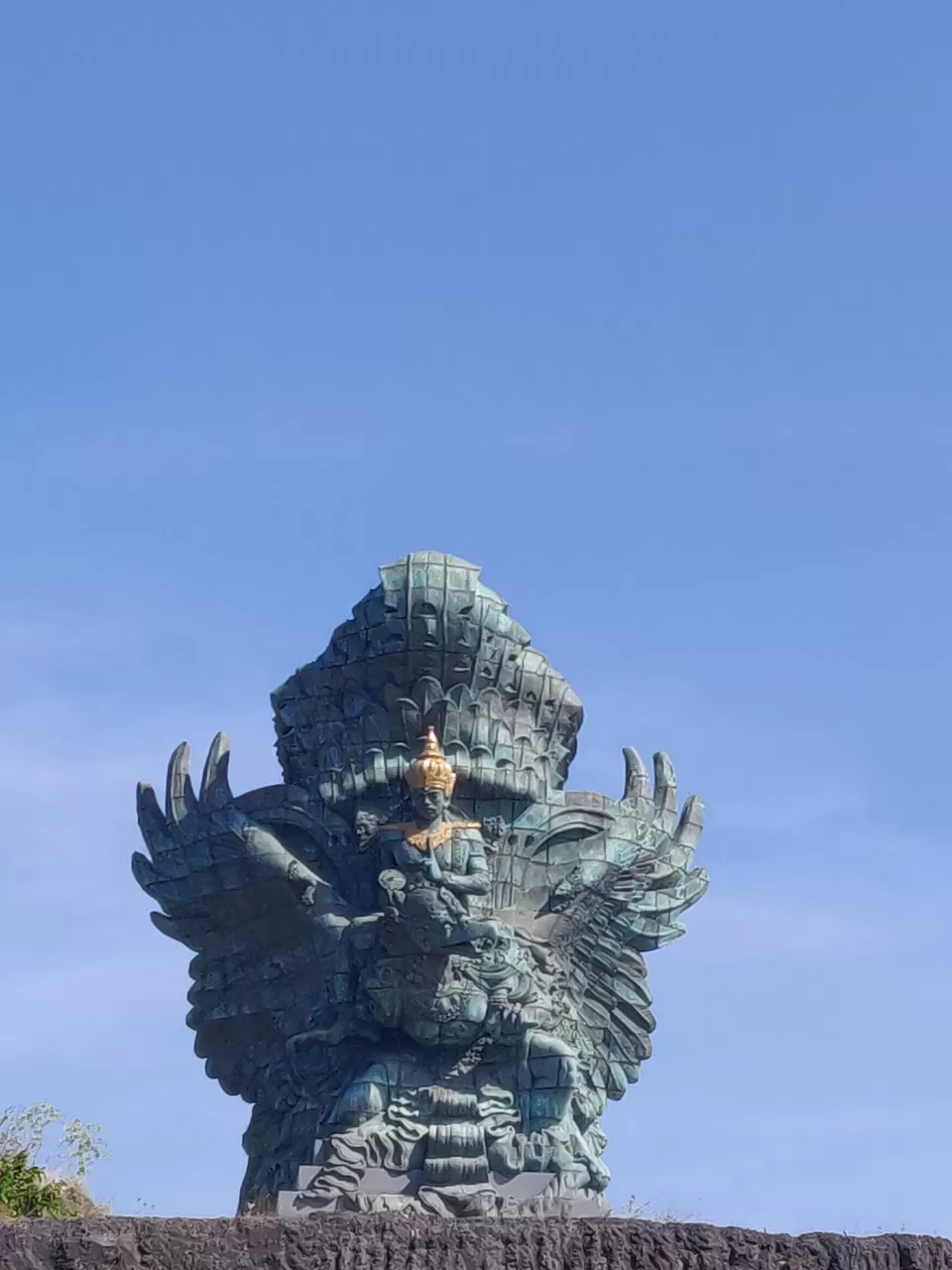

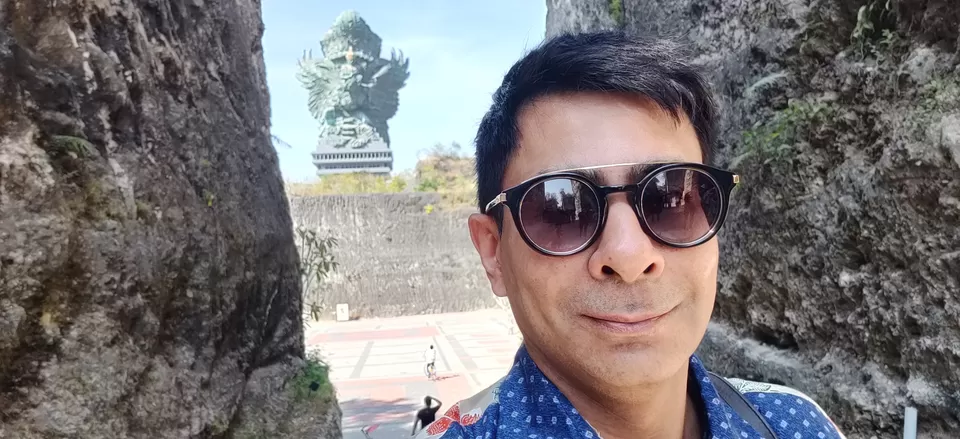
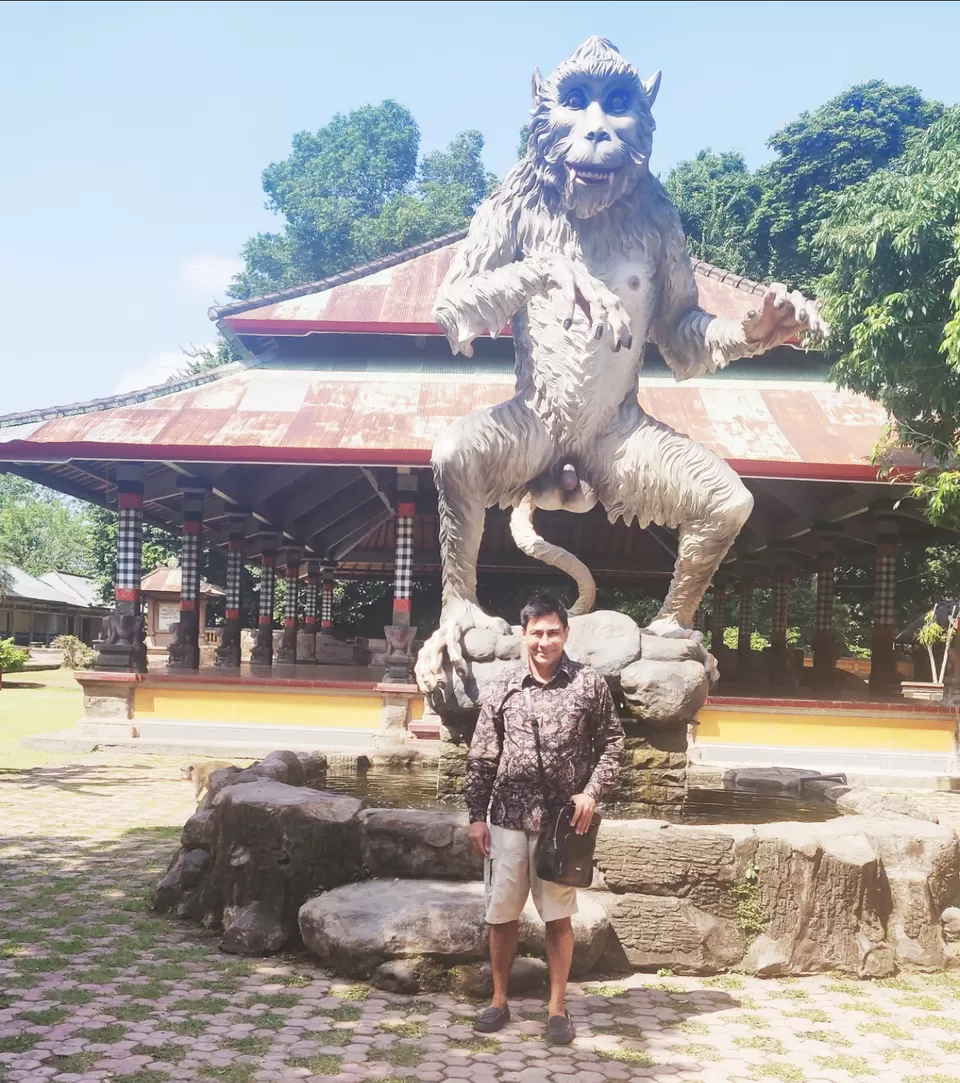
The amazing Jatiluwih rice terraces
Located about 700 metres above sea level in the Penebel district of the Tabanan regency, the drive up to the highlands of Jatiluwih from the island’s south takes about 2 hours. Full-day tour itineraries usually include Jatiluwih as the main attraction alongside other prominent highlights within the region. These include Batukaru Temple and the Alas Kedaton Monkey Forest nearby, together with the picturesque Tanah Lot sea temple near the end of the day, in time for the striking sunset backdrops and dinner shows.
You will find the largest and most picturesque expanse of paddies in Bali, and probably in the whole of Indonesia, here. Another sister area with similar views is the village of Pupuan, also in Tabanan. Lush green views will already come into view upon approaching the region, while the main vantage point lies further up in the village. Entrance to the main area requires a fee that goes to the local village cooperative fund, and which is usually covered by tour operators. Halfway up, the view is truly impressive, with 180 degrees of gently sloping terraces as far as the eye can see.
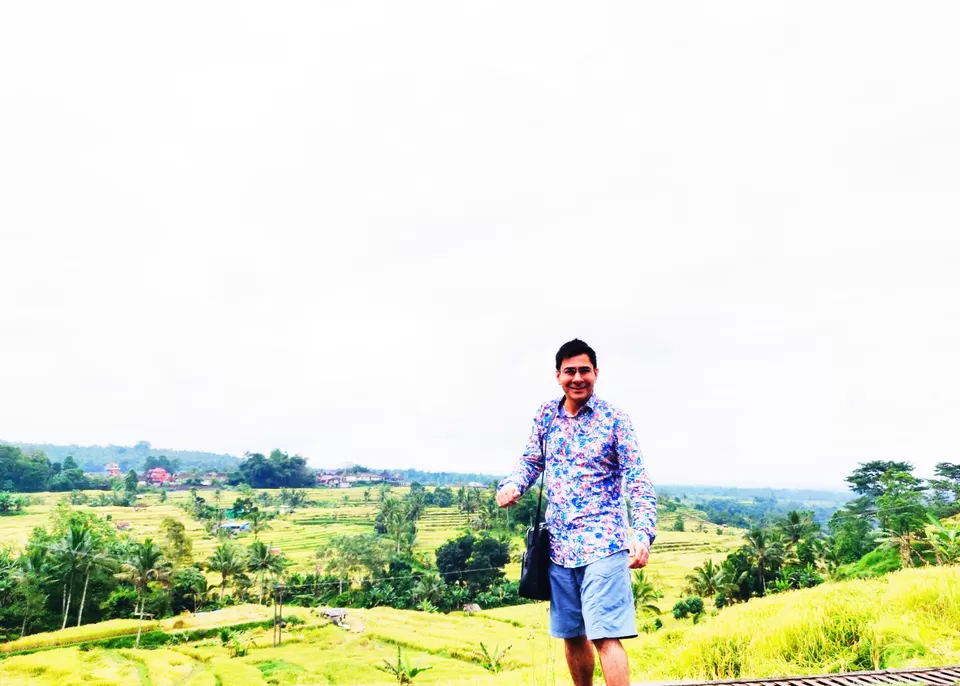
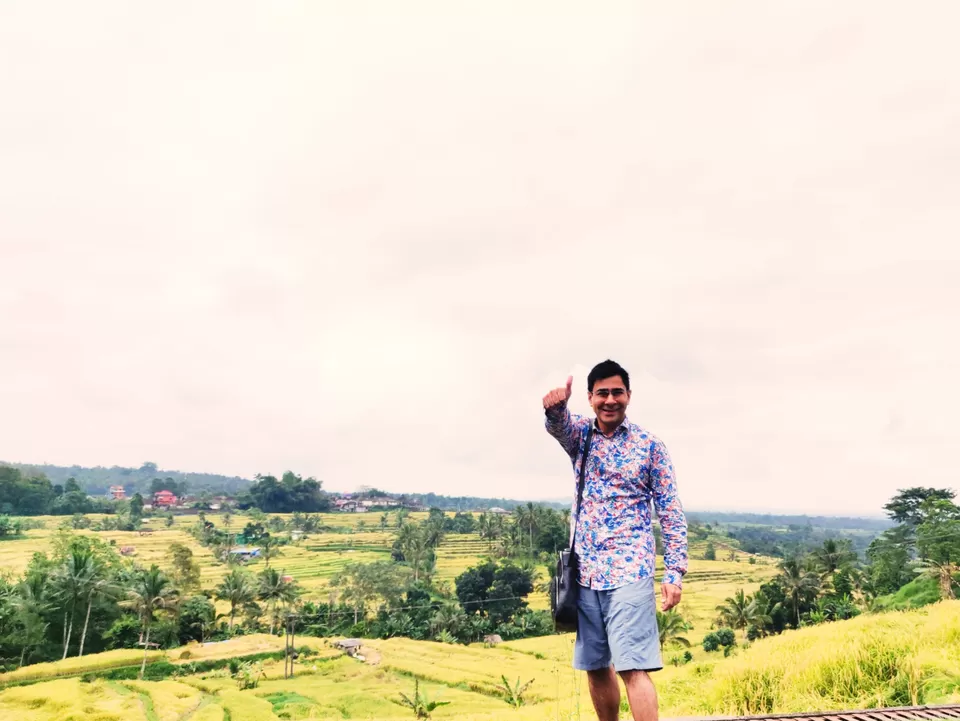
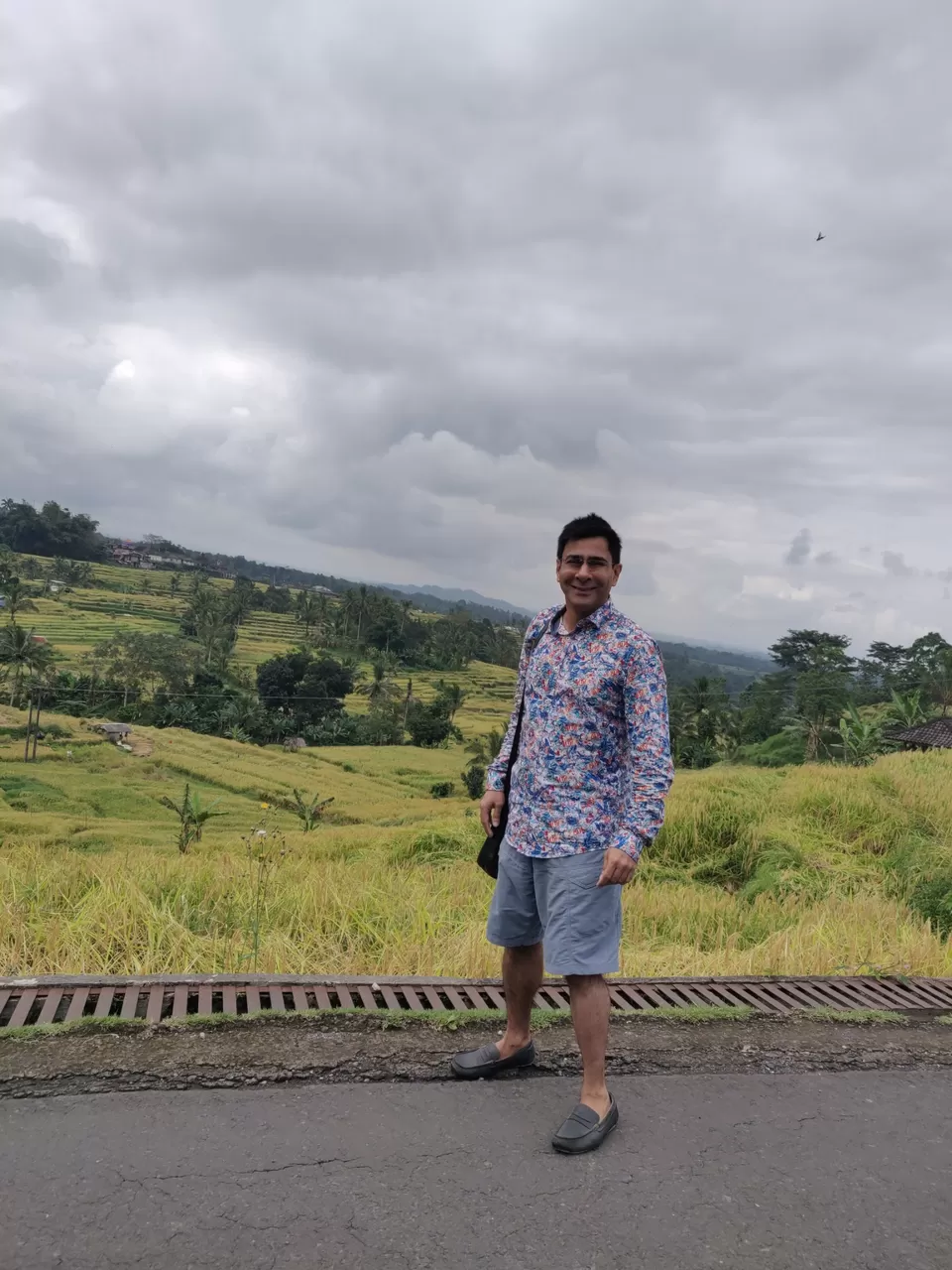
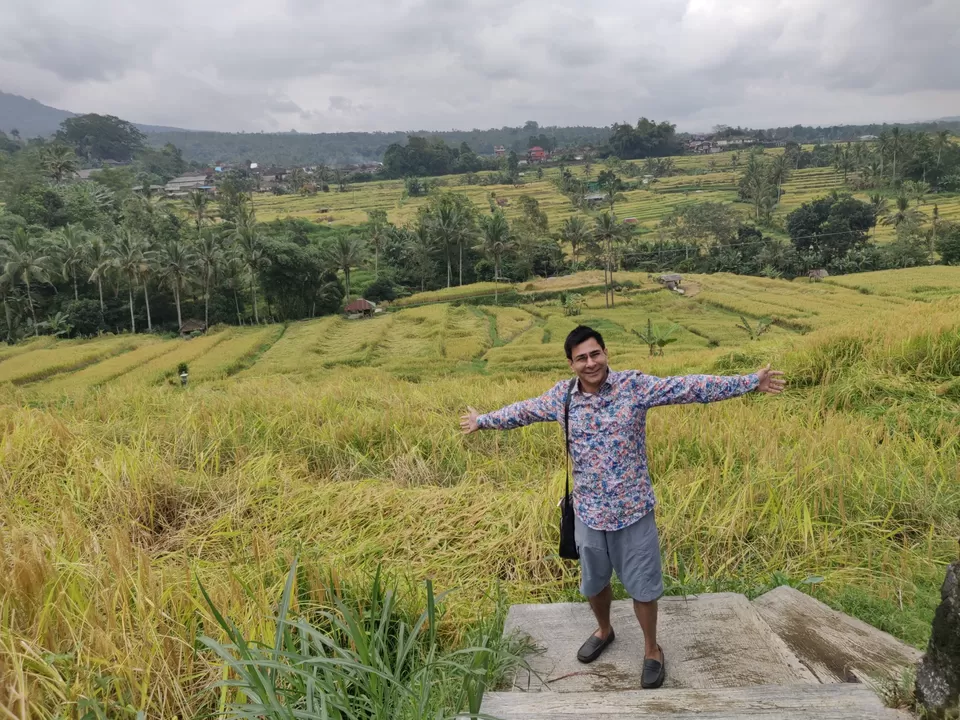
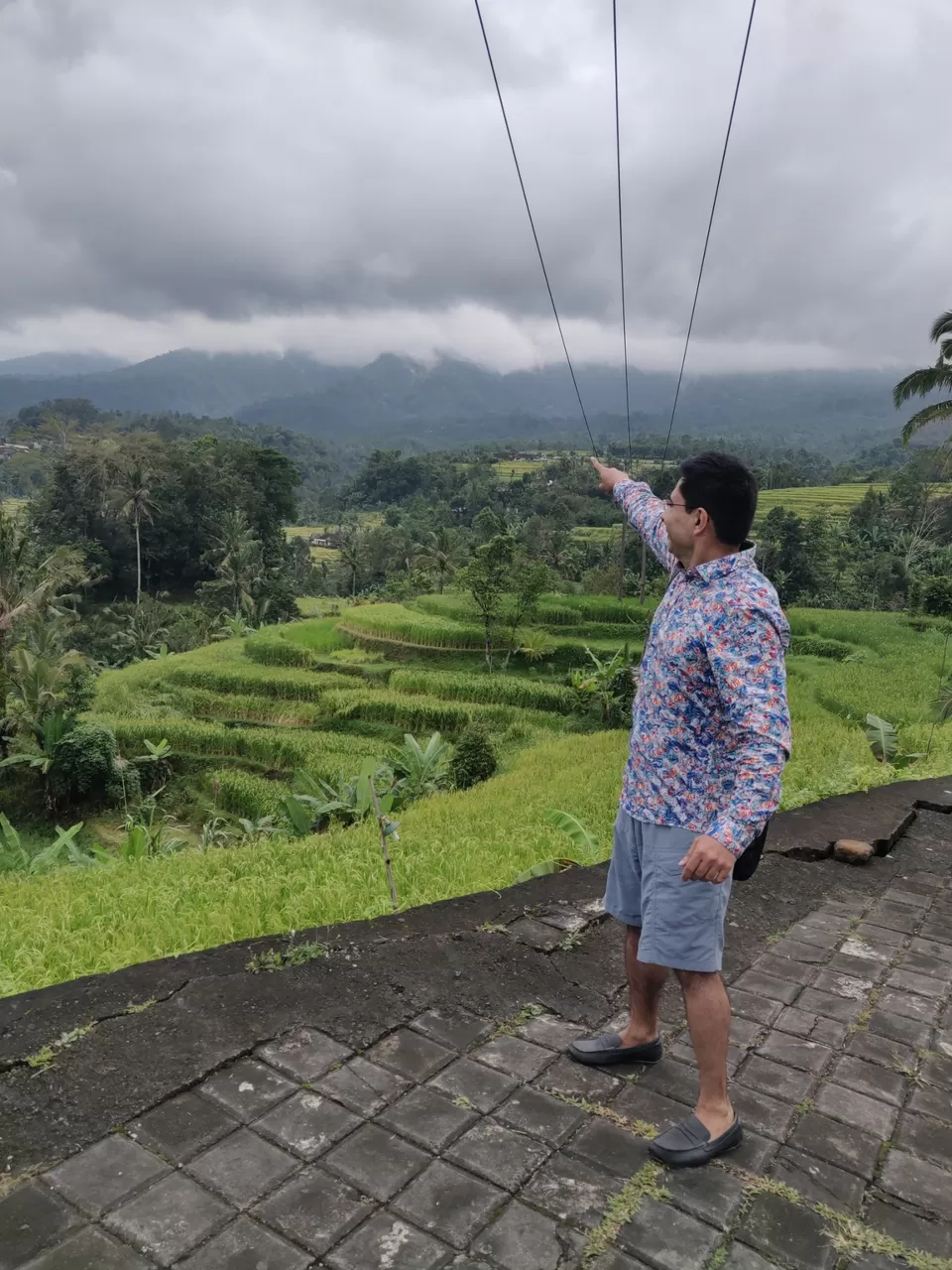
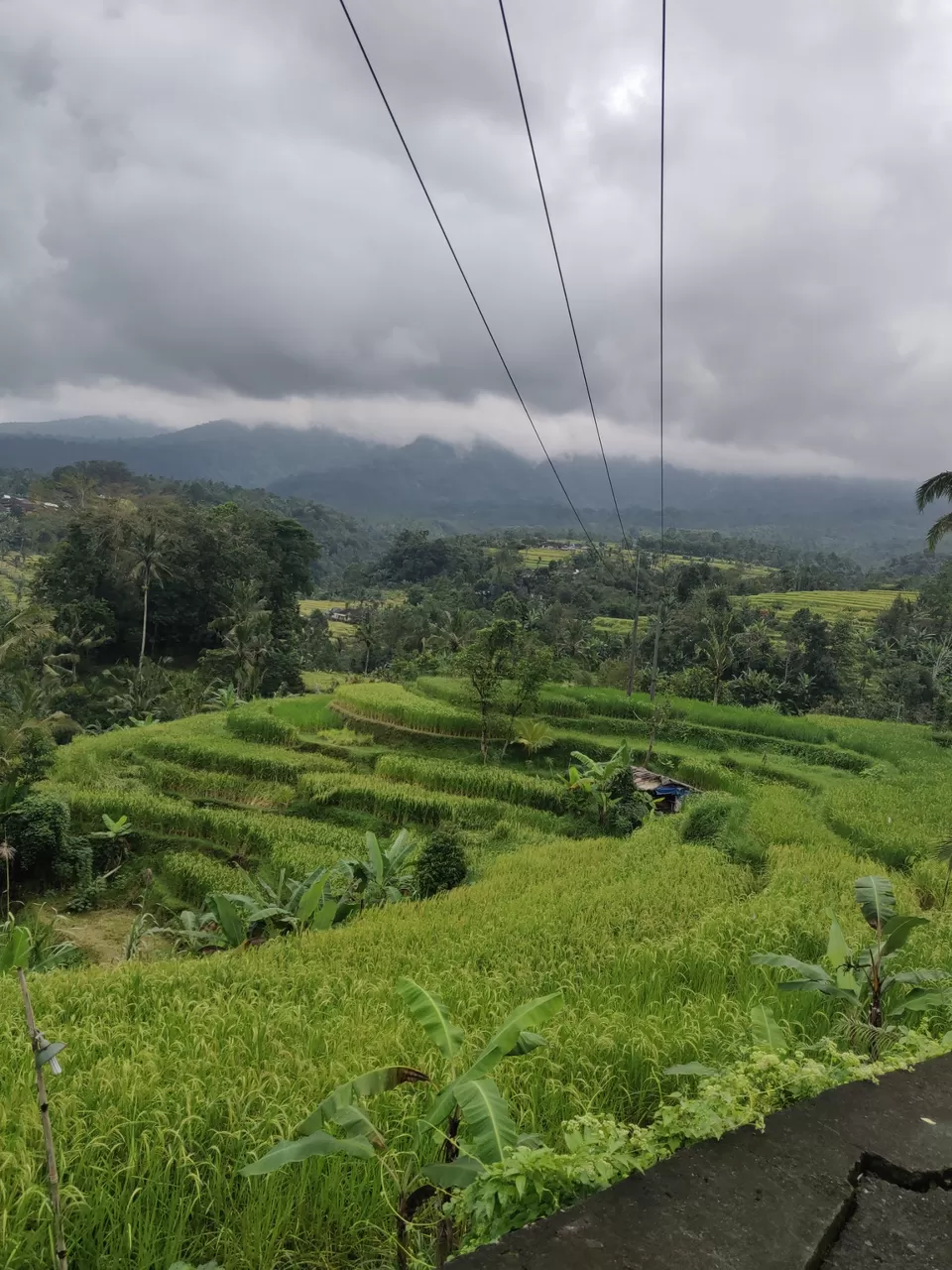

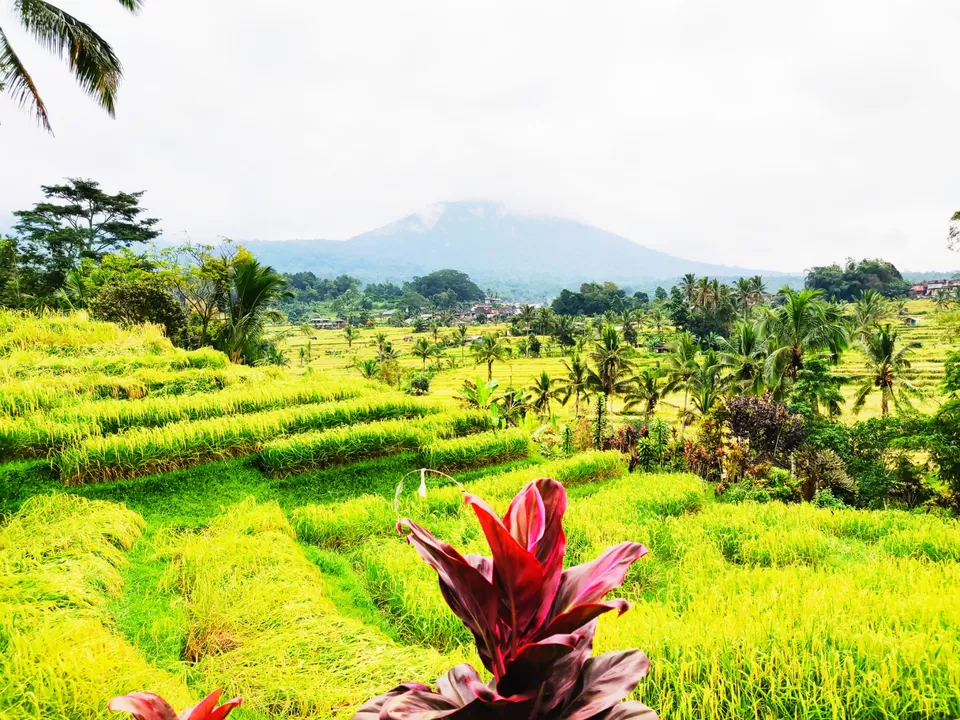
Back to India with amazing memories ❤





